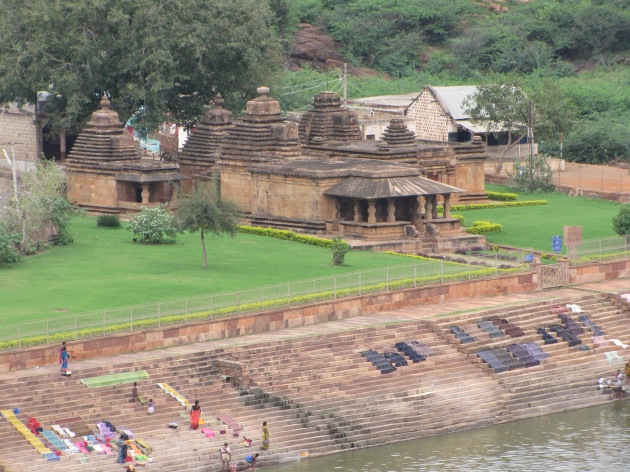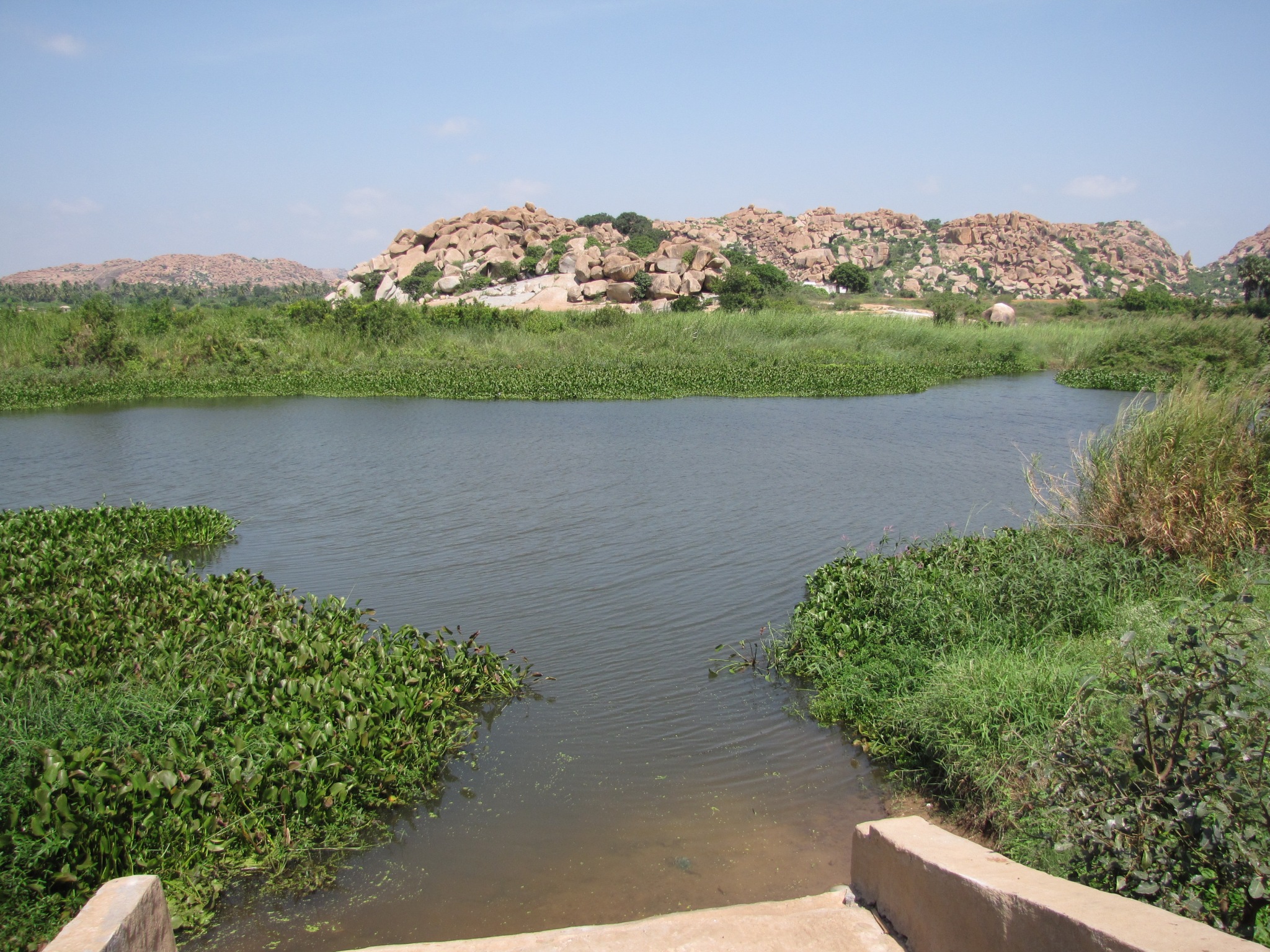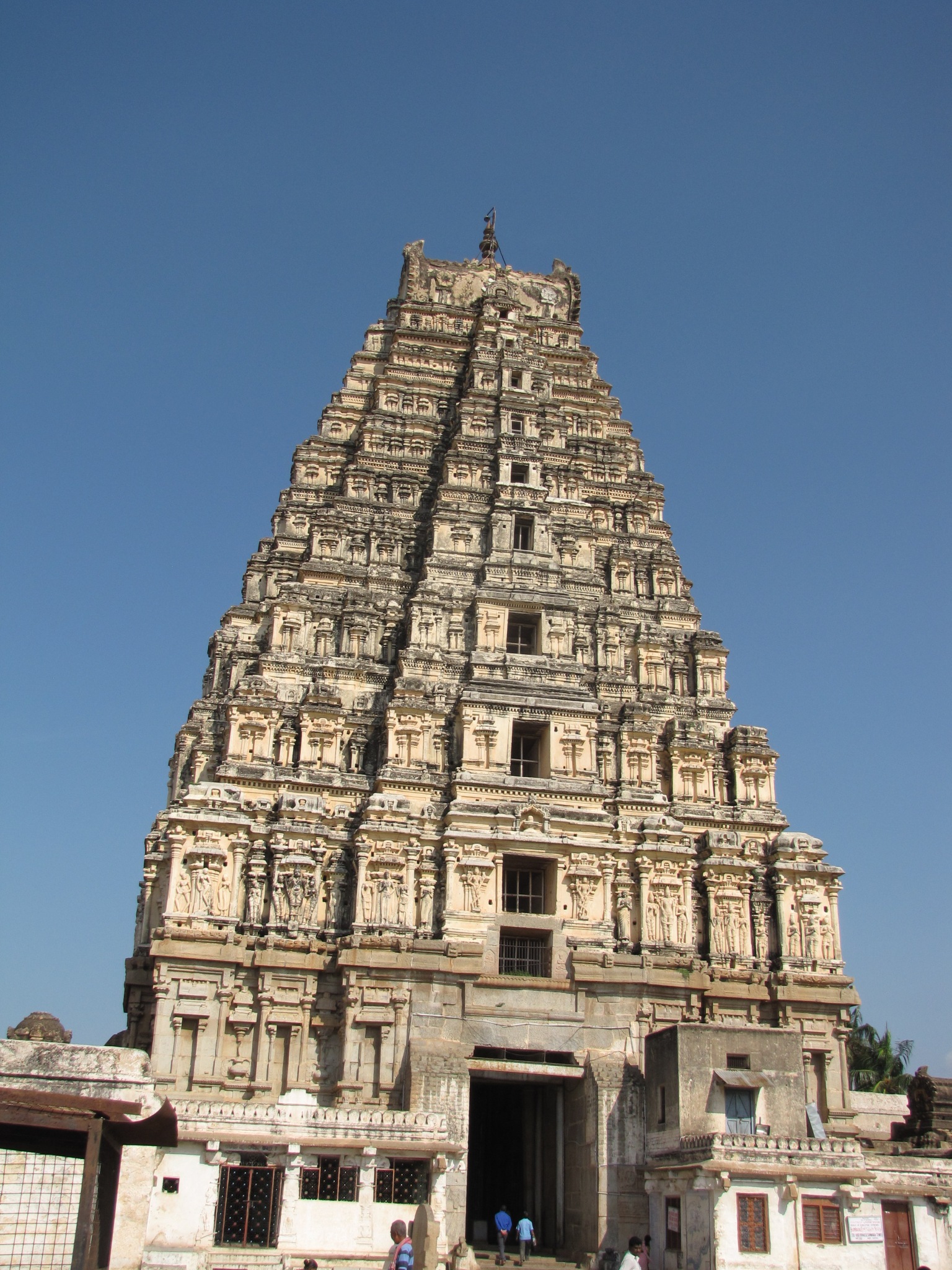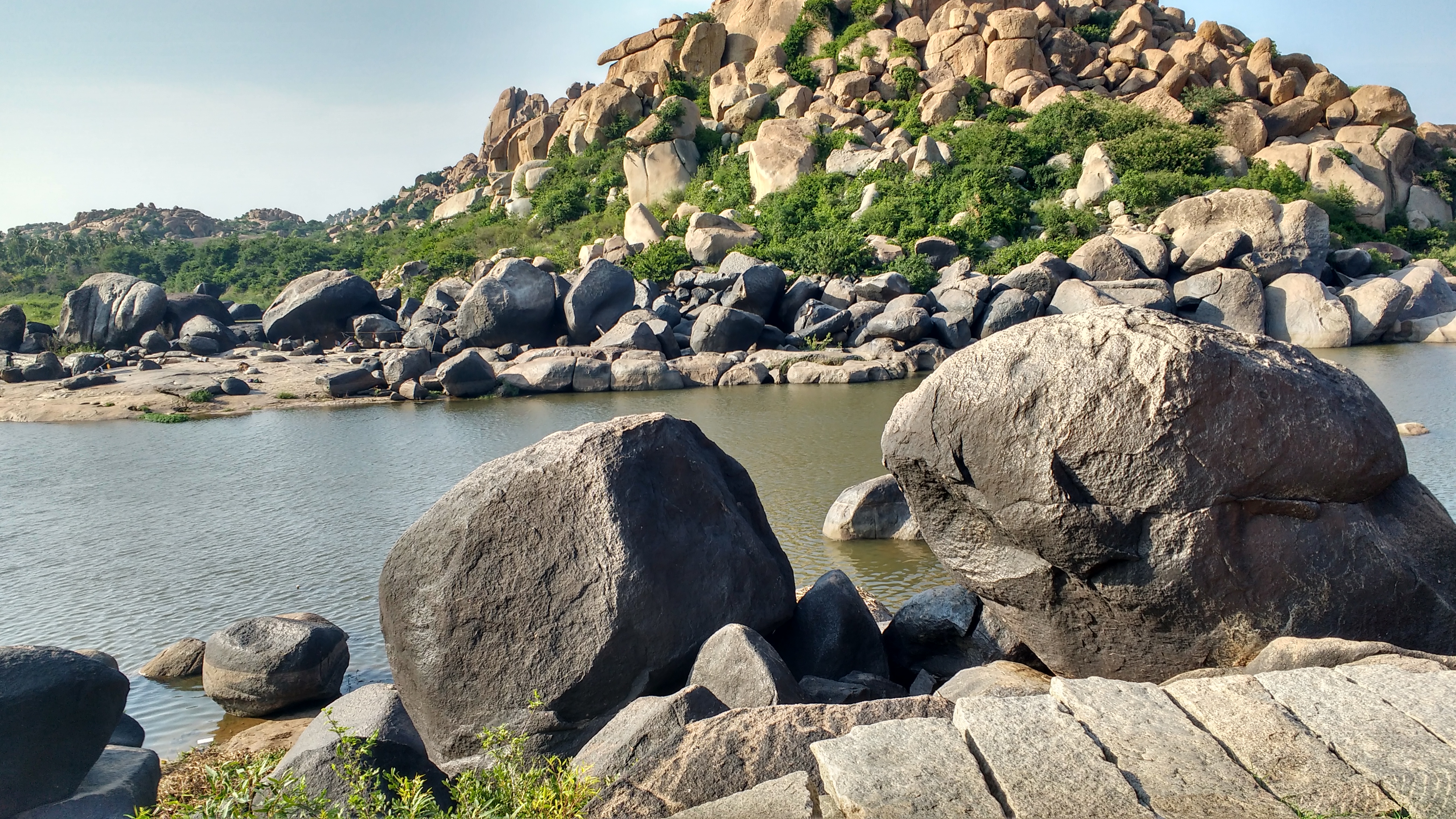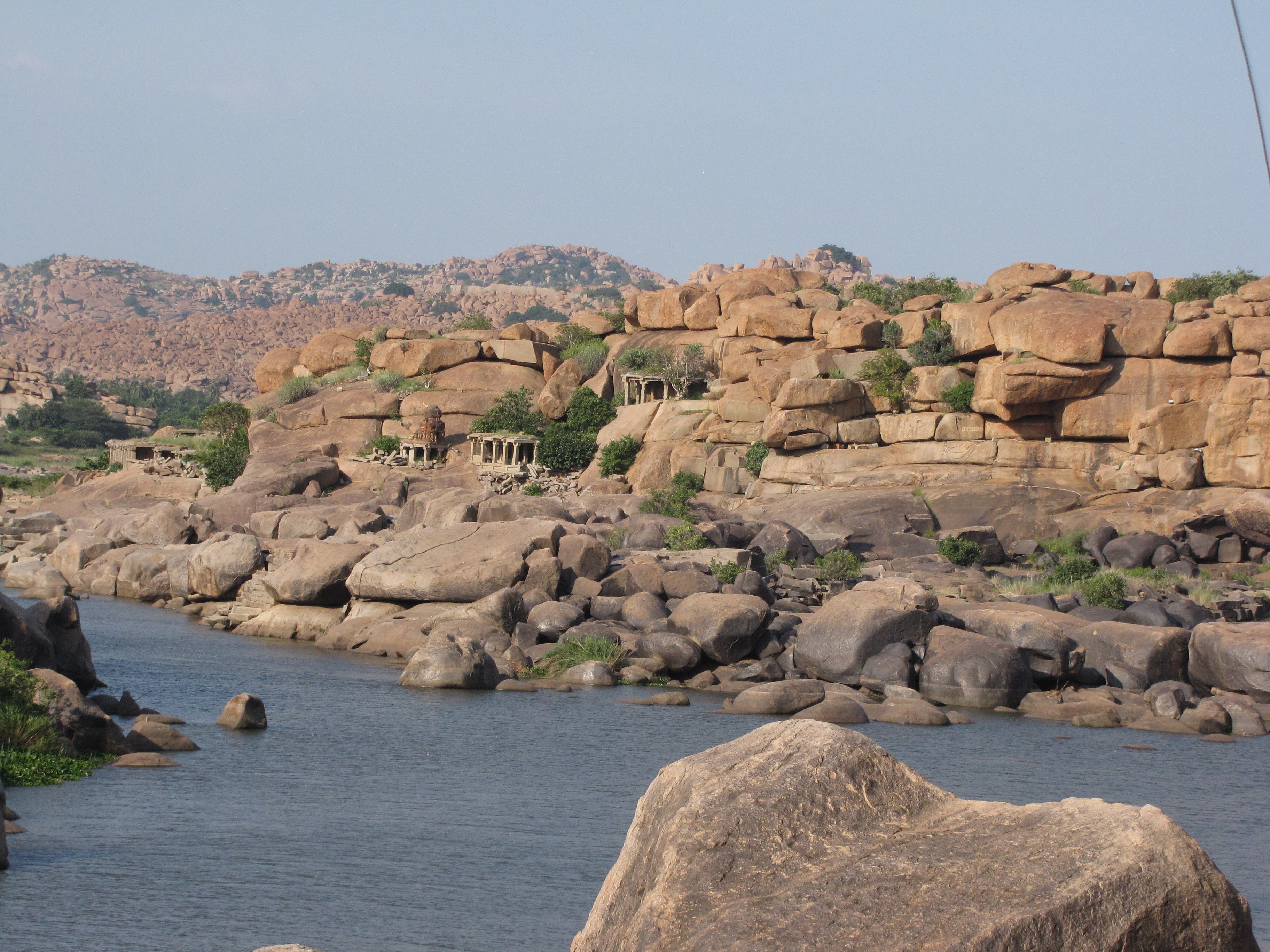The Relevance of Ananda Coomaraswamy’s philosophy
Traditionally it is held that the realm of metaphysics is distinctly an empirical realization where manifests the knowledge of the ultimate truth by practicing a life in contemplation away from the vagaries of worldly bindings. While the rishis of yore meditated in the Aranyas and dwelt a life in penance and contemplation, the gruhasta practiced a life of truth and morals in his daily rites and routine, the pupil in Brahmacharya was imparted the required knowledge to pursue the path of Dharma and Moksha that readied him to seek truth. Thus, the pursuit of knowledge phased out across the different aashramas was guided by the idea of seeking experiential truth with the end goal of liberation of the soul. Such an approach enabled the individual to progress gradually in learning, its application and contemplation of the meaning and purpose of life. This aided in the transition of an individual from a life of material absurdity to metaphysical reality of the existence of supernatural principles guiding the universe and the soul within.
With the belief or revelations in the makings of these universal principles there was more emphasis laid on the pursuit and practice of Dharma as a path to Moksha. It was perhaps this metaphysical approach of adopting righteousness or Dharma as a social code of morality in all learning and everyday transactions that acted as enablers for the building of civilizations and sustenance of traditions and philosophies. Ananda Coomaraswamy notes that there was an essential rightness attached to a traditional mode of life, whether found in Europe, Asia or elsewhere as compared with the modern secularist, progressive and tolerant liberal societies. Thus, it may be implied that the spiritual approach of the people was directly proportional to the cultural continuity, which is contradictory to the modern definition of learning and progress. Even as we talk of preserving our civilizational or cultural ethos and holistic development of the mind, body, and soul, as aspects worth imparting in our educational system, we connote the term ‘primitivity’ as something uncivilized or underdeveloped forgetting that the accumulated knowledge we have inherited was carefully passed on to us first from our primitive ancestors who took early steps towards progress when they discovered the flint stone, learnt cultivation and began a settled life that set the stage for civilization.
In our assumed privilege of modernity perhaps materialistic enumeration has become a measure of progress outweighing the progress of the mental faculty. This is due to our notion that progress in time is the same as progress in thinking without considering the fact that if there was no transmission of knowledge from that primitive stage, our story of progress would be incomplete where we had to start again all over from the scratch. Hence it is undeniable that cultural continuity has been a vital factor in shaping the turrets of modern progress and that there is no future without an objective inquiry into the past. But how can we understand the past or secure civilizational continuity when we view the past with our prejudiced notion of modern progress. In order to study the past, it becomes imperative to know the mind of its people, to study their philosophical aspects by tapping into their arts, sciences, traditions, belief systems and practices revealed in their material culture.
These are no novel observations to those already initiated on Coomaraswamy’s interdisciplinary writings that bring out the relevance of interspersion of the metaphysical alongside material aspects for cultures to function. He notes that most ancient cultures or civilizations that thrived, had the knowledge of the universal principles from which all else was derived.
While philosophical speculations inspired scientific enquiries in ancient times that were essentially the makings of the knowledge system that was in place in the society, in contemporary times, societies seem to be drawing inspiration from the modern idea of progress and look upon past traces in the present as obsolete and irrelevant. Such contradictions are possibly an outcome of a lack of consensus on a common knowledge system that echoes the spirit of our civilizational ethos. Today when traditional knowledge systems and philosophies of the past are deemed mostly as mythical, impractical and unsophisticated in the modern academia which constitutes the present-day knowledge system, it is in the wake of such prejudices on the past and our rigid inability to reconcile to the fact that we are a product of the past makings holding an abundance of seamless accumulated knowledge that has flowed down to us only to let it go, it is in this scenario that the writings of Anada Coomaraswamy become more relevant today.
Coomaraswamy saw a unity in all traditional philosophies, he drew from the traditional wisdom and spiritual literature of the eastern and western world but held the Macaulay education system as alien and industrialism as being antithetical to the human need of inspiration to work. He advocated seeking answers from numerous paths and great traditions of the world that lead to the same elevated goal of saving mankind, but detested the idea of world trade as they replaced the philosophical with a profit-making temperament, reducing true civilizations into manufacturing civilizations. He demarcated between profit and need, and condemned profit-oriented progress as a degradation of the mental faculty because profit according to him was only incidental and not the goal.
He attributed industrialism as the root cause for world wars that would continue to come. This is not to be construed as Gandhian aversion to scientific advancements as AKC himself was a minerologist who discovered two new minerals and held a doctorate in science from London University. He held on against the tides of commercial and materialistic progress because he also donned the hat of a museum keeper and knew that museums were houses of dead cultures. In their ancient remains and works of art, he saw a truth and accuracy that revealed a true civilization whose intellectual faculty he thought was far more advanced than what is perceived and practiced today. The manufacturing spree portended to take away these philosophical endeavors and convert the society into mere economies meant to be exploited. And sustaining economic competition or dominance inevitably makes military strengthening a requisite which as we witness today has the potential to create an arms race that would make non-industrial societies servile to them while eliminating civilizational societies. Hence Coomaraswamy’s apprehensions are validated on profit-based industrialism that would reduce the civilizational city into a dumping yard of material excess and exploitation.
Civilization according to AKC must be understood both in its physical and metaphysical context, he explains this by making an analogy between the bodily city and Plato’s cosmic city with the aid of semantics by juxtaposing the terms – civilization, politics, and purusa.
He infers ‘civilization’ as an expanse/city where dwells the cosmic purusa or the invisible governing principle – the omniscient immortal Self, who fills both the perishable city and the cosmic city as the only true citizen, who lives on even upon death or destruction of all else. This cosmic man who is the Lord protector AKC says, is indispensable to the life of the bodily city whose members’ task it is to perform the functions fitted to them by nature. And that this is the principle of justice for the well-being of the whole, which is established when there is an agreed common law and a single reason that rules. That makes a civilization, as one, that is inhabited by citizens that can think, organize and function as a whole with a realization that they are governed by an invisible principle that steers everything.
Modern anthropologists and archaeologists may choose to study the workings of ancient societies through study of their material remains, but the study would be incomplete if the beliefs and thoughts of a people whose past is being studied is not considered. The Sumerian and Egyptian cities had their Ziggurats or house of Gods around which were built great towns and cities. Several figurines of mother goddesses, seals and sacred motifs have been found at the Indus Valley culture sites that offer a glimpse of past workings as their thoughts are reflected in their material culture.
He goes on to say that this human city of God has civilizational traits where its members are ‘just’ as they have agreed rules on what governs them. They take up those vocations that suit their skills and interests, and endeavor passionately to perfect their operations. And in such a society where each member takes up functions as appropriate to his skills, and where every occupation is a vocational responsibility, there will be better productivity and quality of work achieved. This is a perhaps a reiteration or an echo of the varna-vyavastha model of the ancient Indian society whose well-knit social and economic benefactions and cultural unity are often lost in the din of discriminatory politics and academic dissections that render social integration as a distant dream. It is amidst such an environment of acrimonious attributions to past societies that Ananda Coomaraswamy’s rigorous writings on civilizational perspectives shine a light on the virtues of the ancient social structure whose foundations lay in the occupational integrity, perseverance for perfection and high morals of its people who despite different functions were unified by a common culture that was guided by philosophy of seeking a truth in all their actions. Such a city, he notes, is less about classes or castes and more about the four civic virtues of justice, wisdom, sobriety, or courage, as occupations are taken up as per one’s abilities. He goes on to say that it would be injustice if people take up an occupation in which they are not skilled at, due to any other temptations or if one man takes control over all functions without delegating it to others who possess the right skill, then it would ruin the city. The city in this context is the destruction of the very ethos of a civilization that is ingrained with the tenets of truth (satya) and cosmic order (rta) in which the modern constructs such as positive discrimination is incompatible with cultural continuity. Thus, a society bereft of its ethical codes and natural justice, whether due to deviant adoption of an inadequate knowledge system or due to political makings for power and hegemony or for economic greed, the farther we go from traditional knowledge systems and philosophy, the nearer we move to our cultural destruction.
But what constitutes an ideal society or culture and is it even viable to establish such a society in the current melee of material progress?
Coomaraswamy quotes Plato’s ideal city or society as a cooperative workshop where production is for use and not for profit. He speaks of sustenance of local culture, home industry, handicrafts and agriculture and stresses on the importance of meeting the needs of the people rather than their wants. He held the modern advocacy of economic determinism and industrialism as factors that destroy civilizations. He did not constrict his thinking within the boundaries of the western ‘isms’ and rejected wholly the branding of societies either into communistic or capitalistic confines which had become a popular outlook of academicians of the 20th century. But Coomaraswamy was ahead of his times and resounded resiliently through his innumerable writings that societies had to base itself on their indigenous traditional philosophies. His own thoughts were based firmly on the Indian philosophy of performing one’s duties for the welfare of the world without expecting any rewards. He indorsed traditional philosophy as a pillar for building integrated societies towards civilizational continuity and rejected the socio-economic theory of economic determinism as a yardstick to measure the social relationships in a society as he held that such theories are incomplete as it cannot ascertain the mental faculty of a people. And what purpose does the application of an academic theory serve if its intent lays not in strengthening the integration of a society but in its separateness which would eventually create conflicts leading to the collapse of the society. Capitalistic societies or industrialism according to him would lead to a mad race for manufacturing and economic competition that was not viable for the continuity of civilization or culture. He believed in progress for the use of humankind rather than progress aimed at profit making, as he deemed that commercial manufacturing would leave the city bereft of inspired artists making art an unimaginative labor. The artist in this context here is not limited to those producing only tangible forms of artworks, for even governance of the city, as Coomaraswamy notes is an art when guided by truth. Art, as he puts it, is an intellectual virtue to make things with a perfection in all that we pursue, and that this perfection requires an inspiration derived from the divine workings within oneself. This divinity within is achieved by the realization of the existence of that invisible power that governs and controls us all.
To the question as to how much of AKC’s philosophy is practical in the chaos of the modern material progress, in the question lays the answer that the inspiration to perform and perfect to appeal to the soul and society for the benefit of all mankind is only possible through a guidance or education that is rooted in the traditional philosophy of seeking a spiritual reality as against a philosophy of profit-making through conflict creation. Profit or earning is incidental in the process of creation to sustain life but when it becomes the end goal, the path to knowledge and the flow of culture dries up.
To counter the current world order of unsparing economic competition and scientific advancement by adhering to traditional philosophies of truth and morals is an unthinkably uphill task, as ancient philosophies are cast aside as rhetoric reserved for the moral science classes or an arduous path meant for the monk to be pursued in solitude. It is in the context of these dilemmas that sound a dead end, that the ideals of Coomaraswamy pitches in with his perspective that –
no city can be happy unless its outlines have been drawn by its draughtsman making use of divine pattern with a genuine love of true philosophy.
So, we may conclude that an ideal city or society is only possible when it is constituted of an ideal people with an ideal philosophy and order. In the modern scenario the practice of traditional idealism may be counterproductive if the modern intellectual deviance is not straightened and set forth in the orbit of traditional justice. Until then cultural continuity can be made possible only by its practice as a daily rite in all walks of our life. This would bring forth the truth that all that has descended to us as AKC notes is from what was achieved by the primitive people who have effectively communicated and continue to do so, to those who earnestly listen.
By Mayura Rao


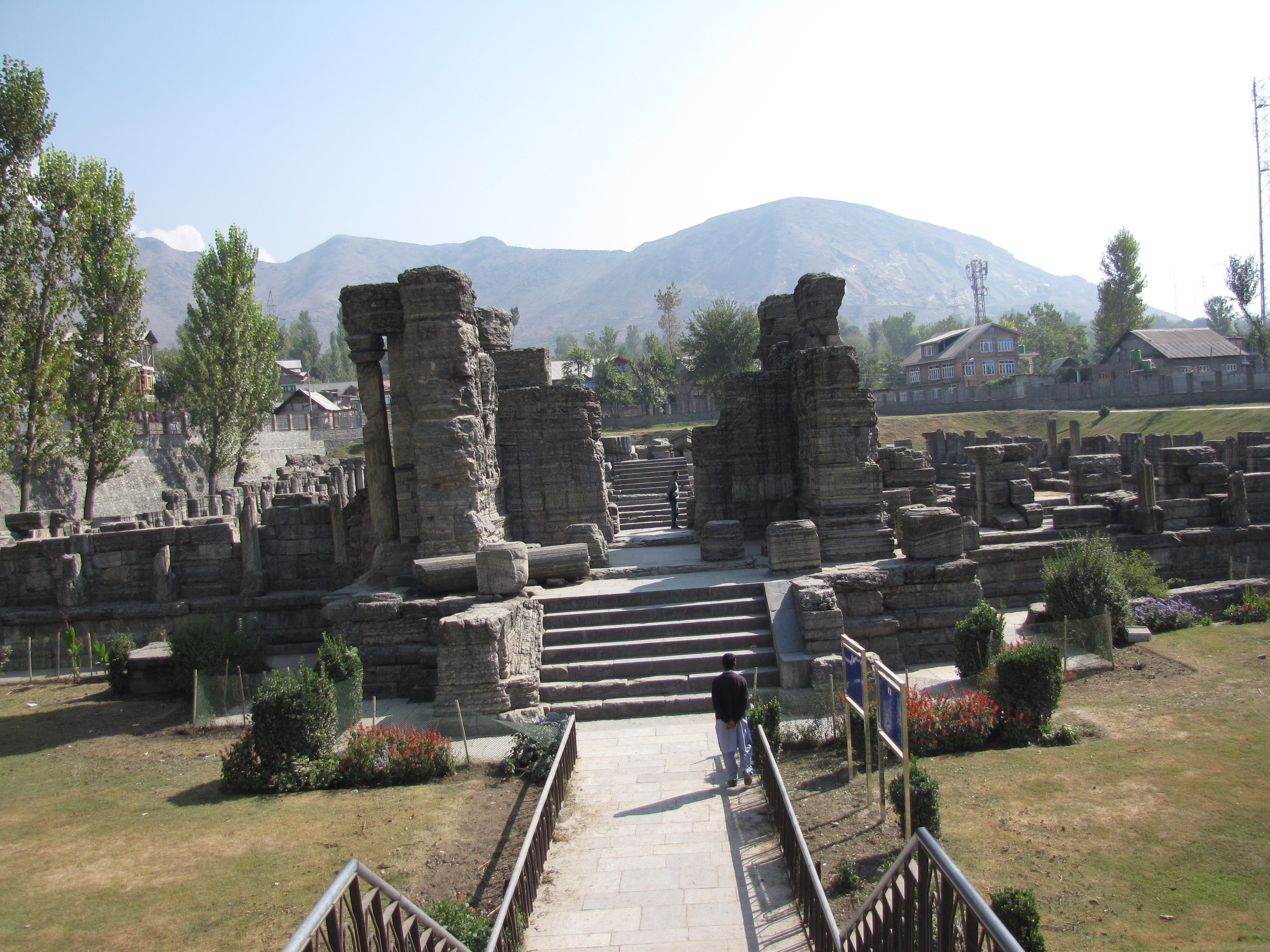

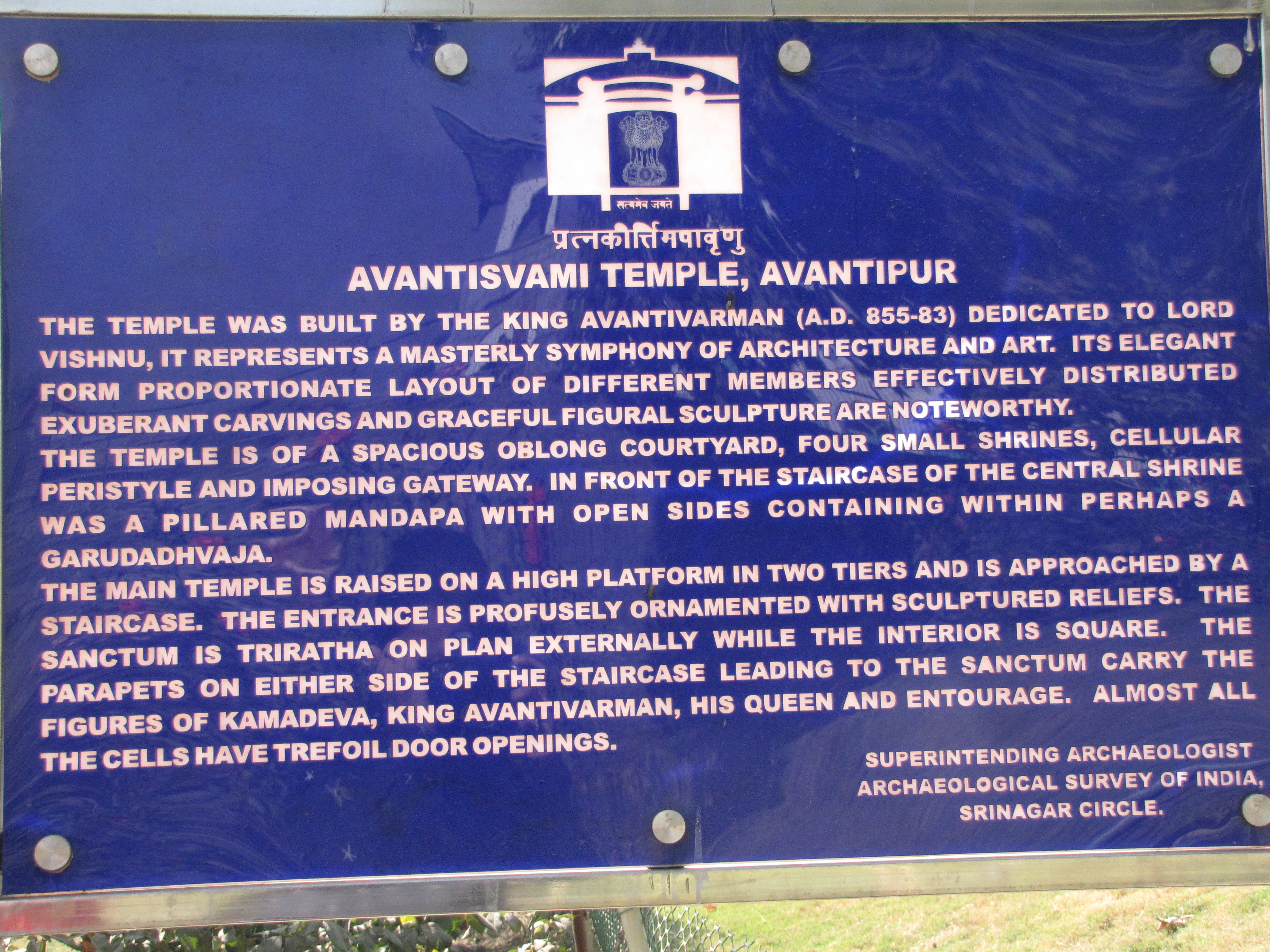
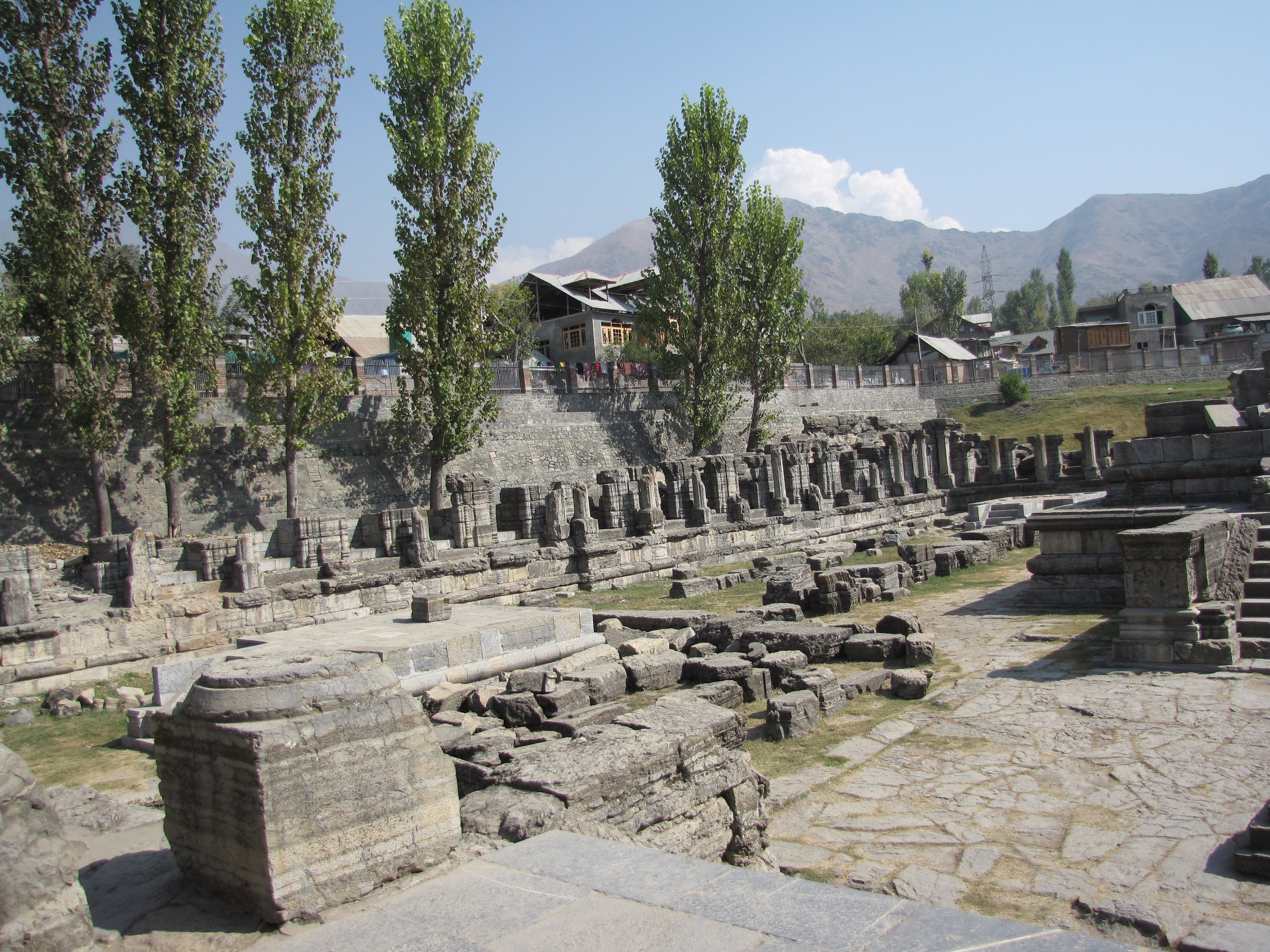



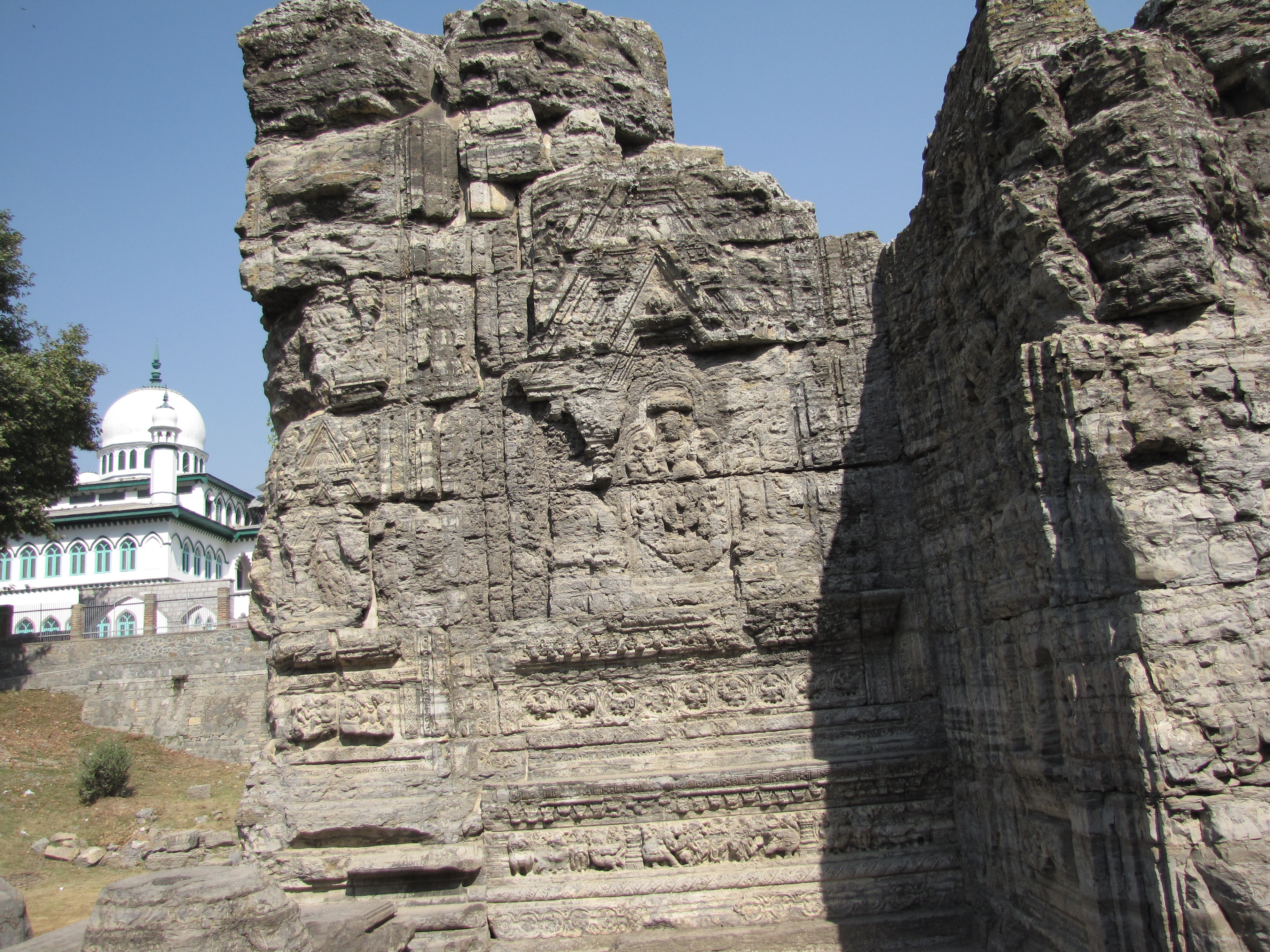
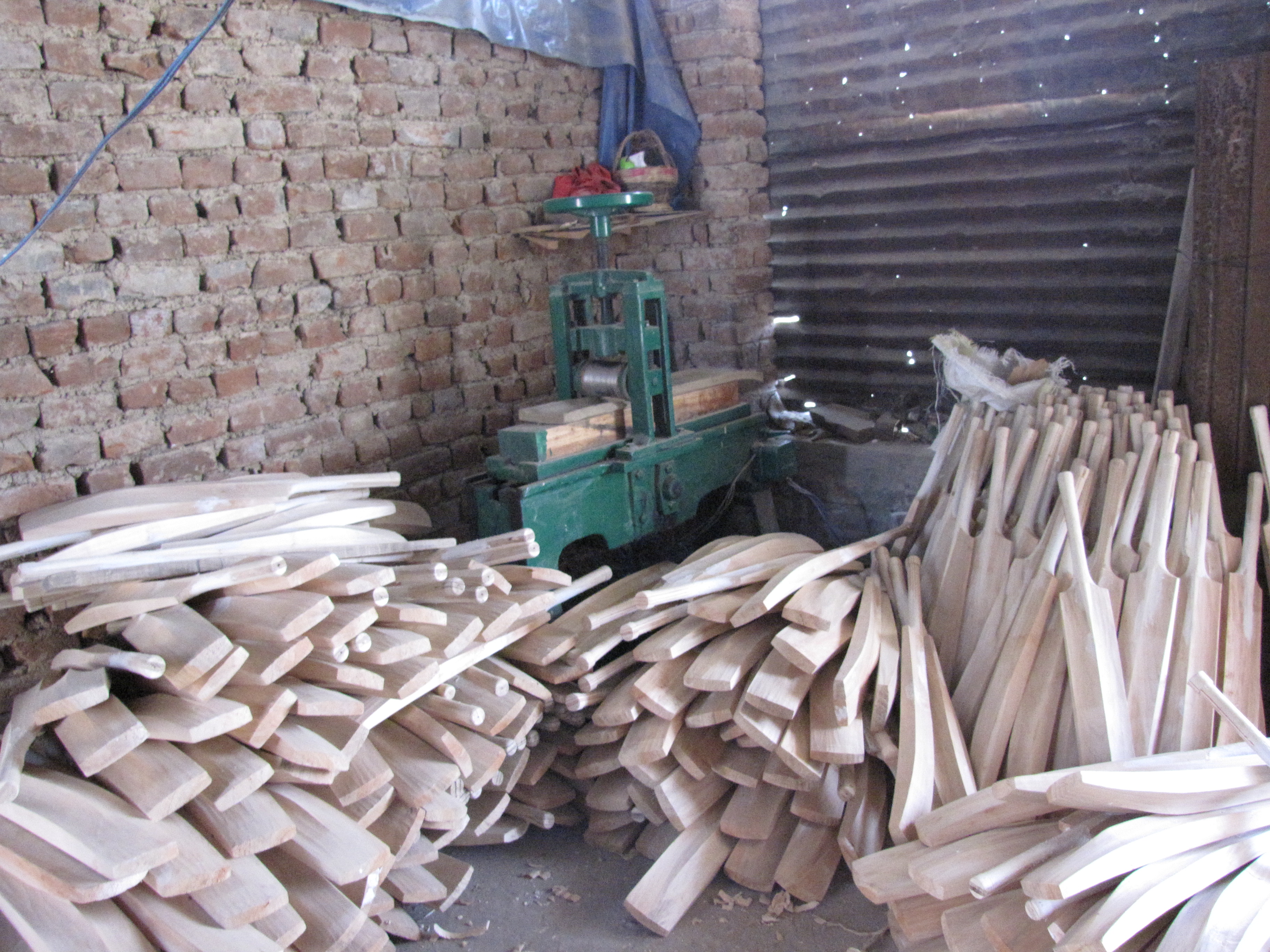
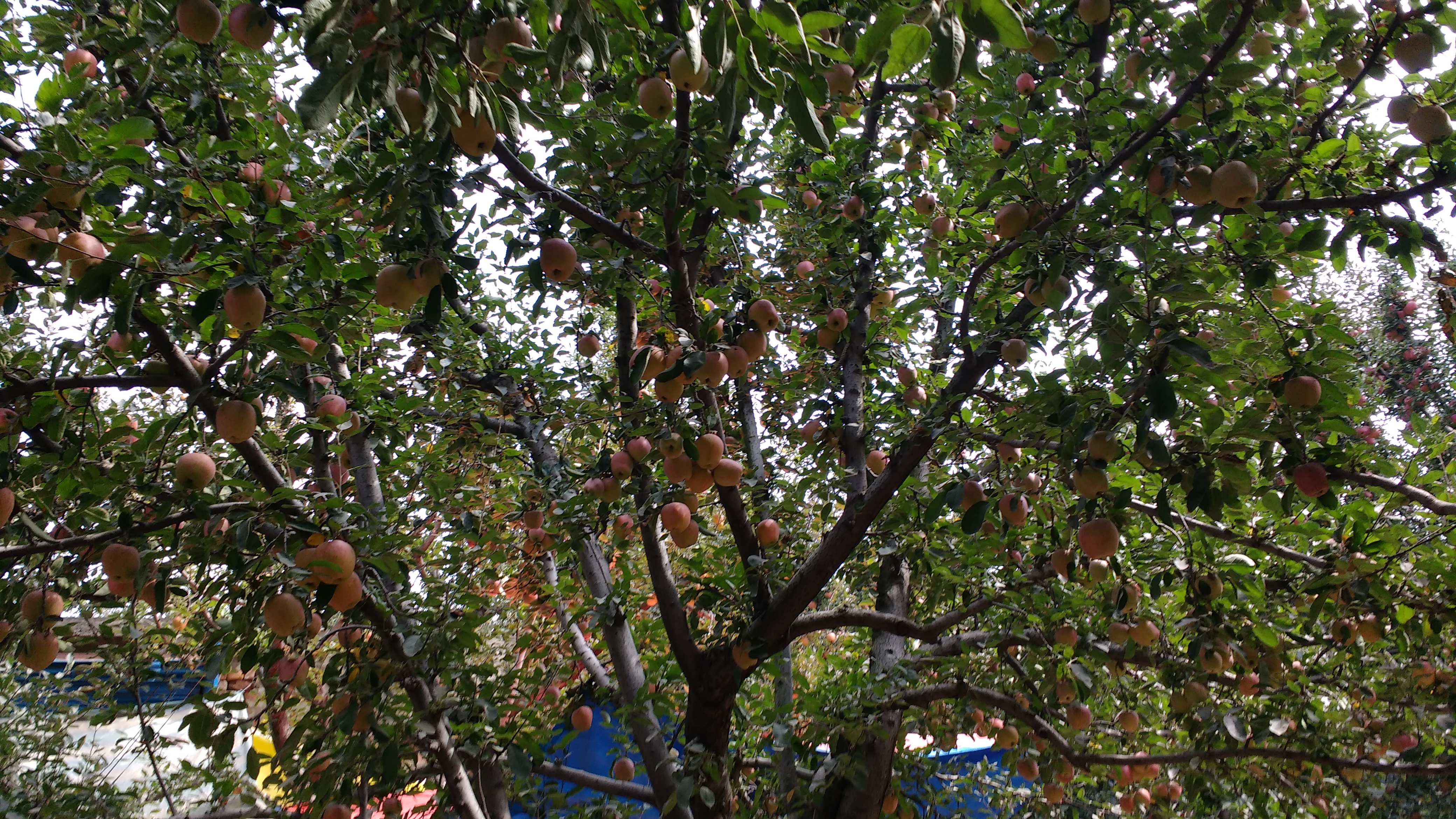







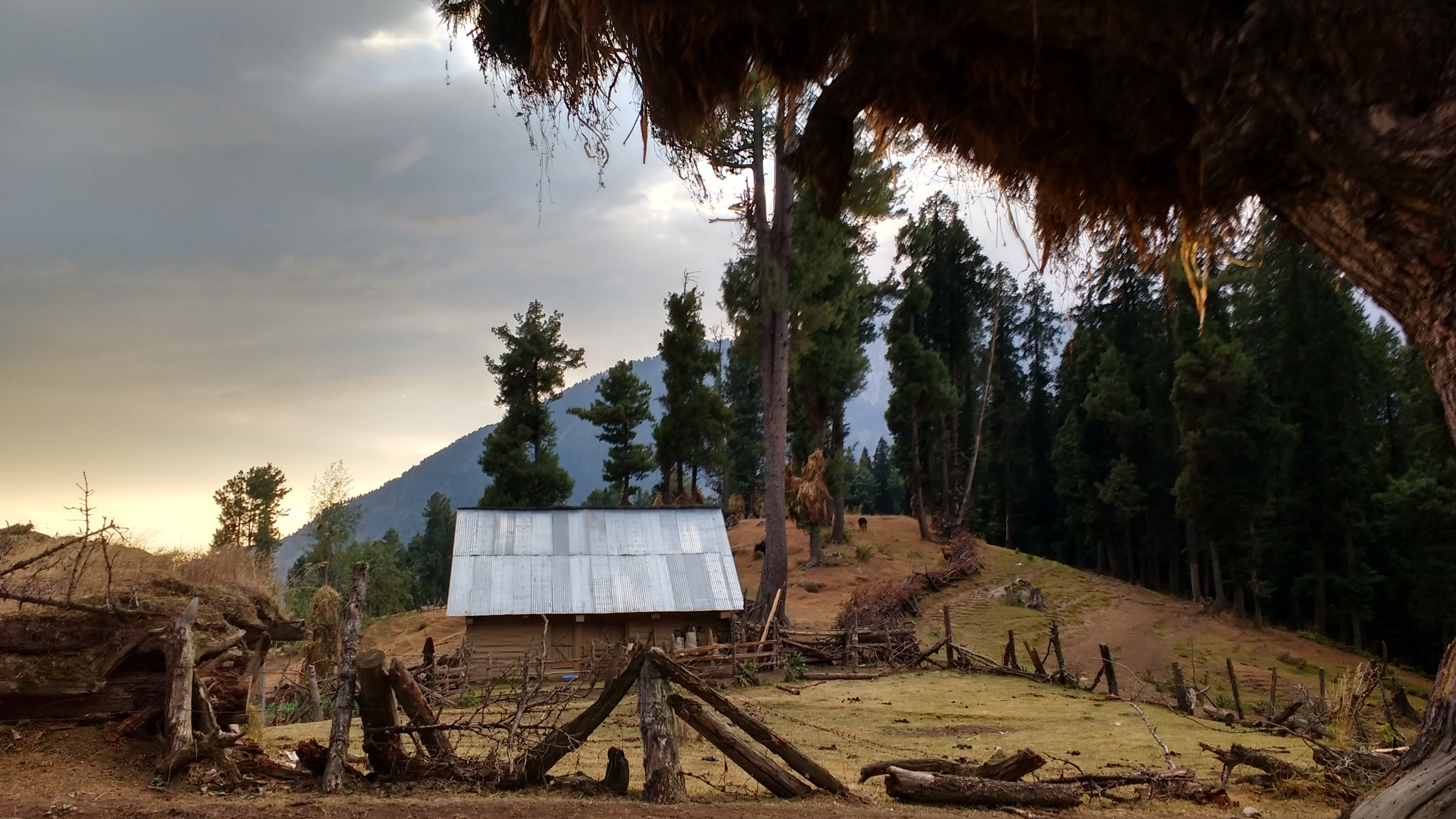

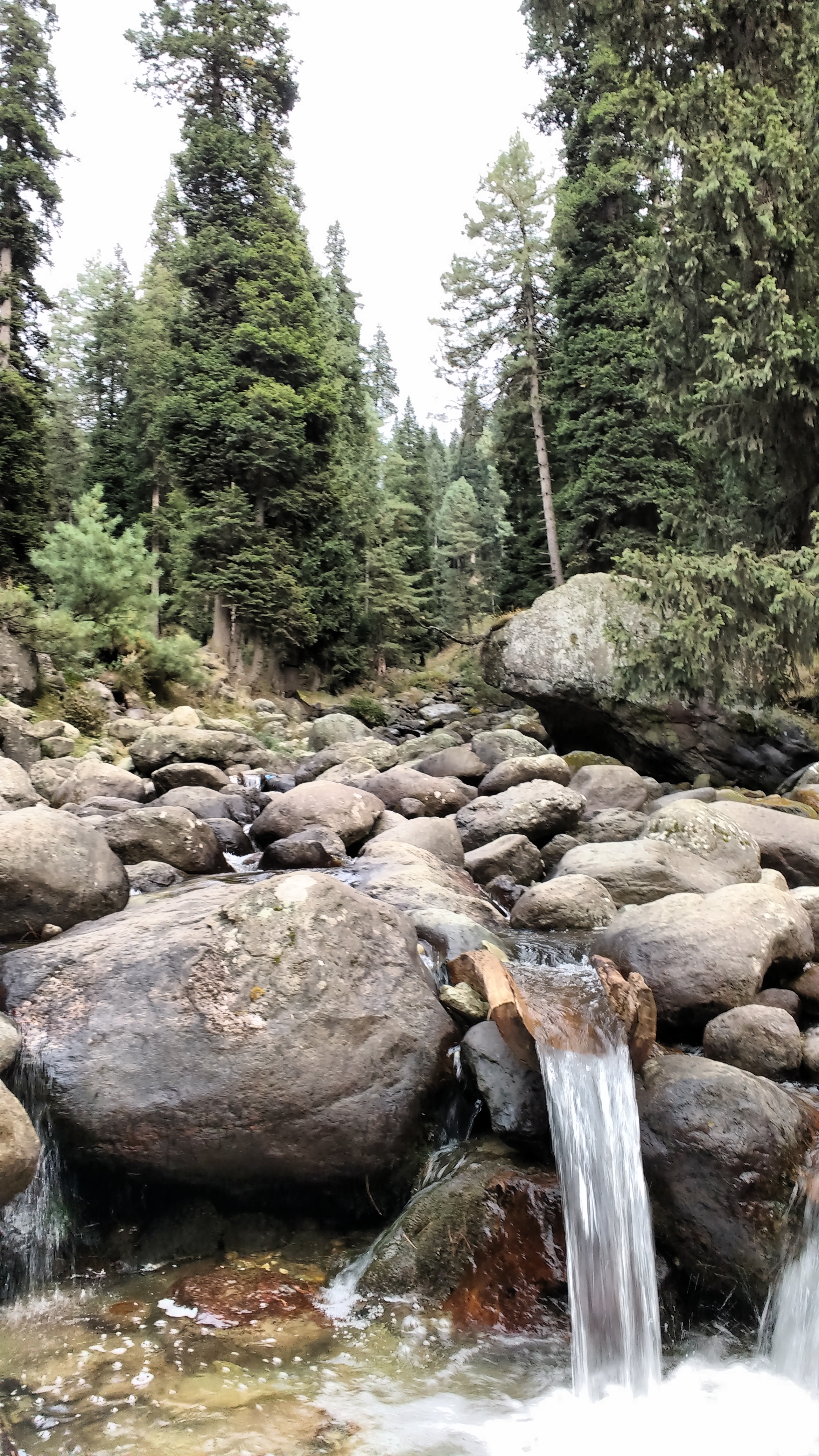


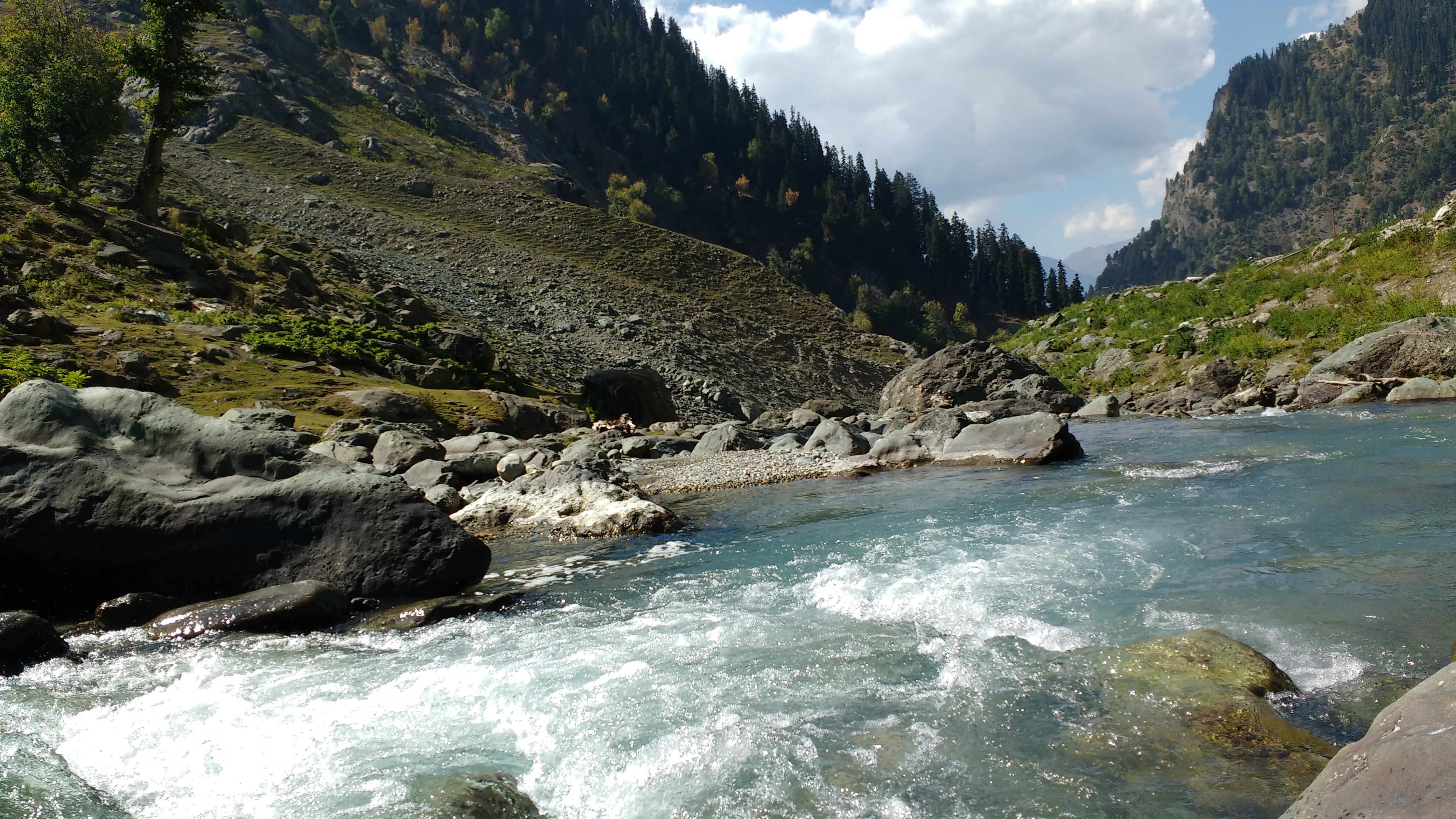
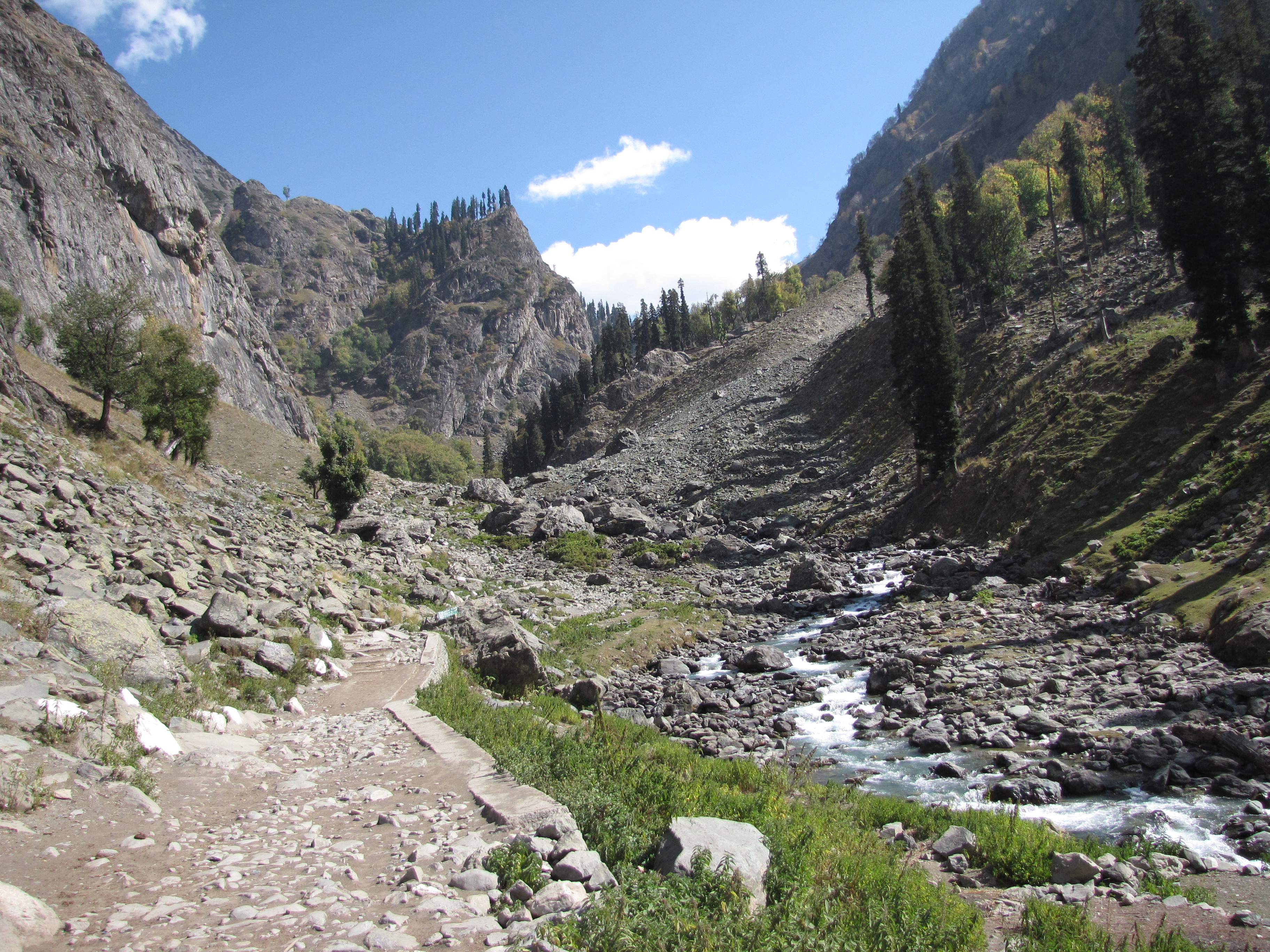
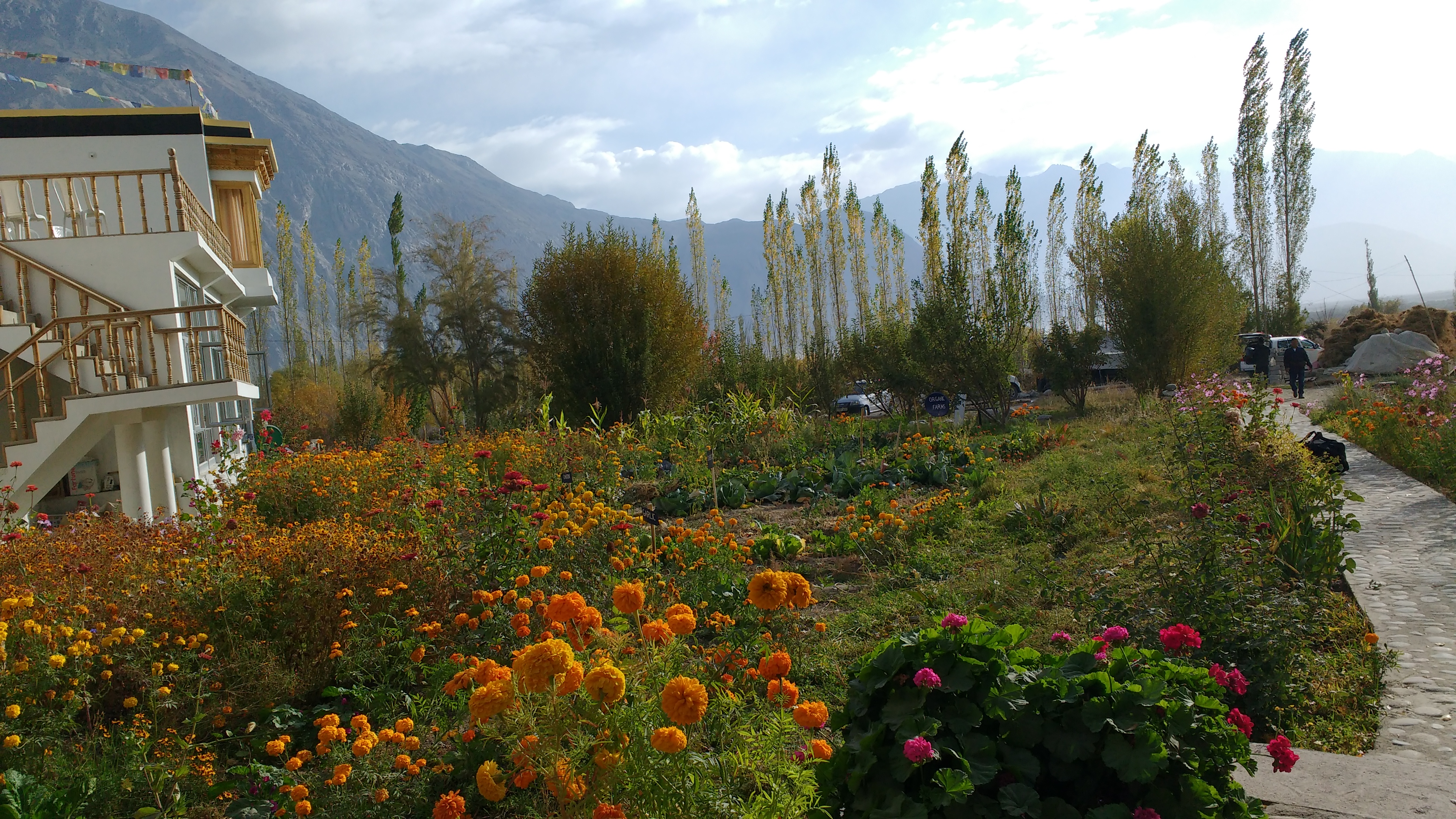


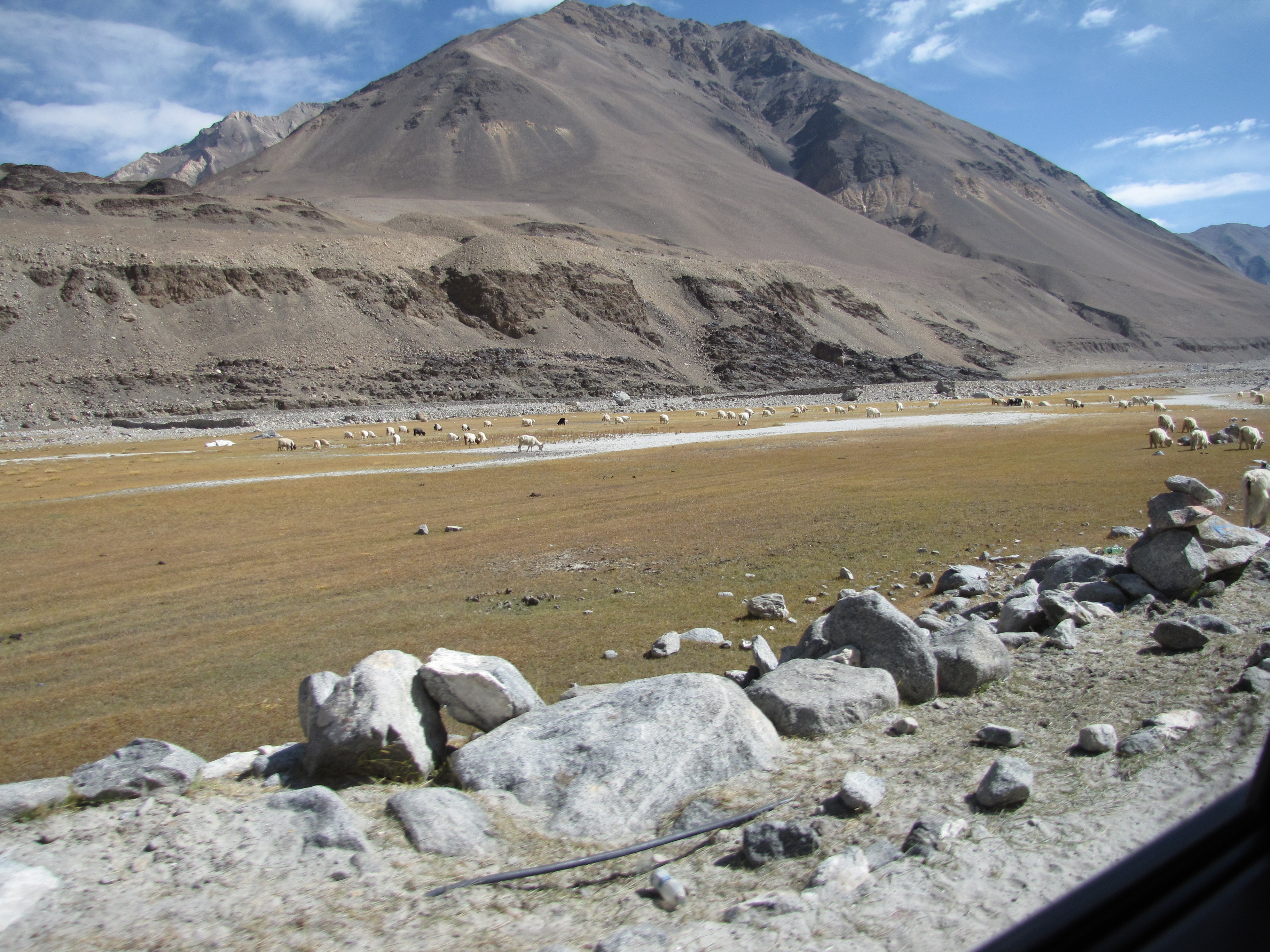


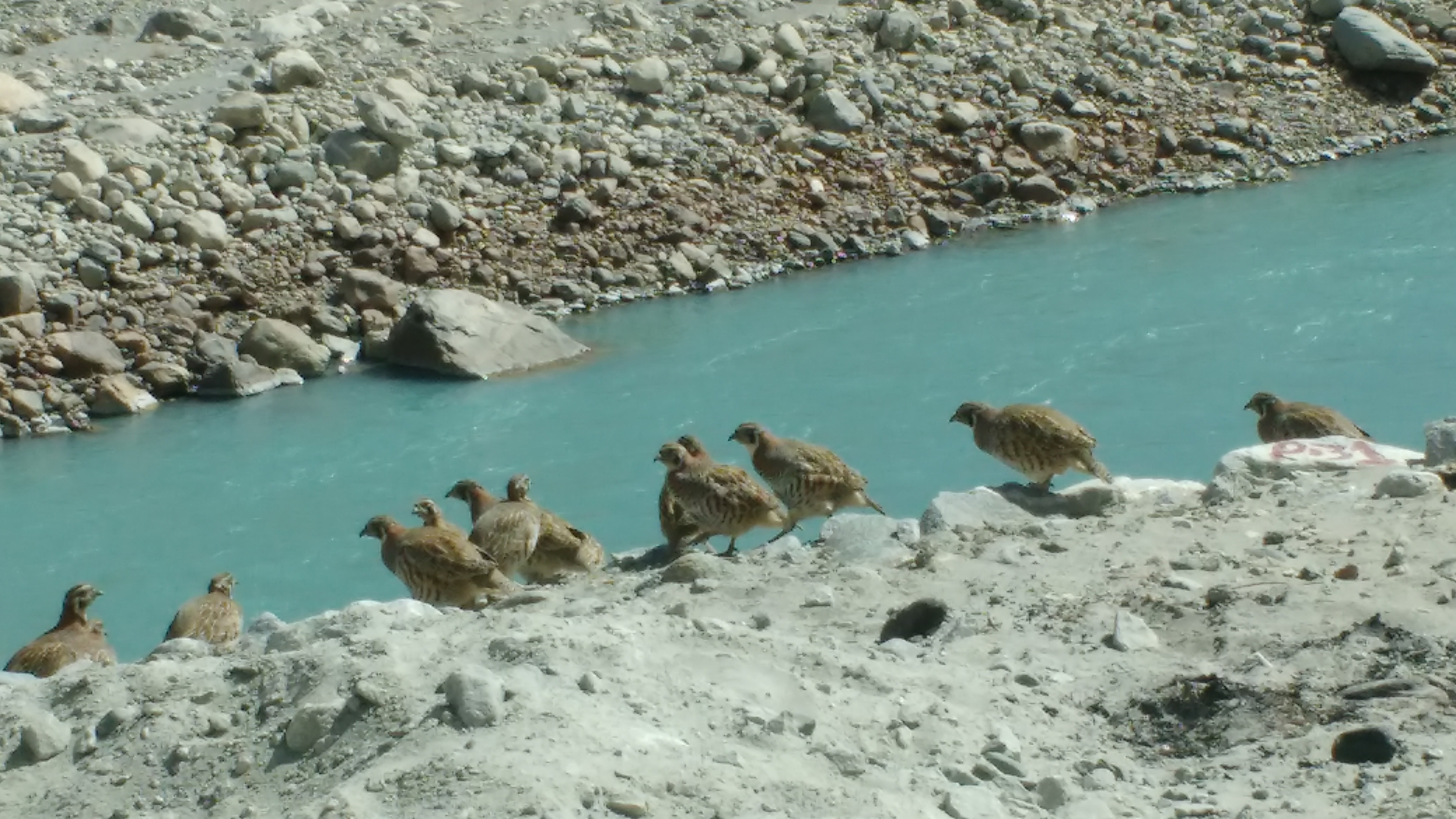
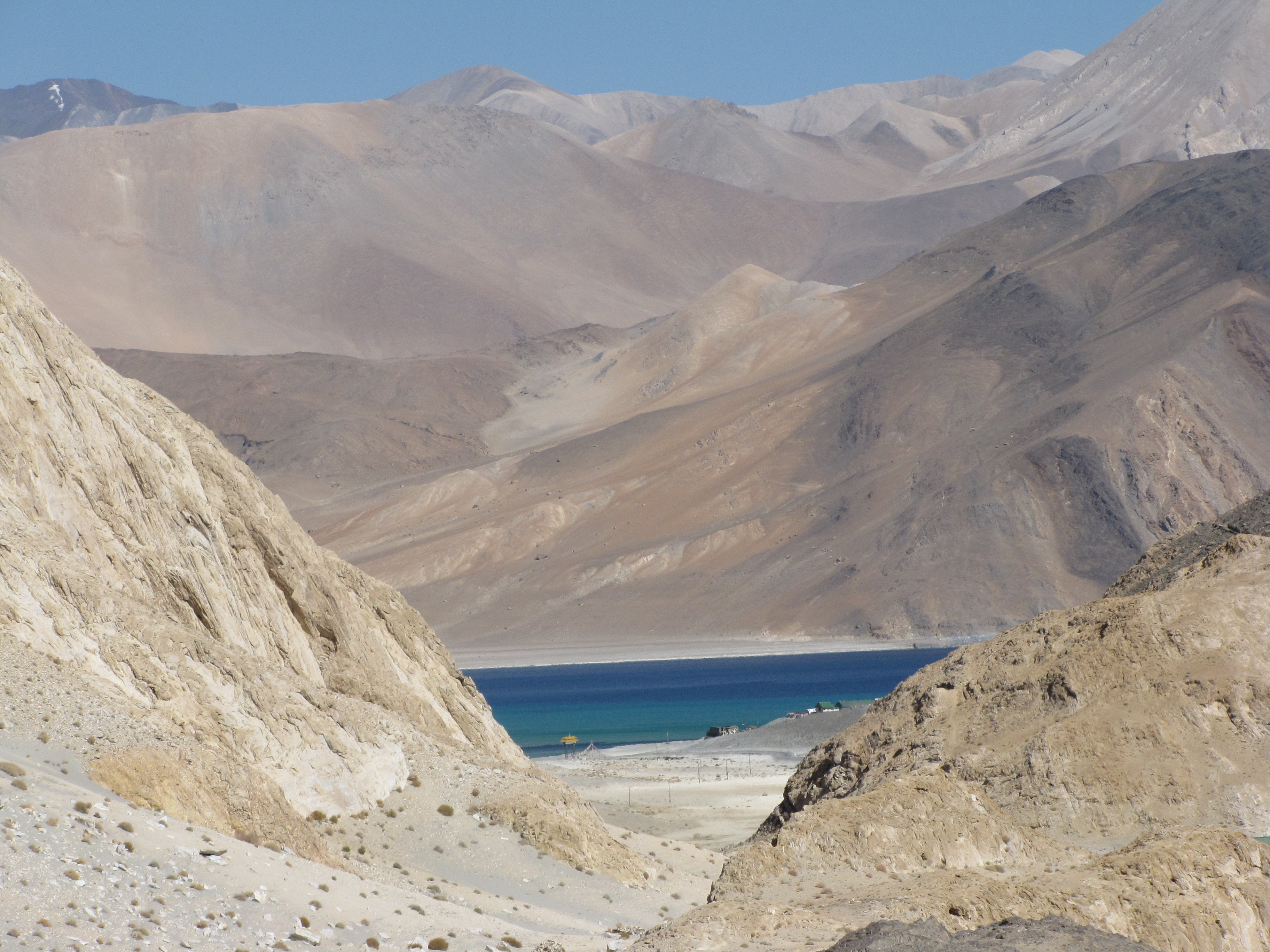

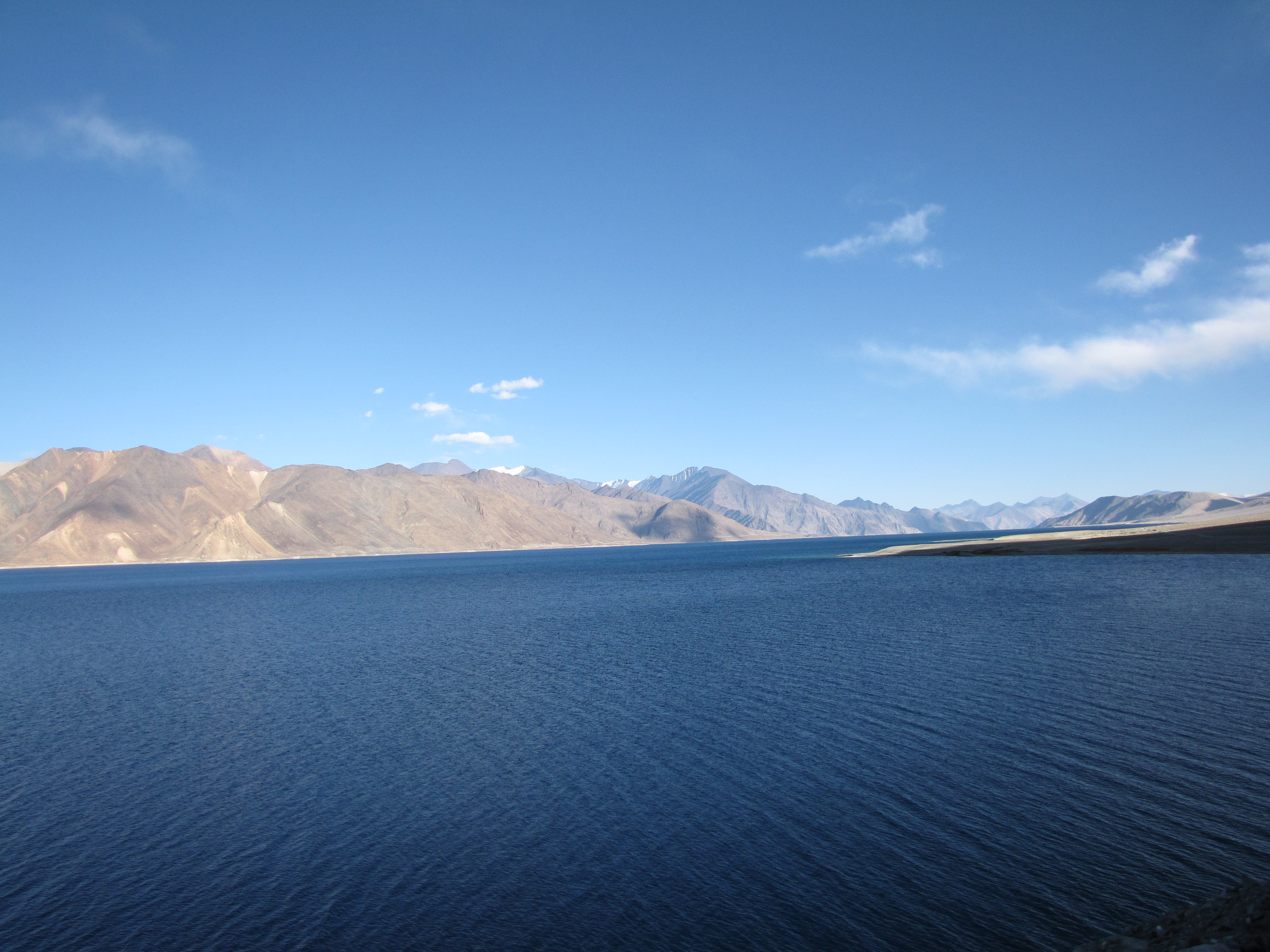


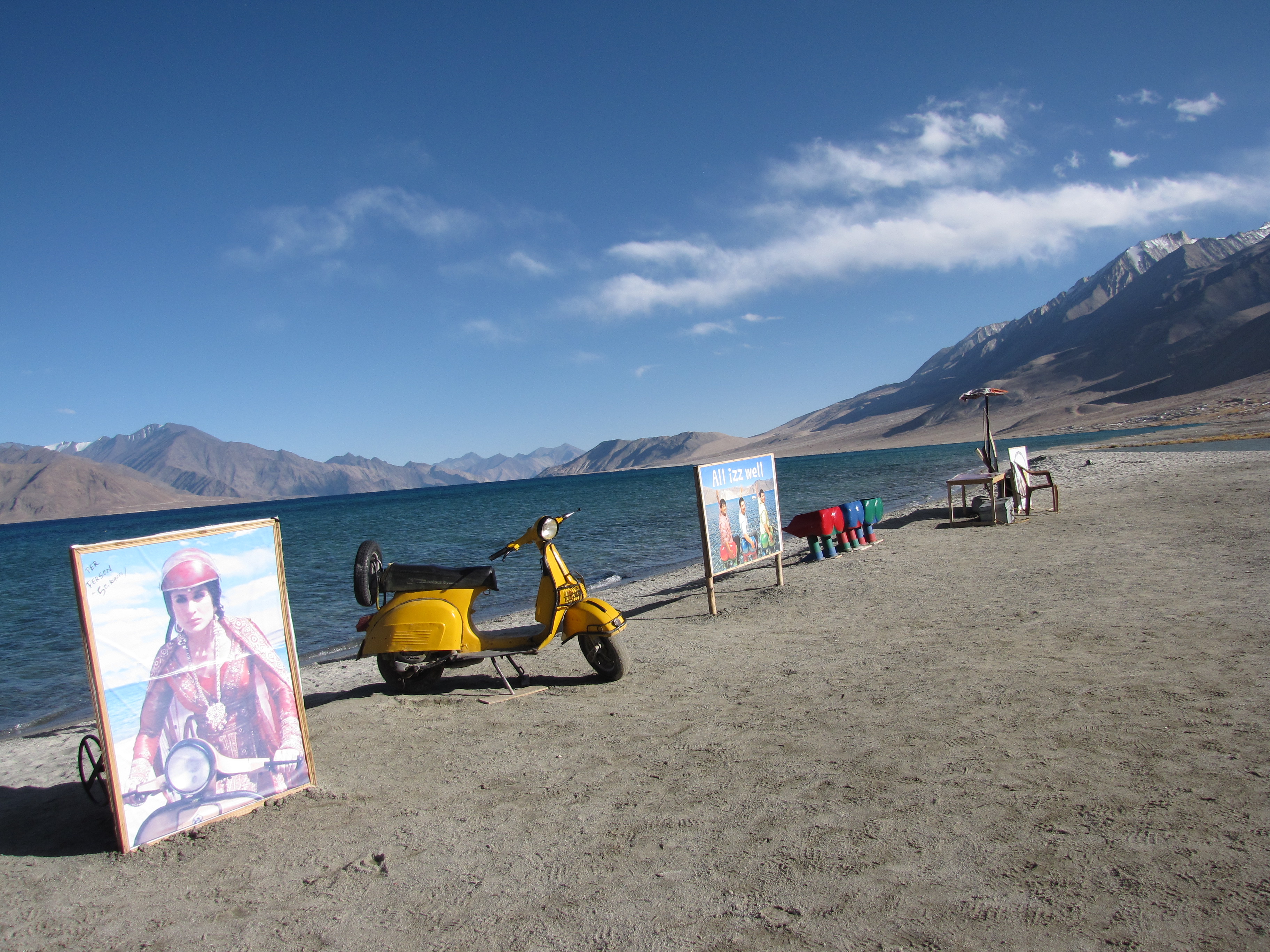
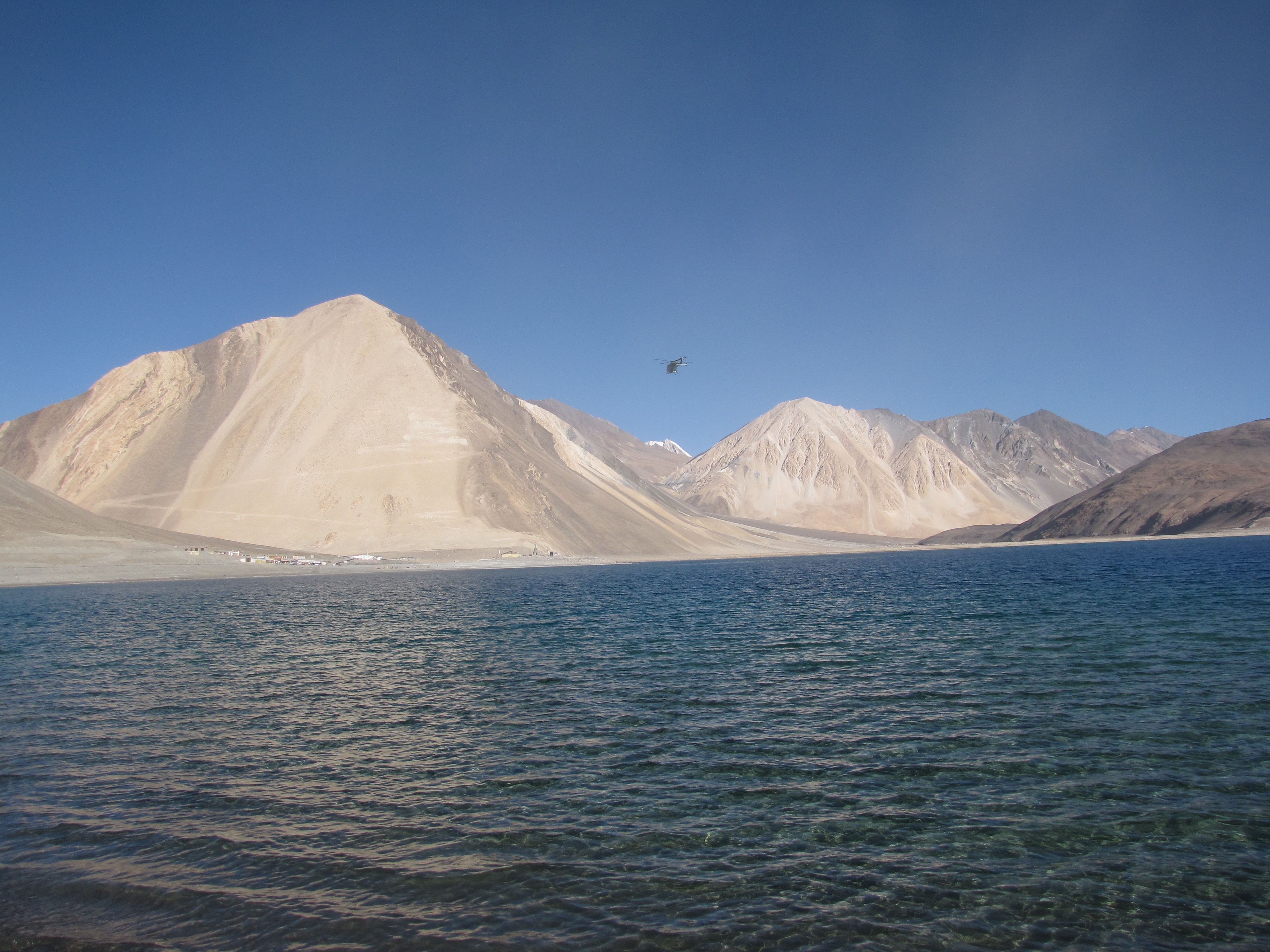
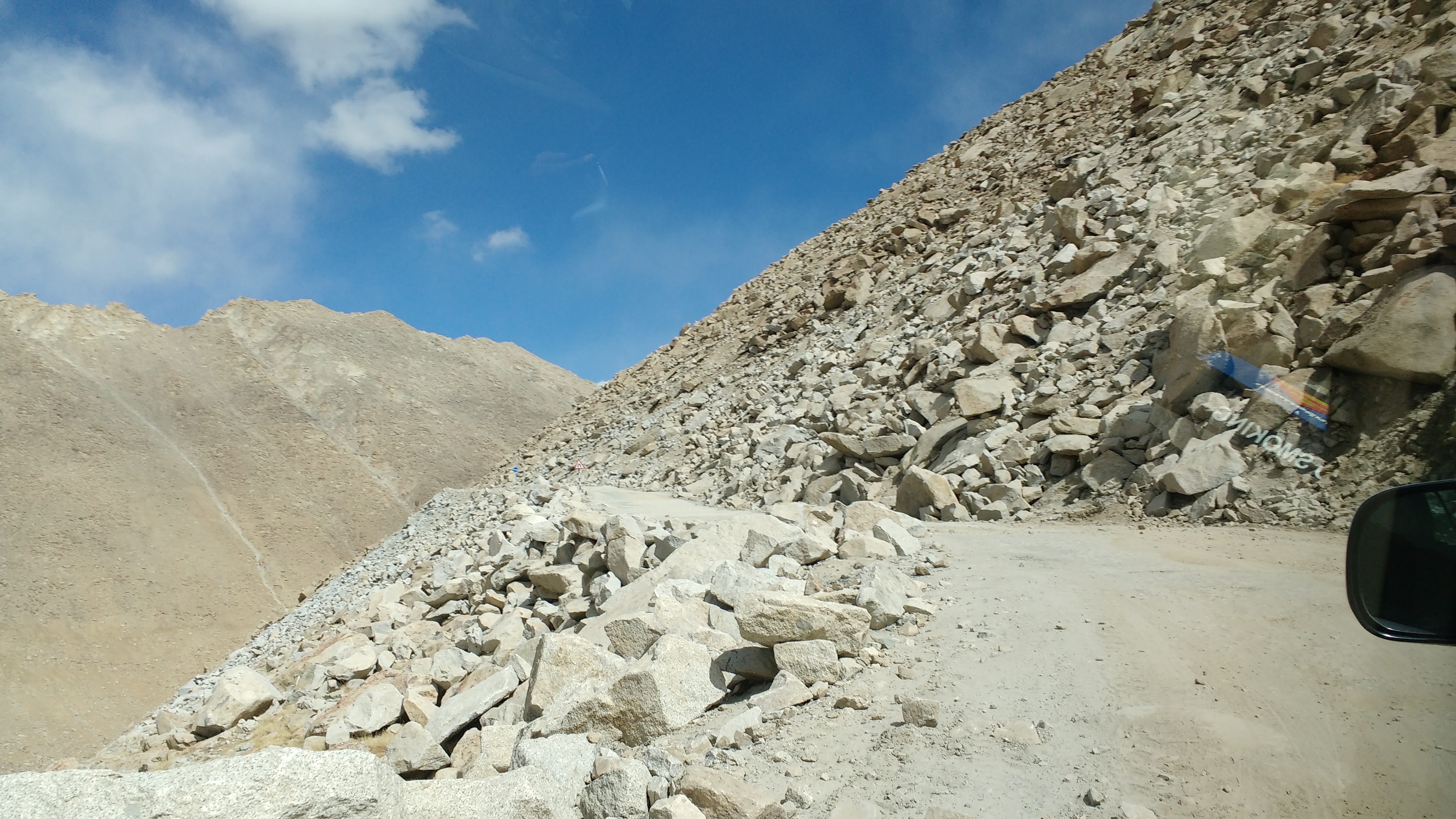
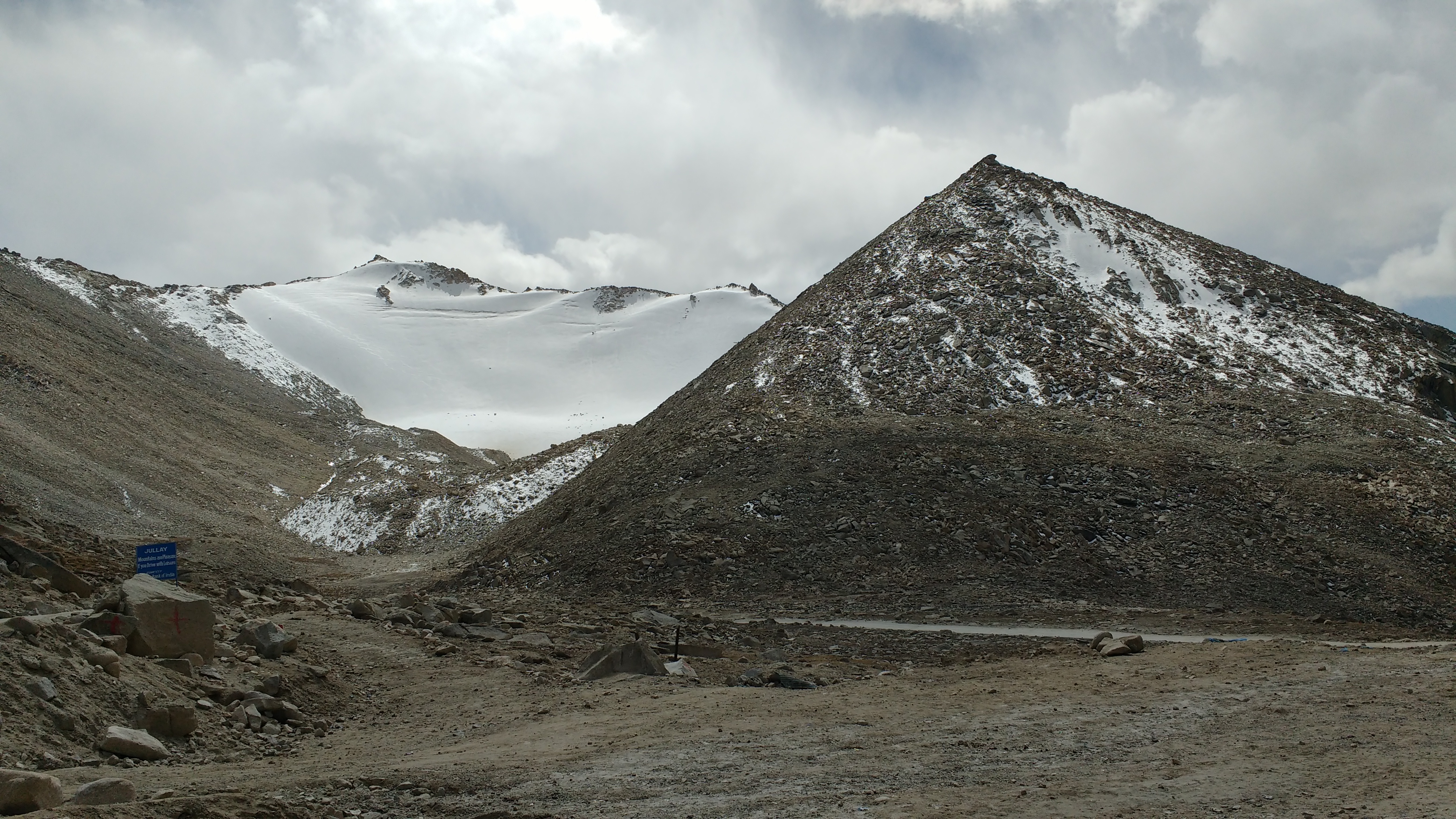

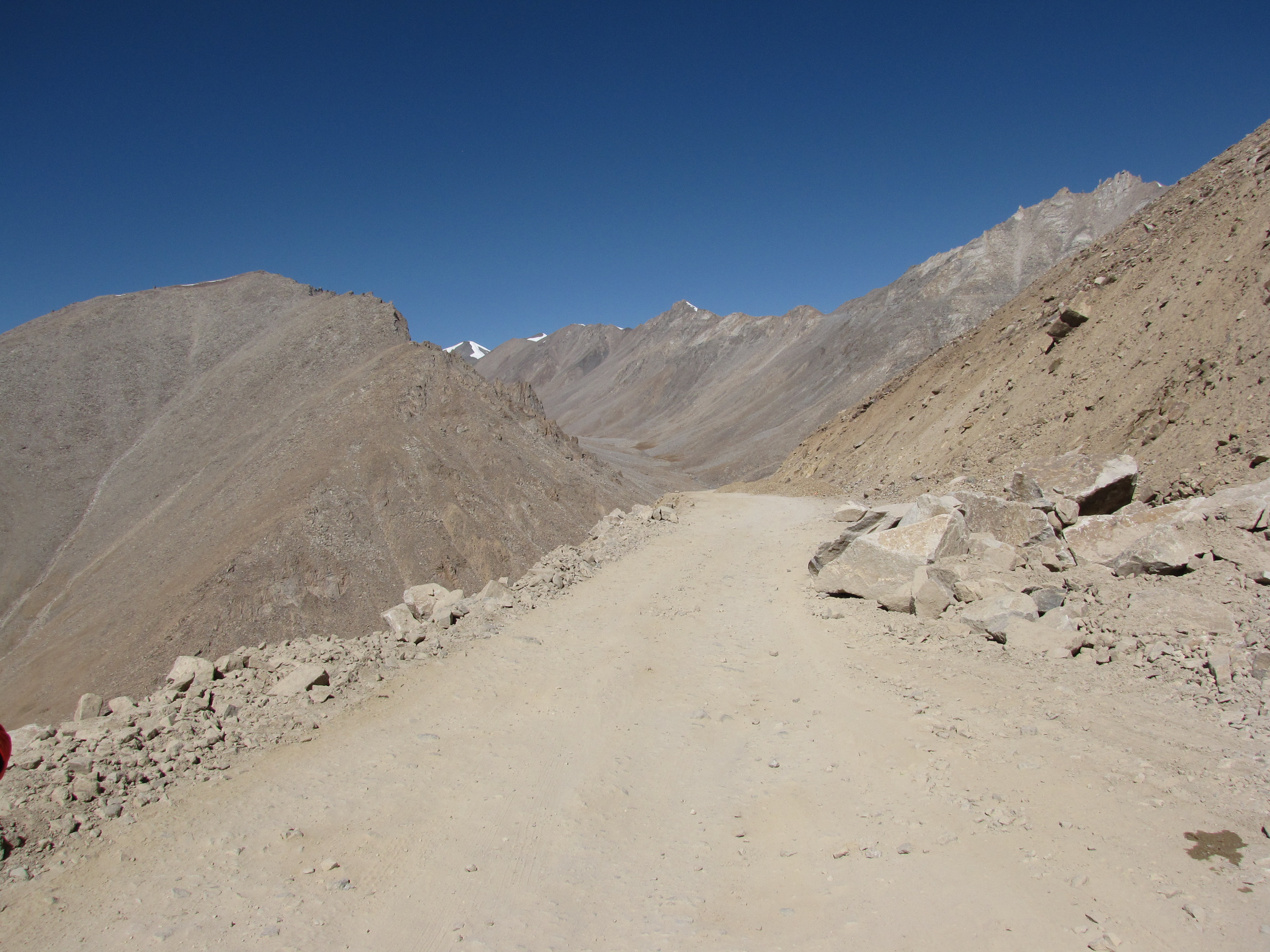
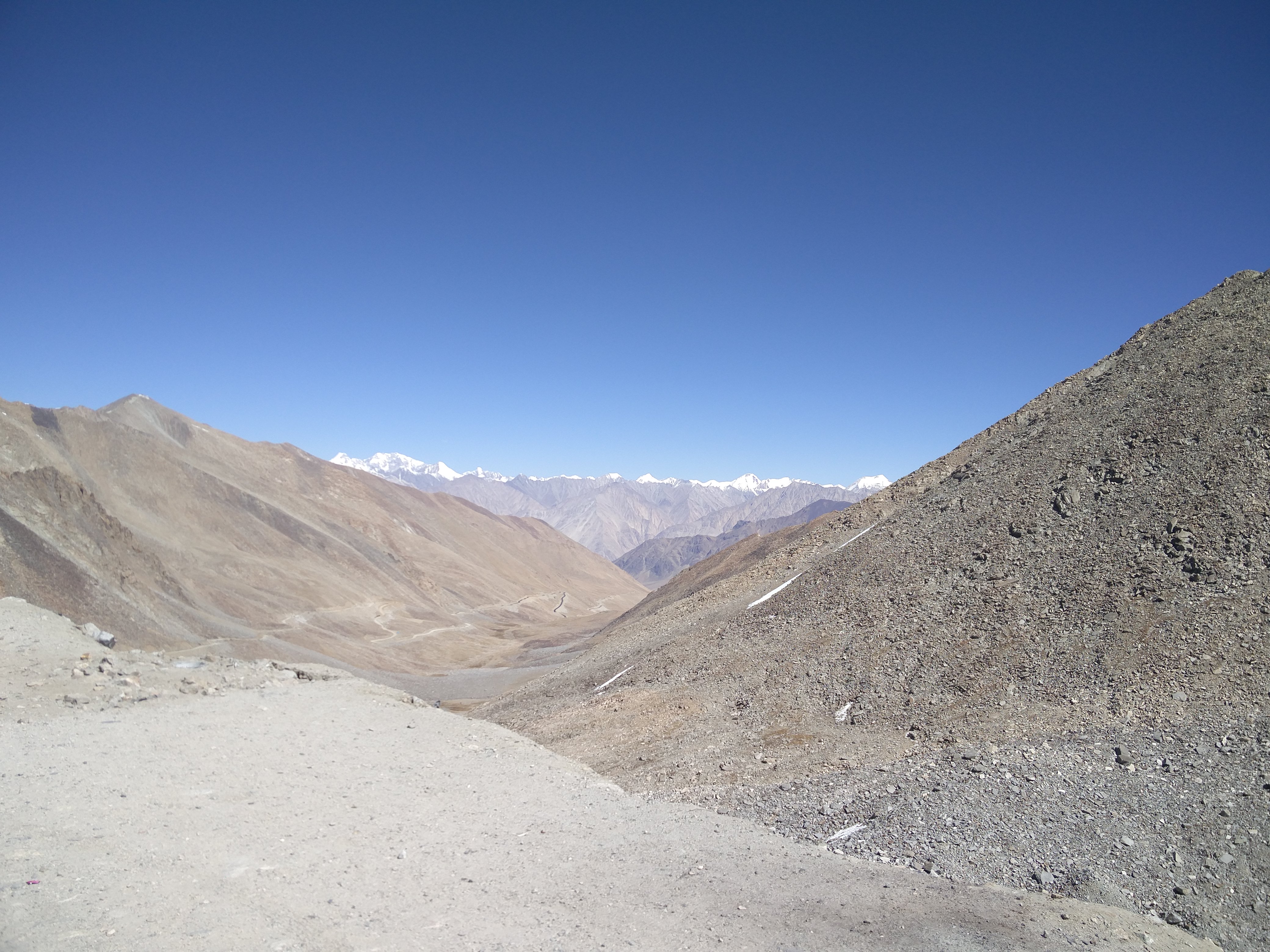
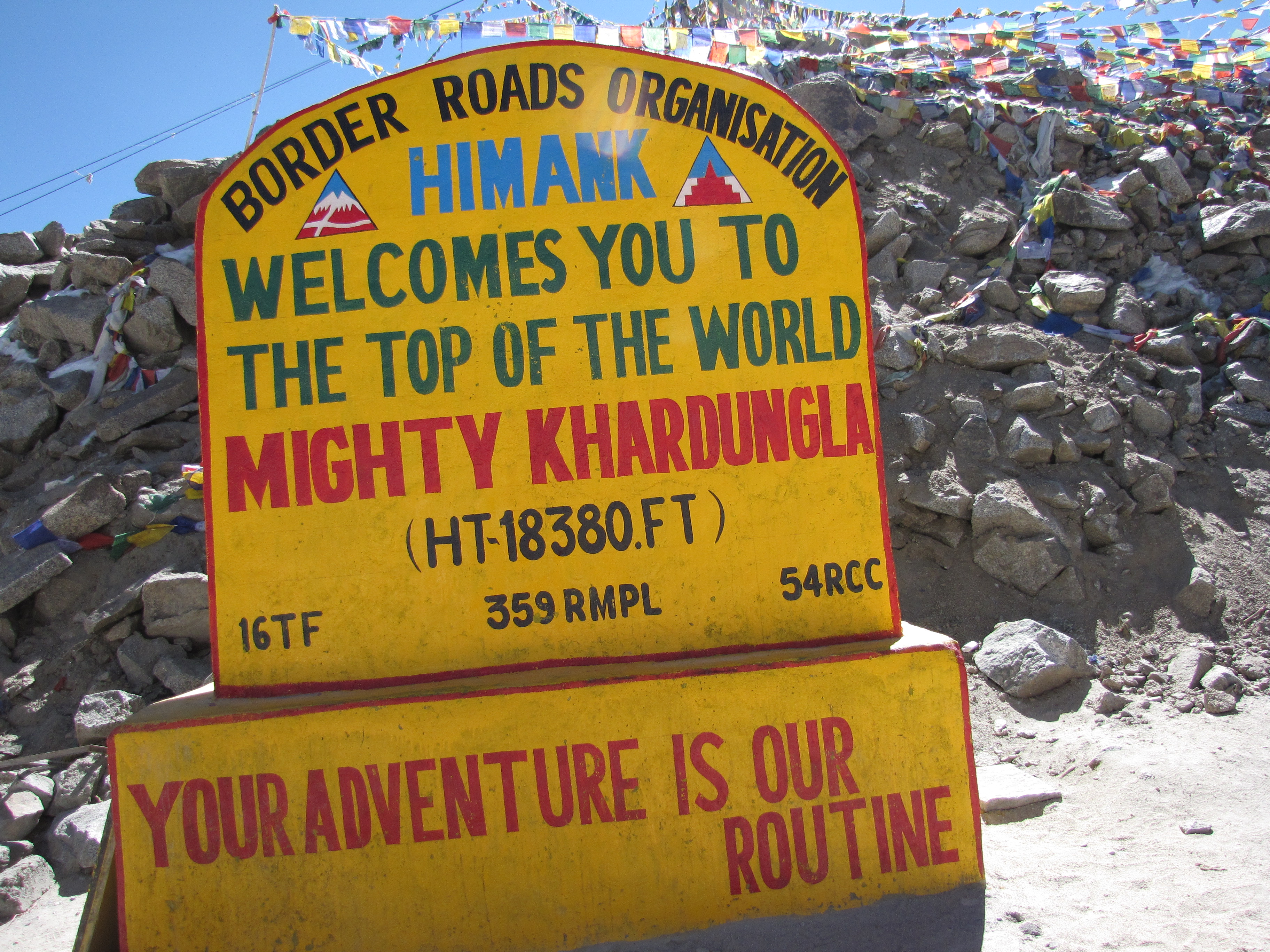

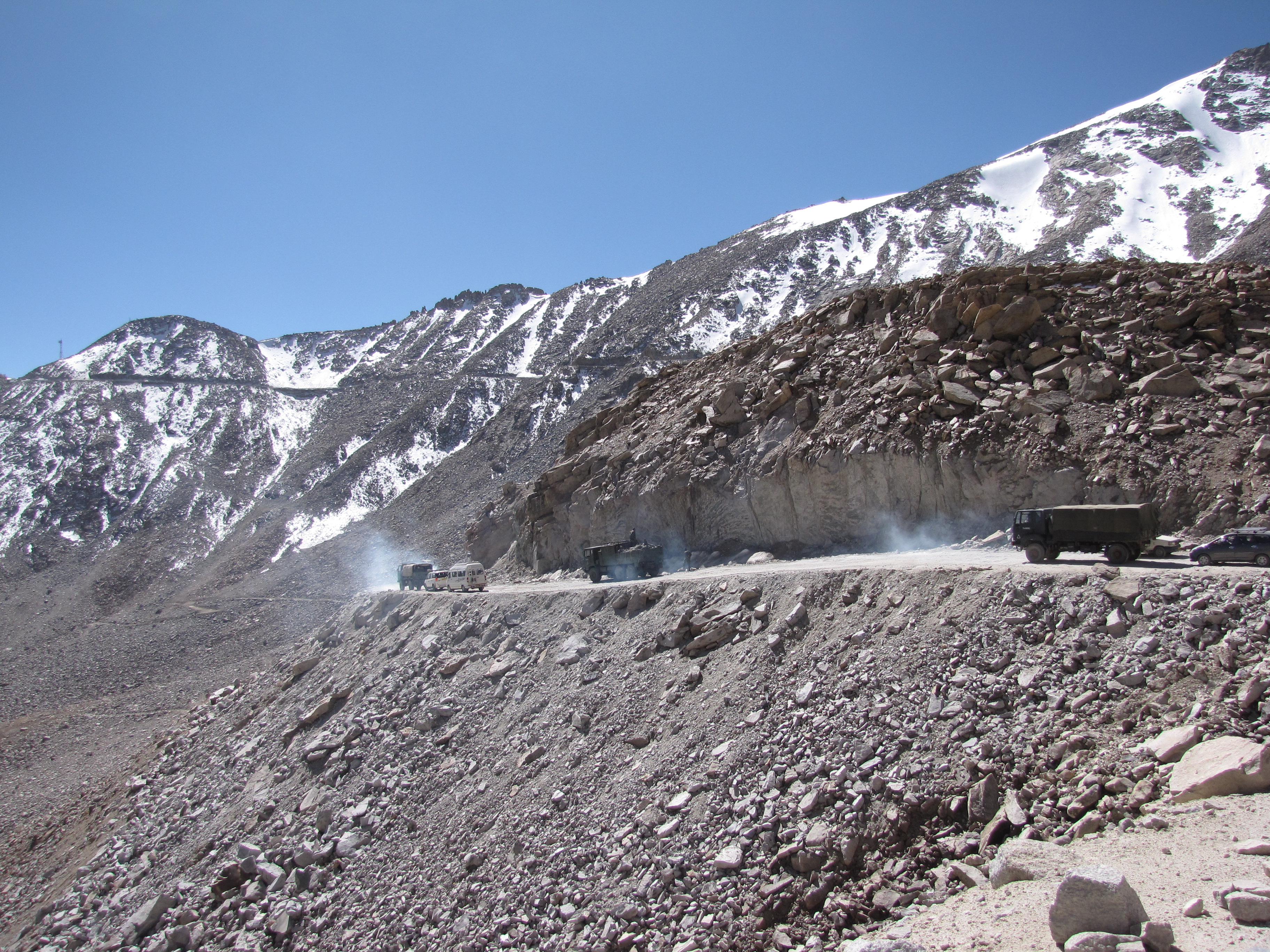

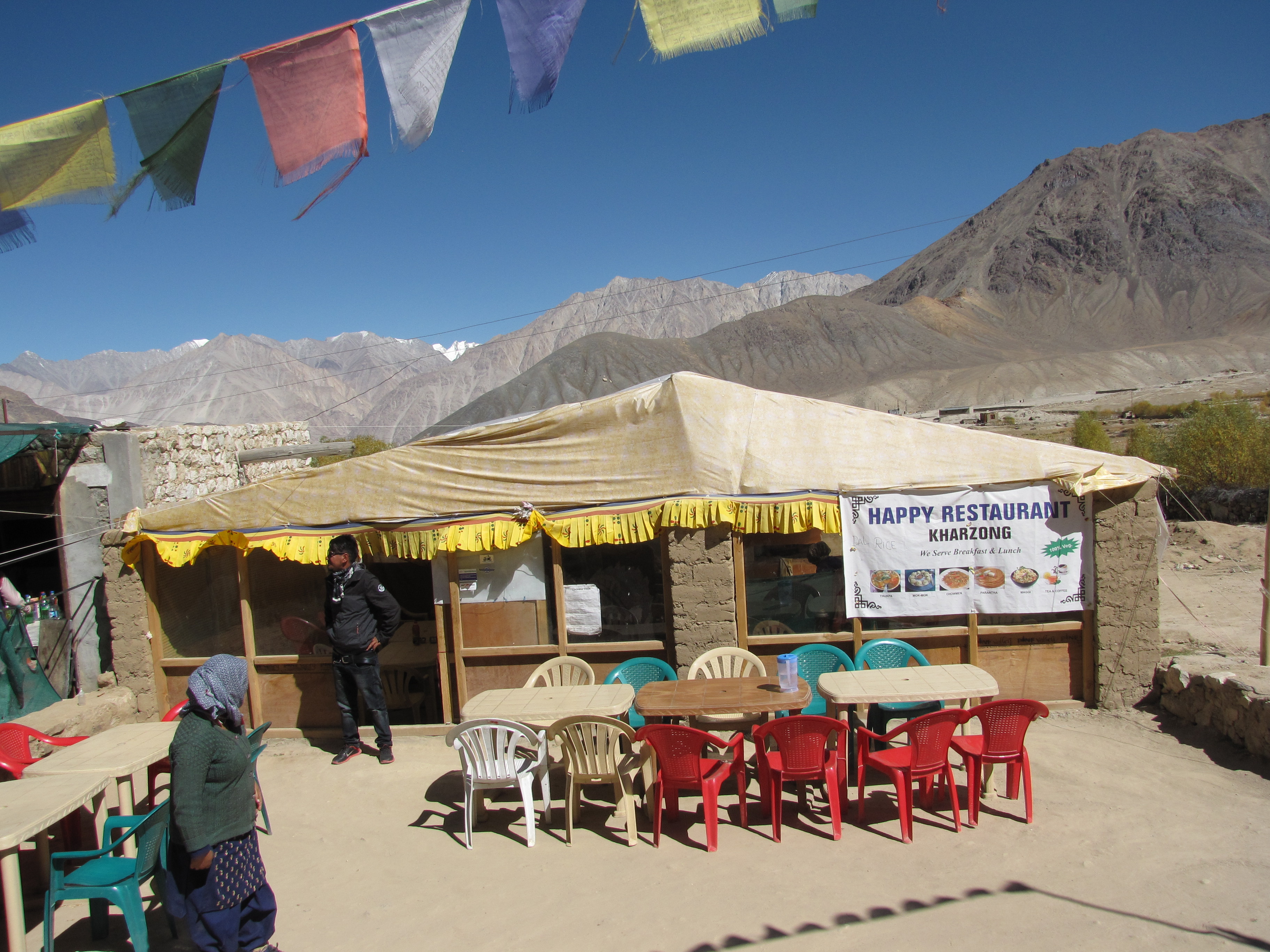

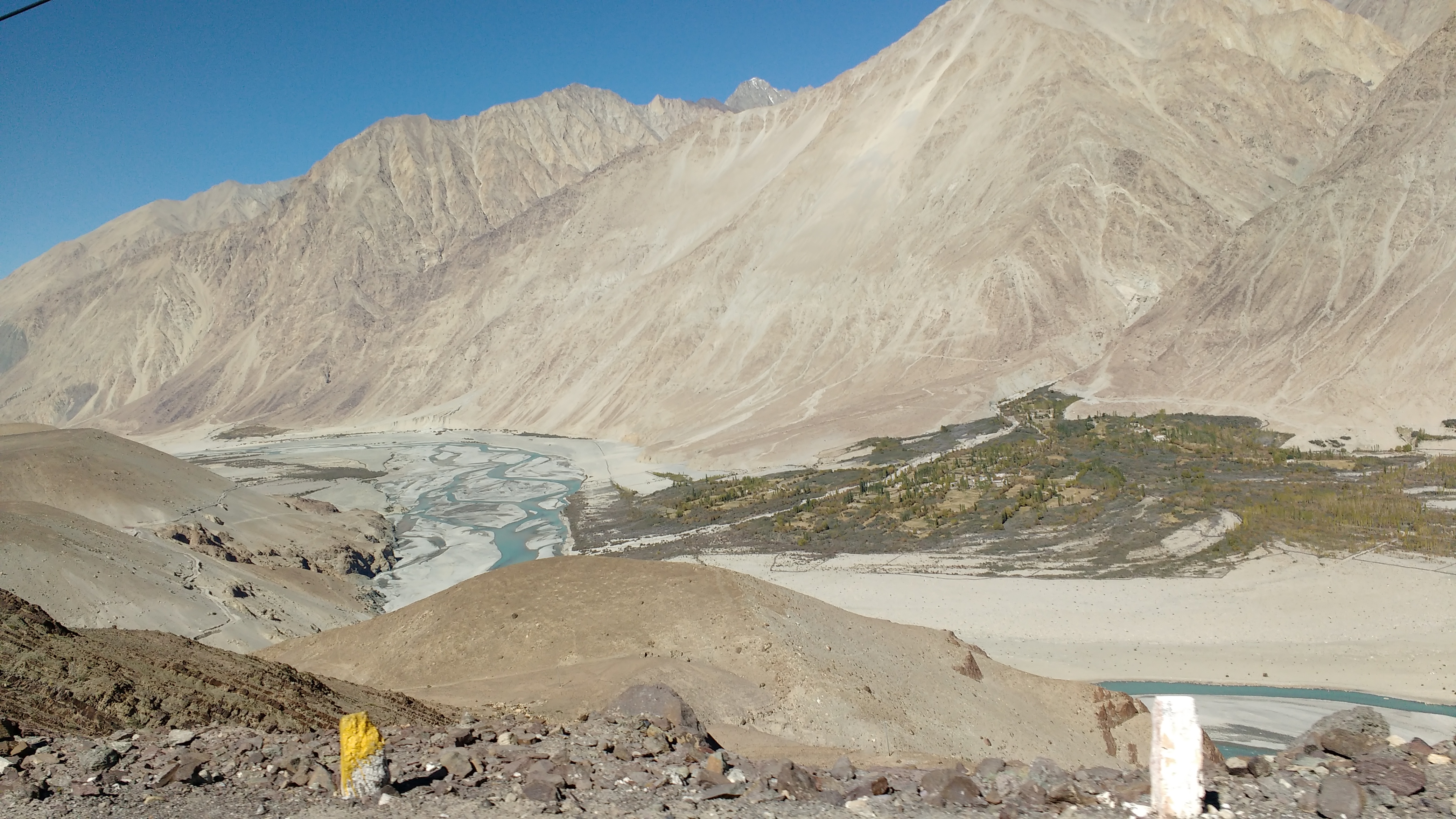


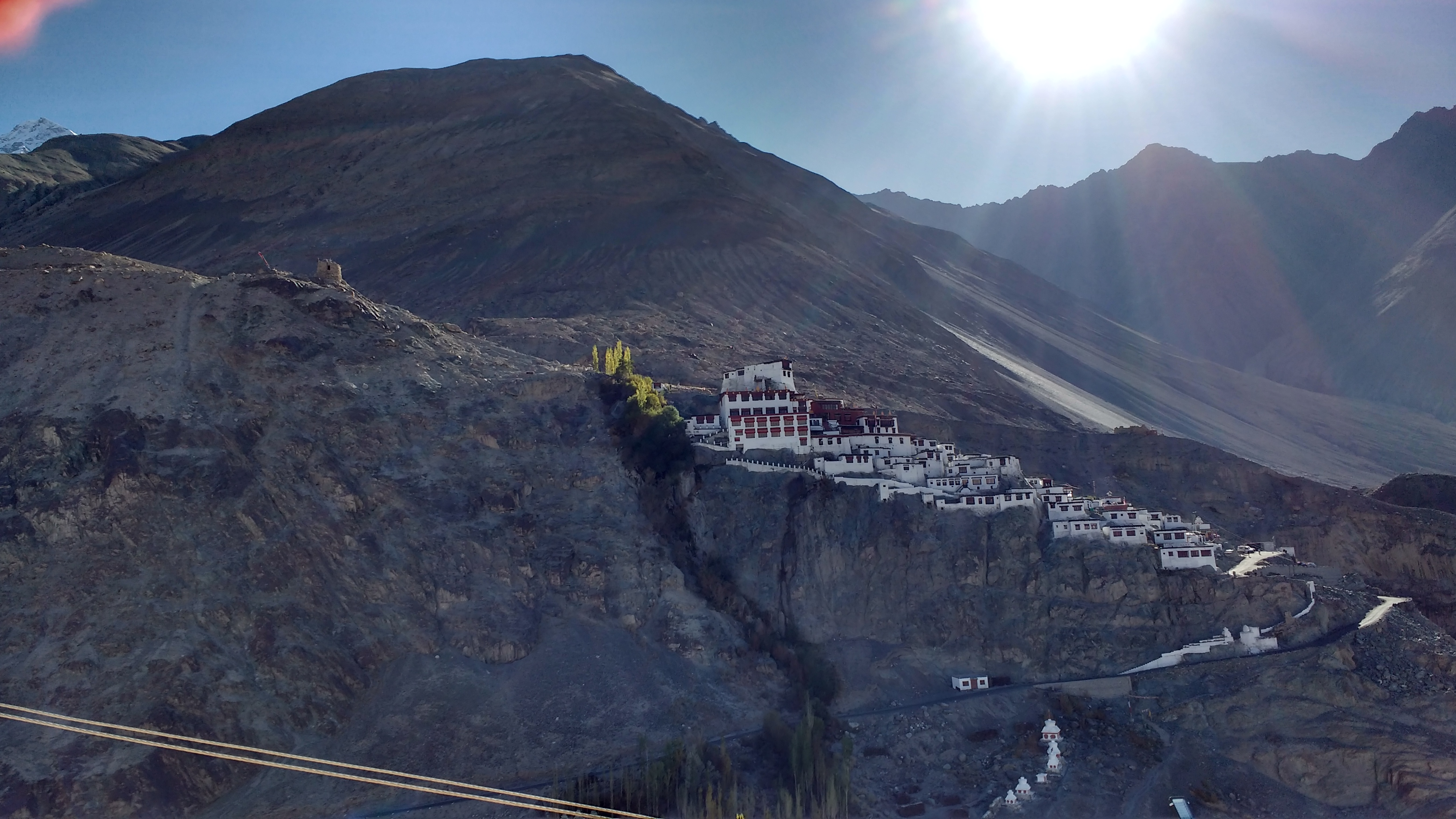

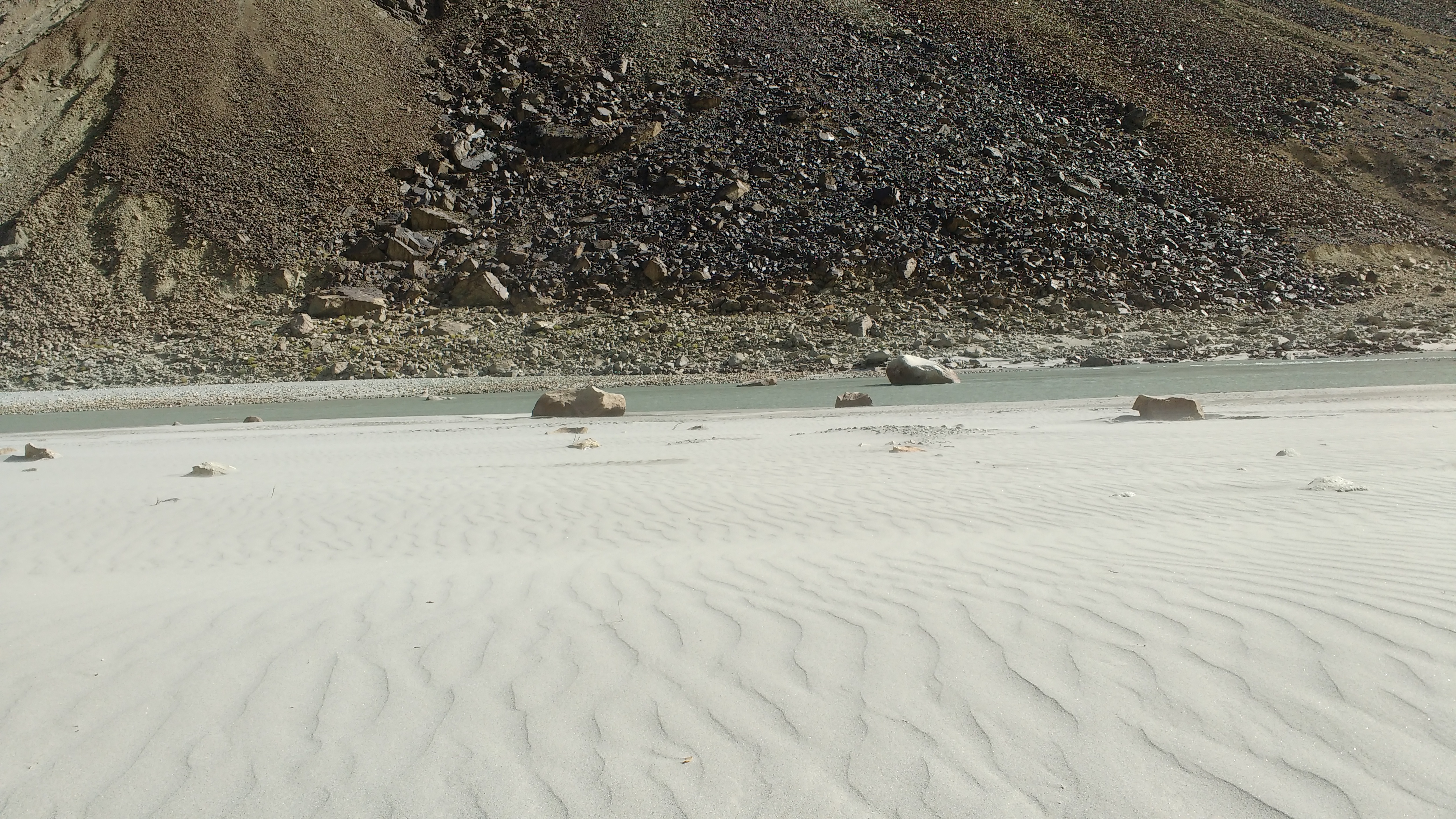


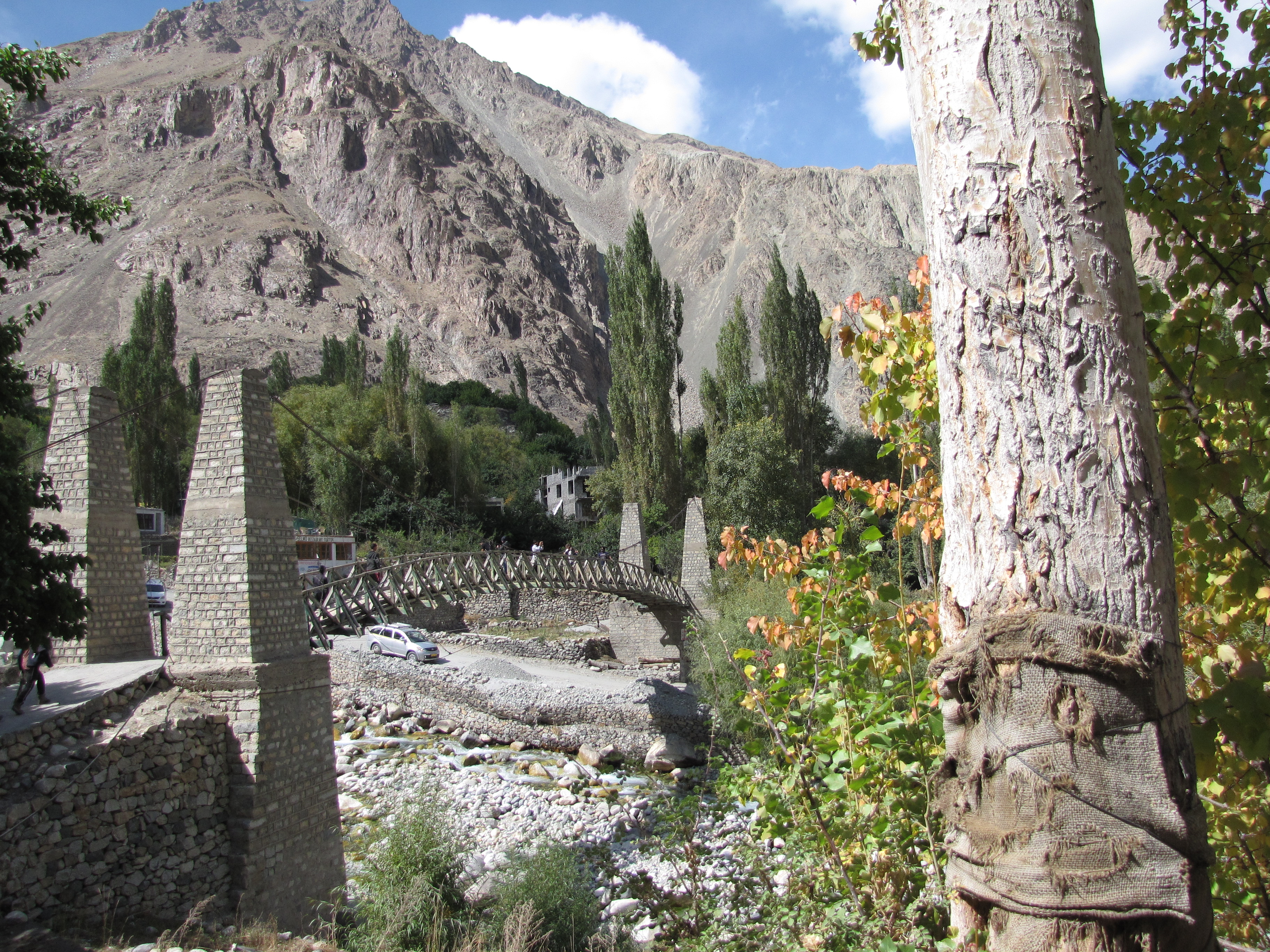
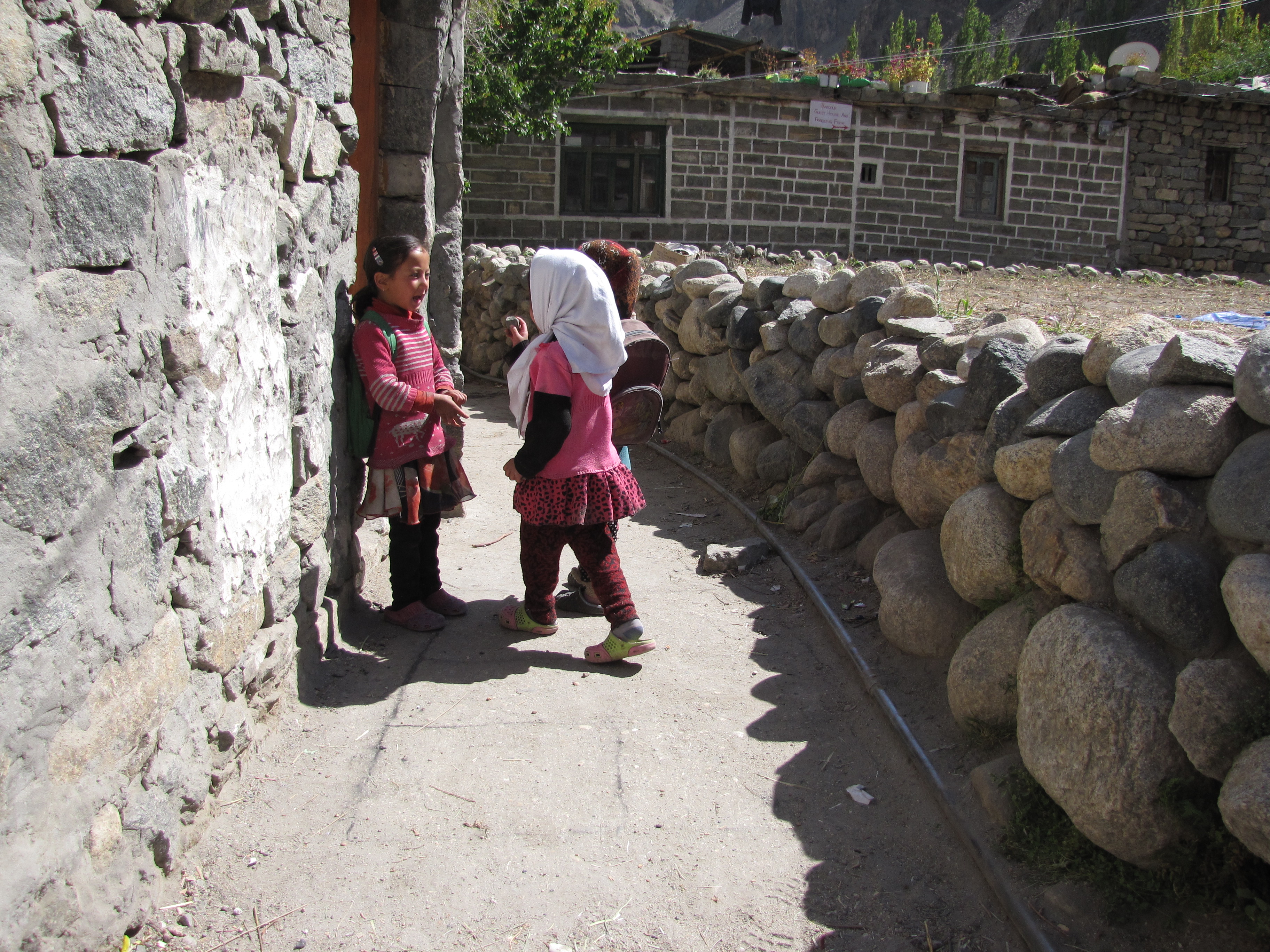
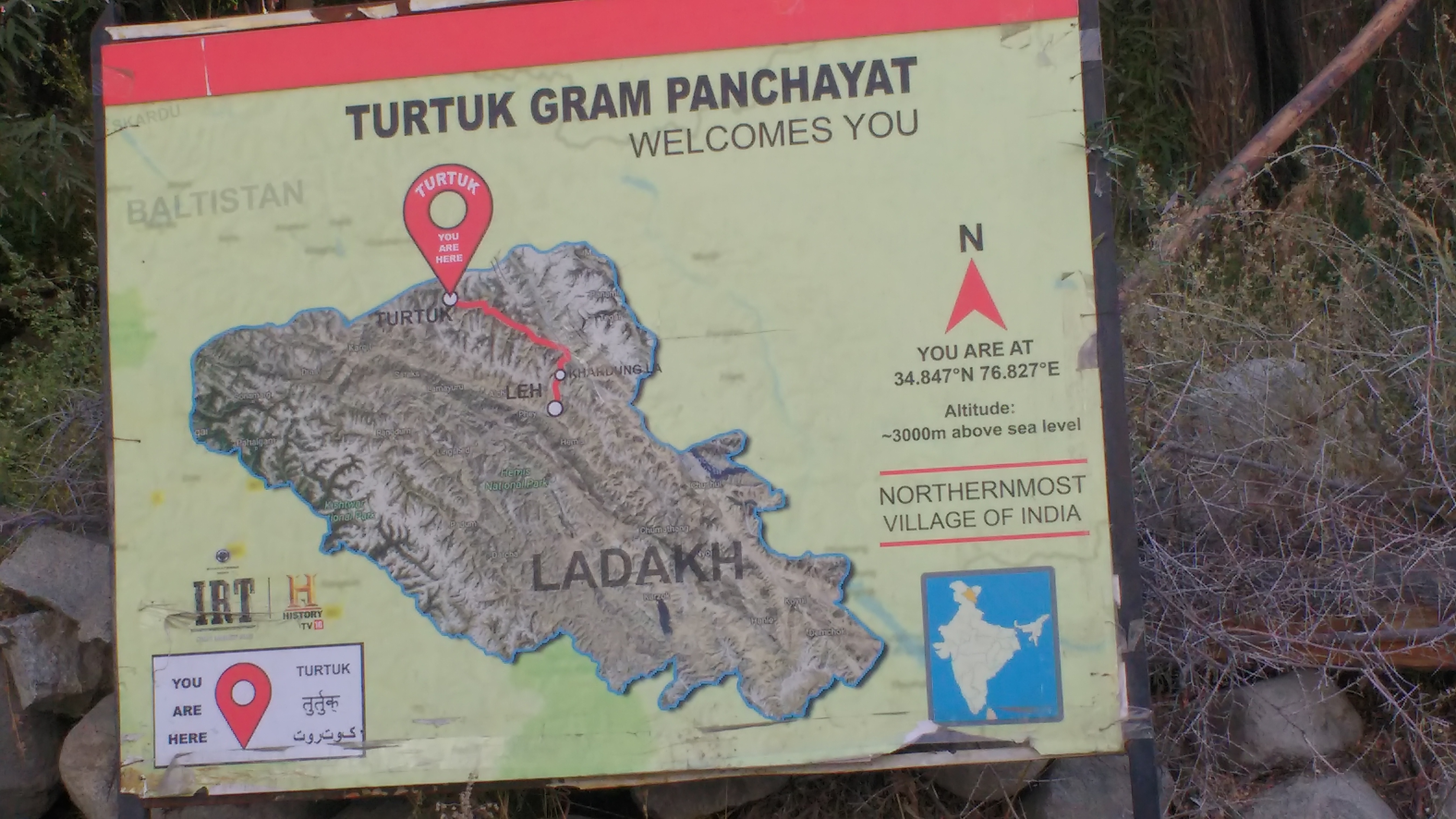

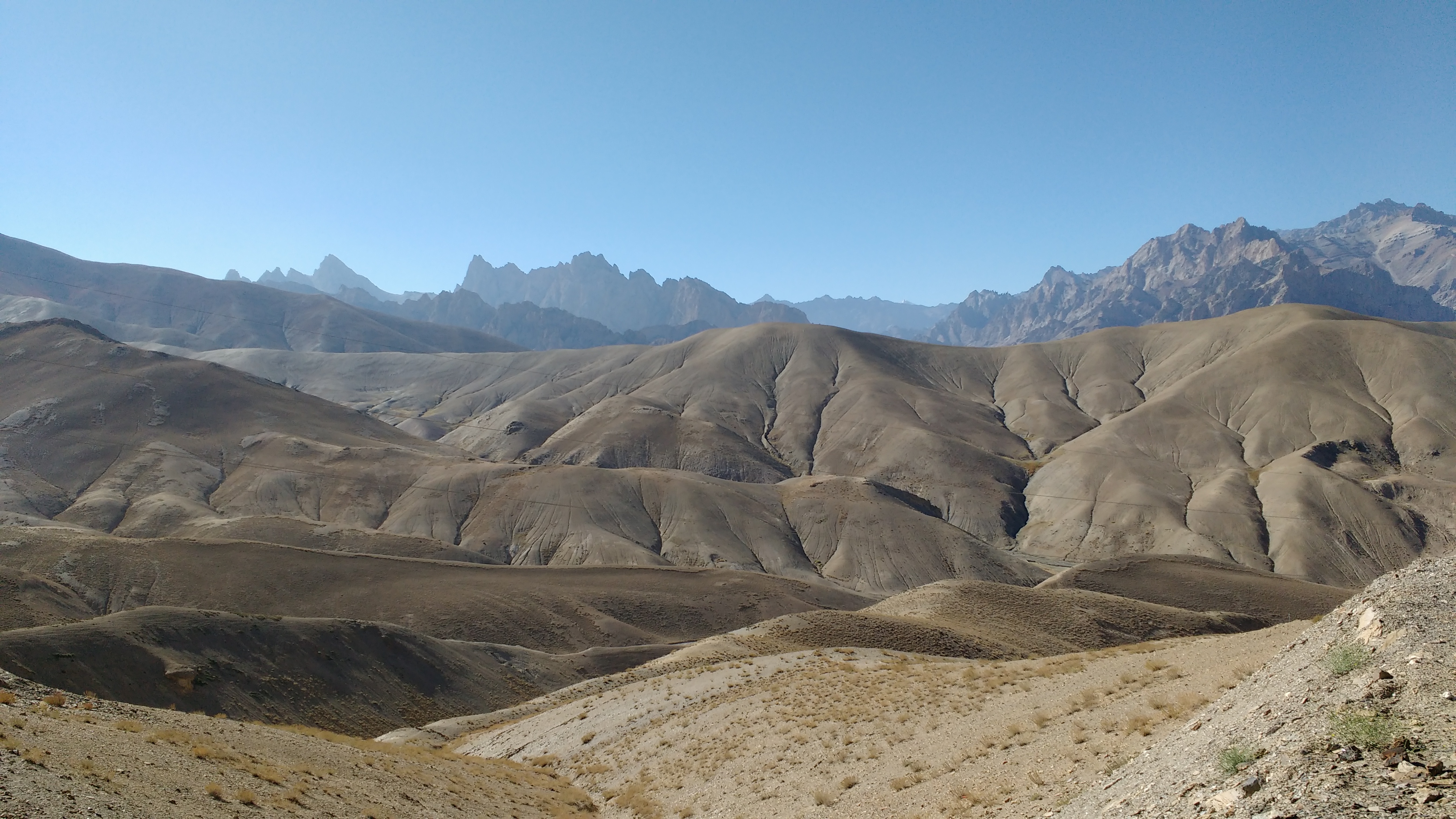
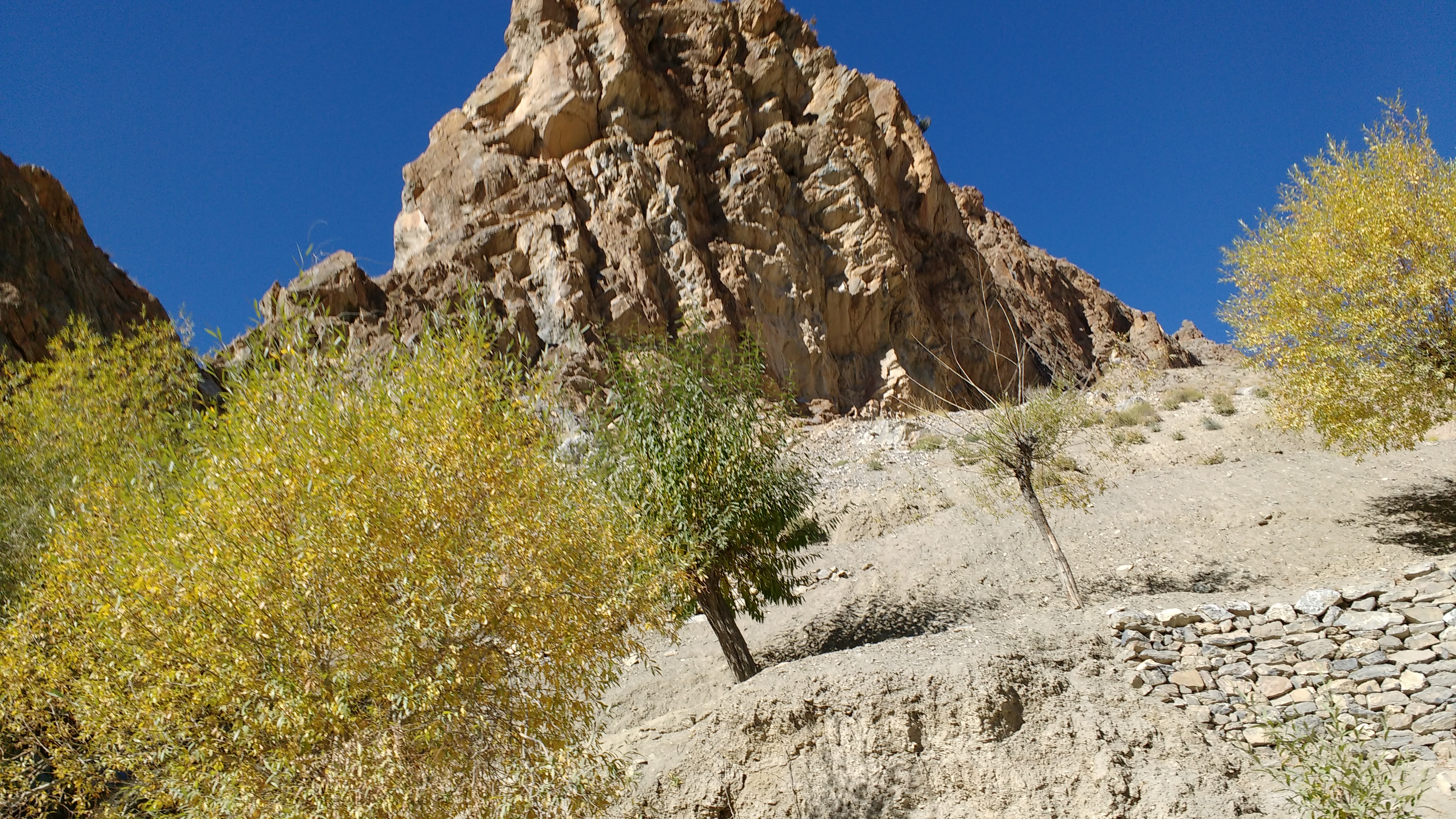
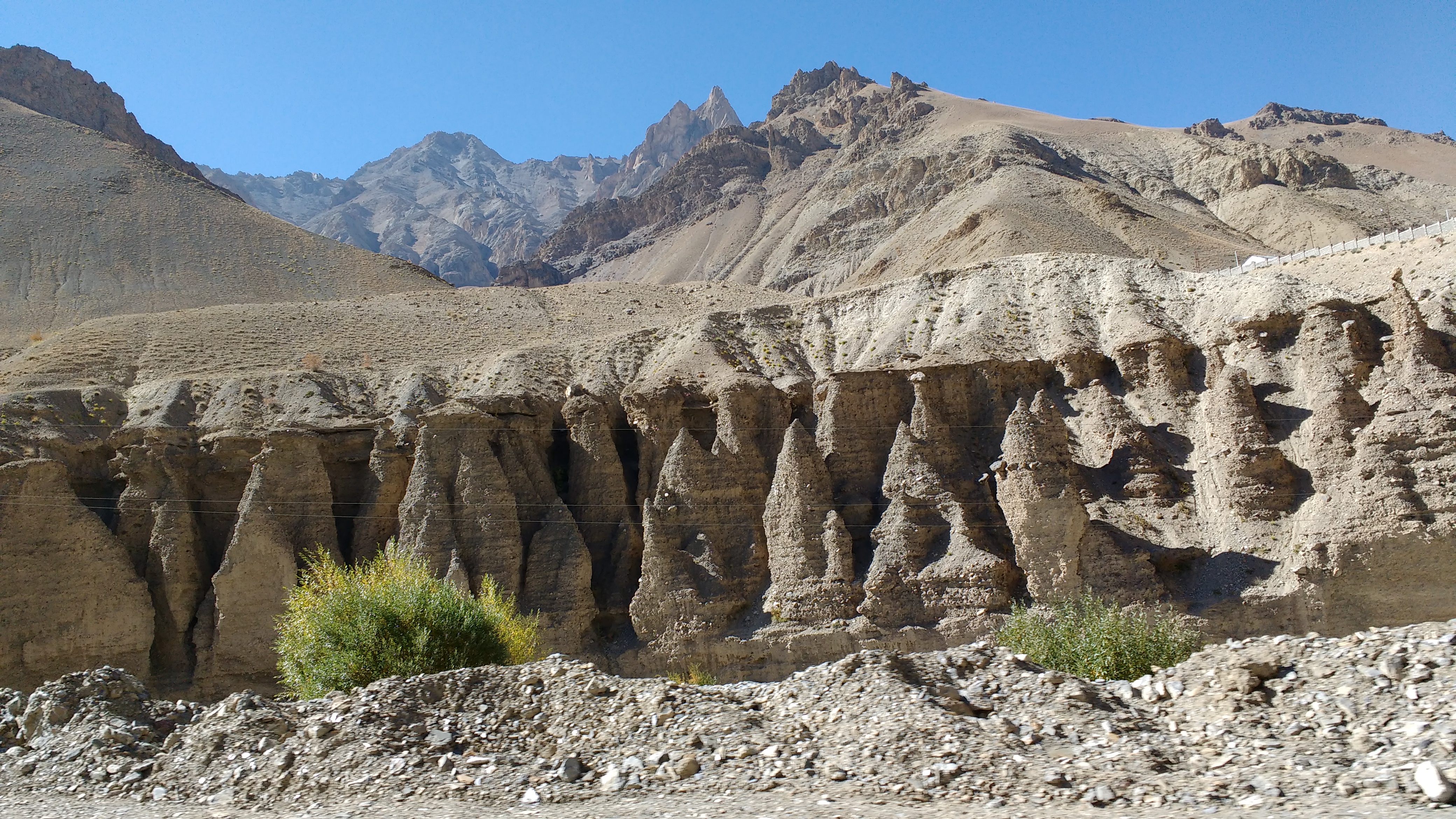
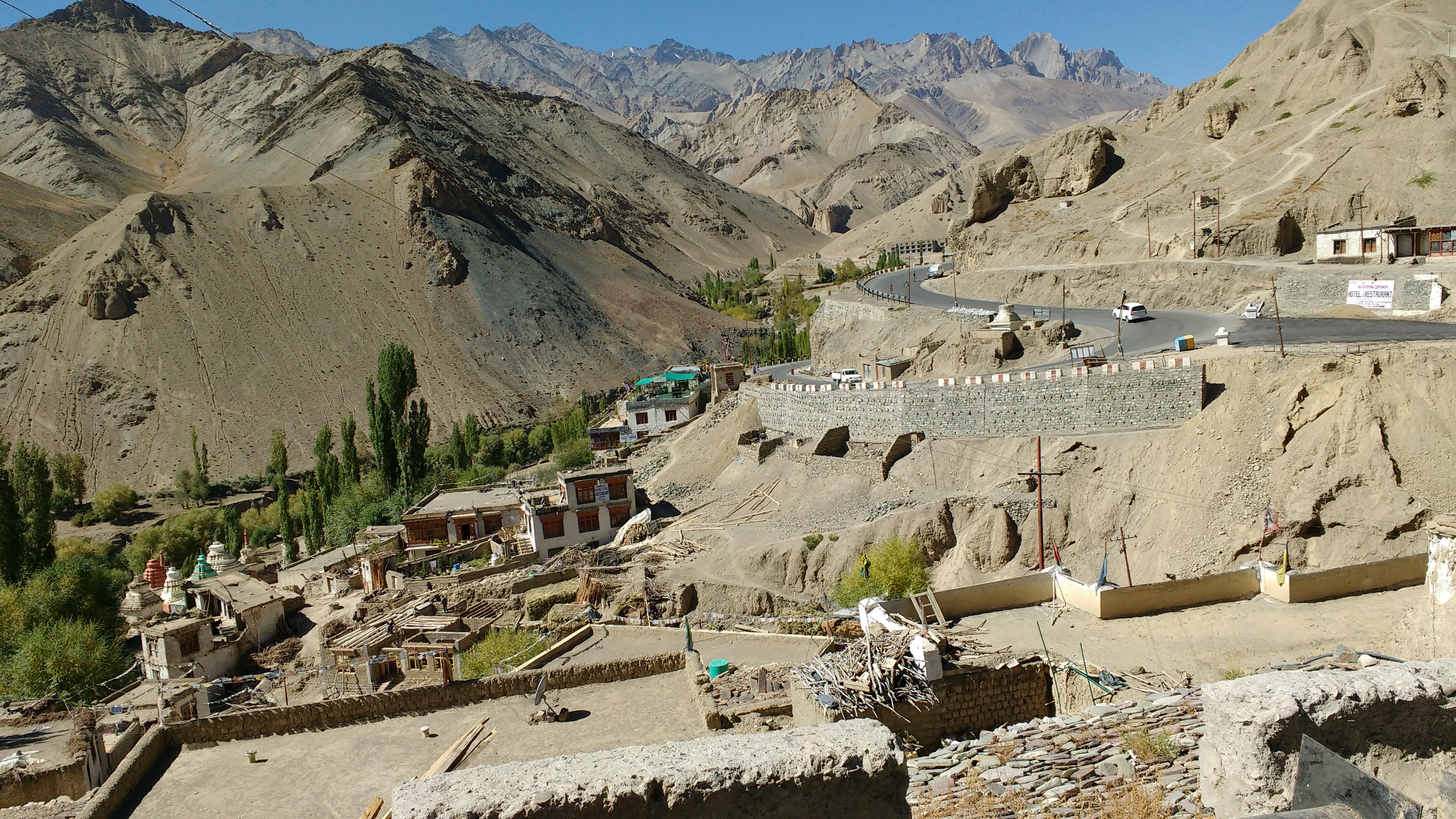



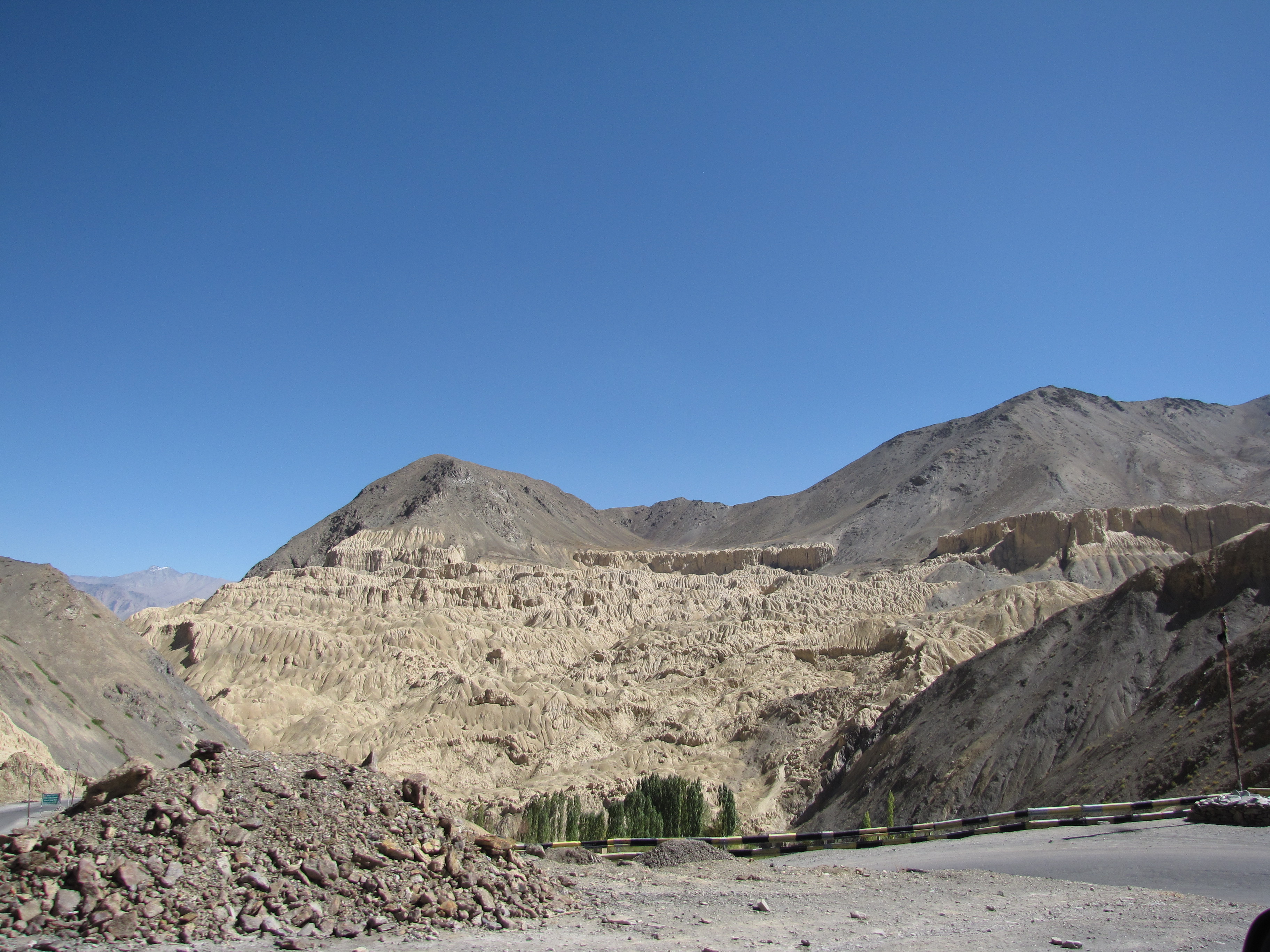


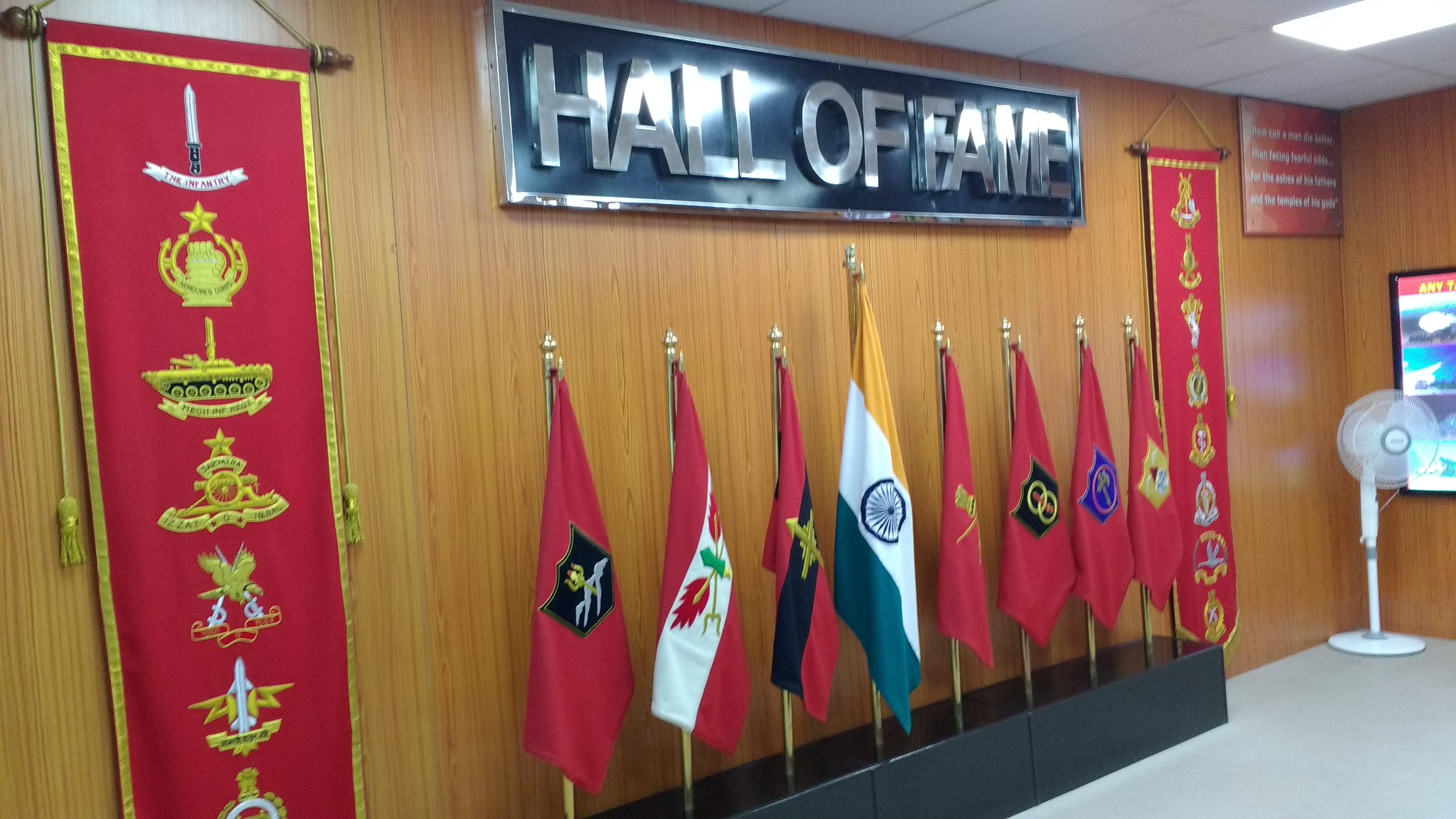
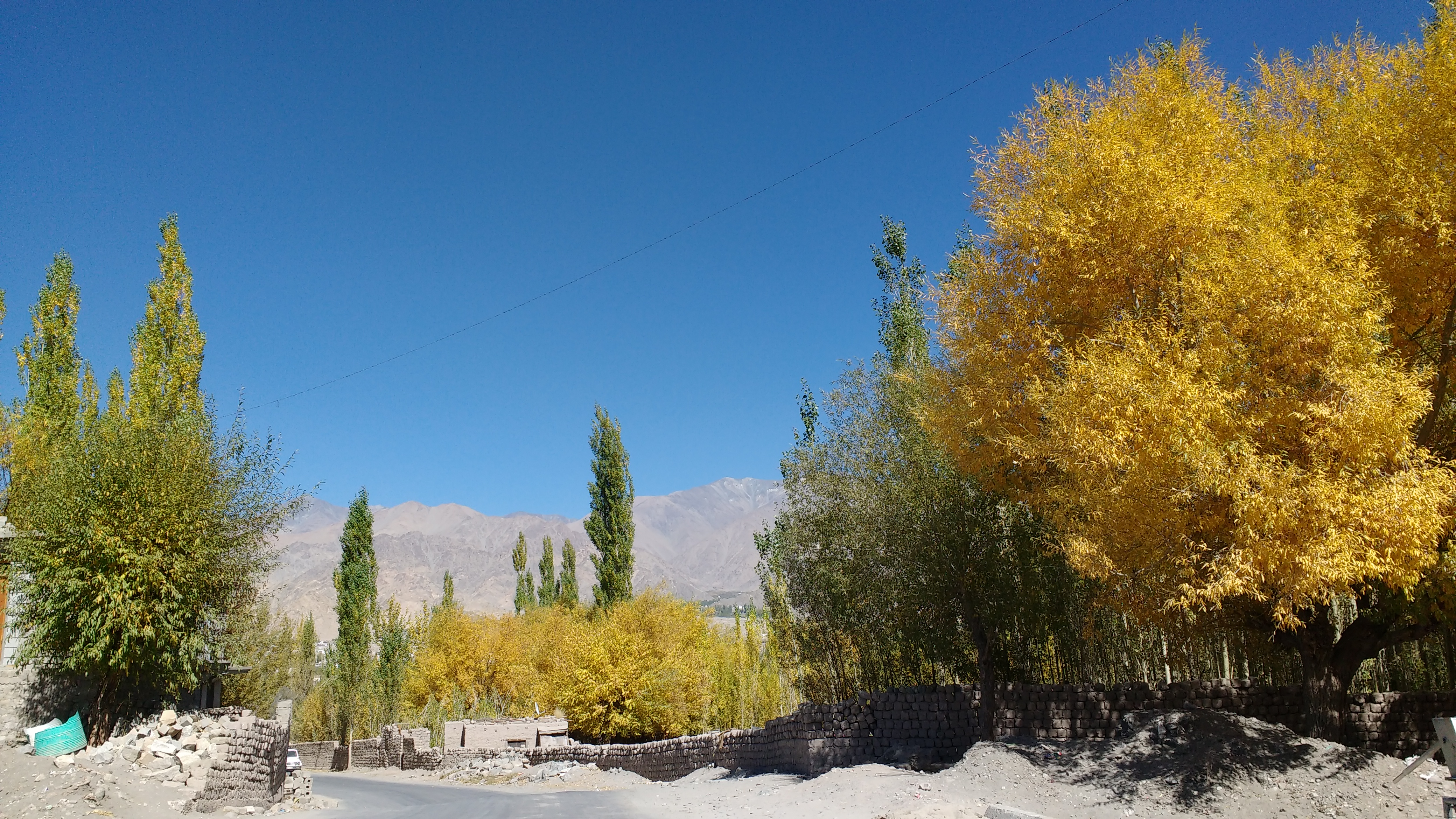
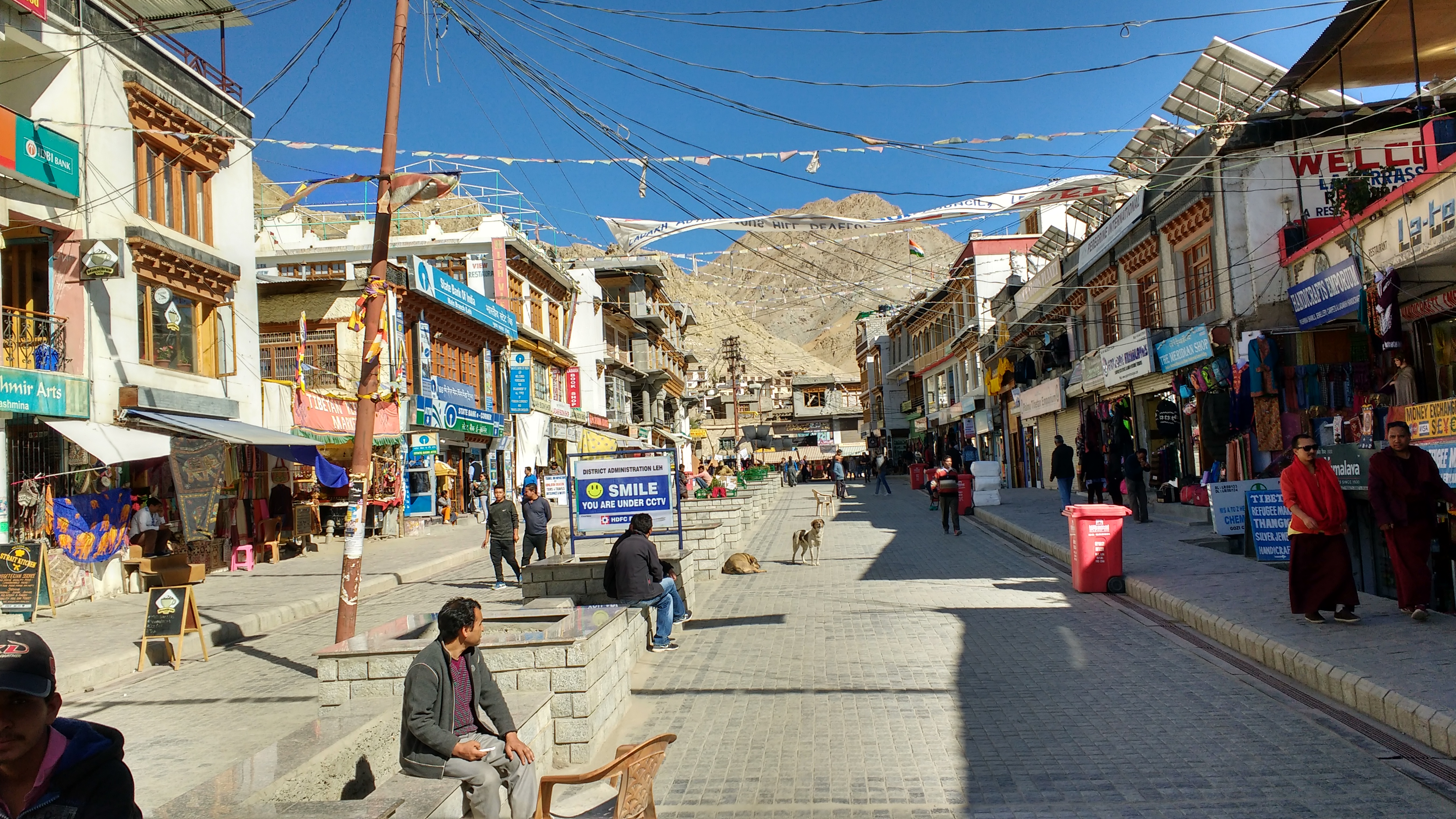

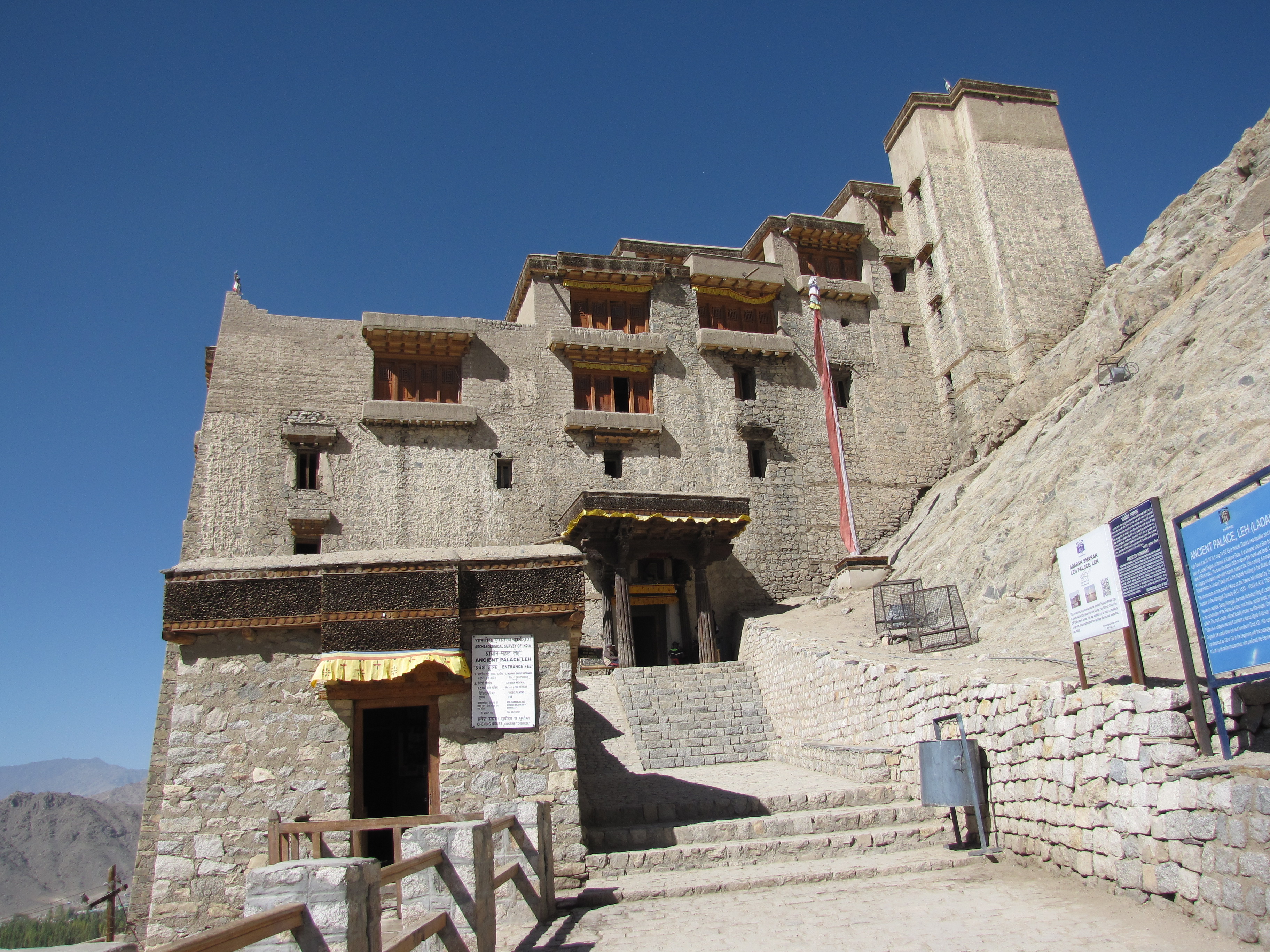

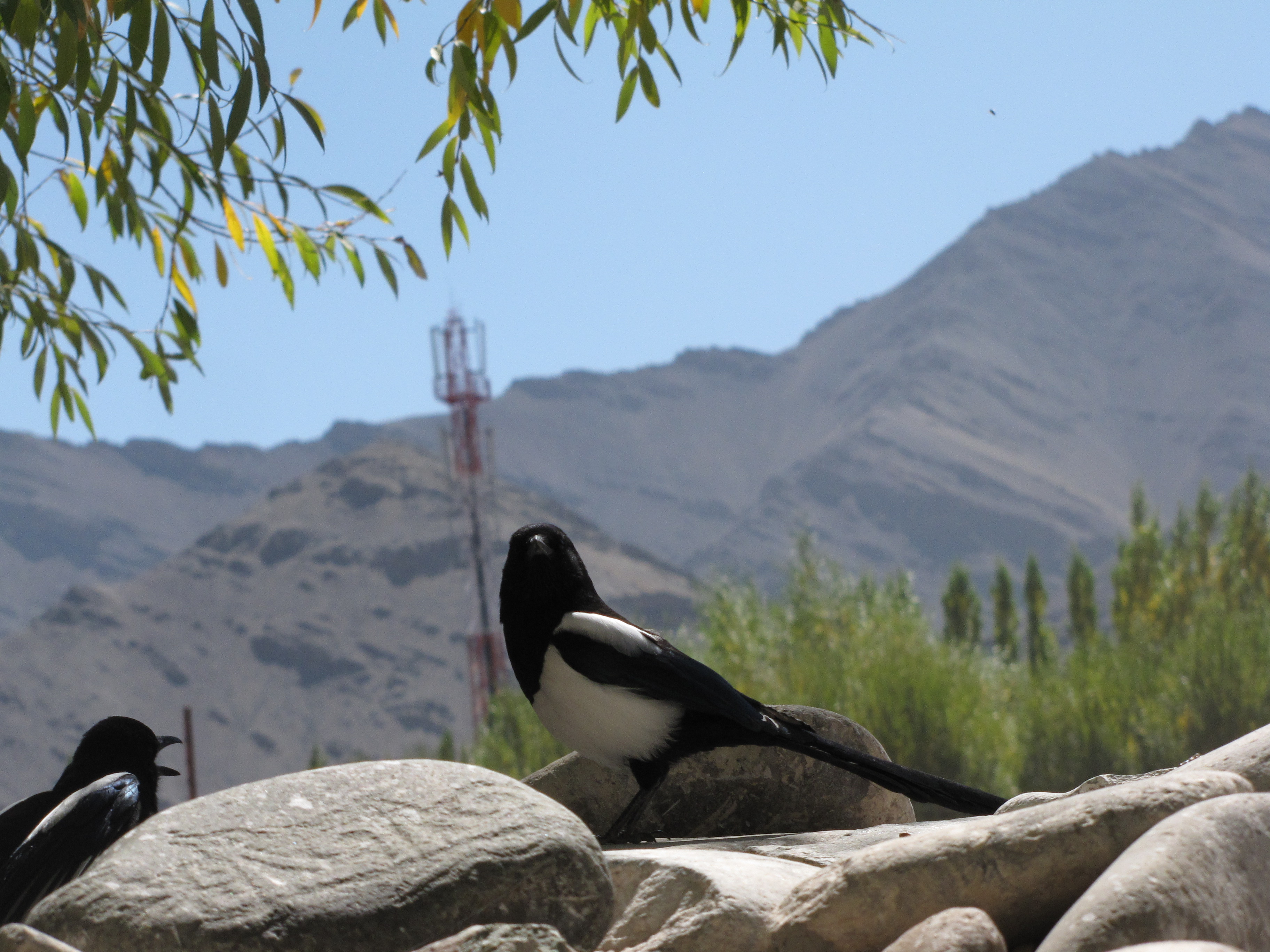


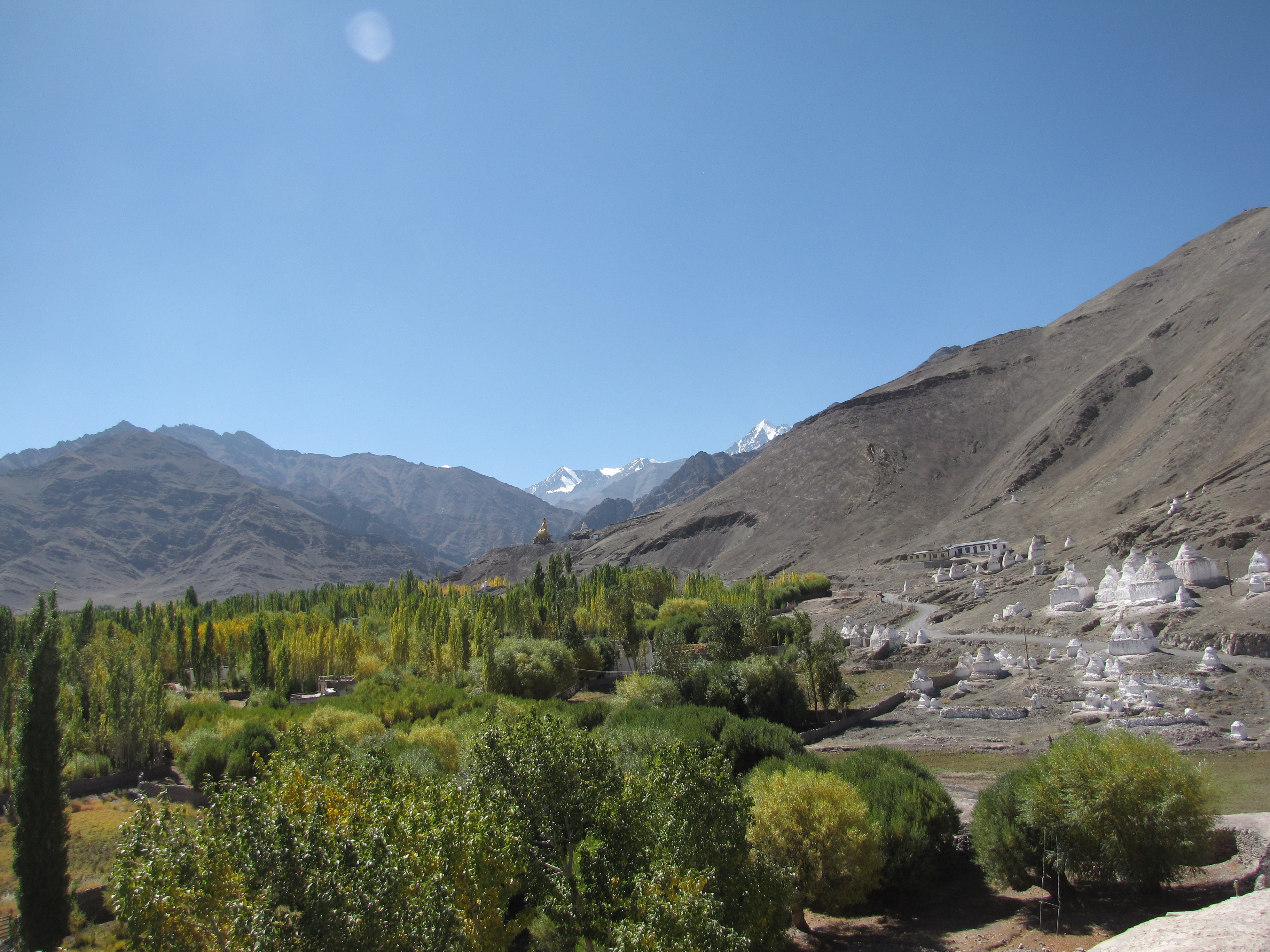

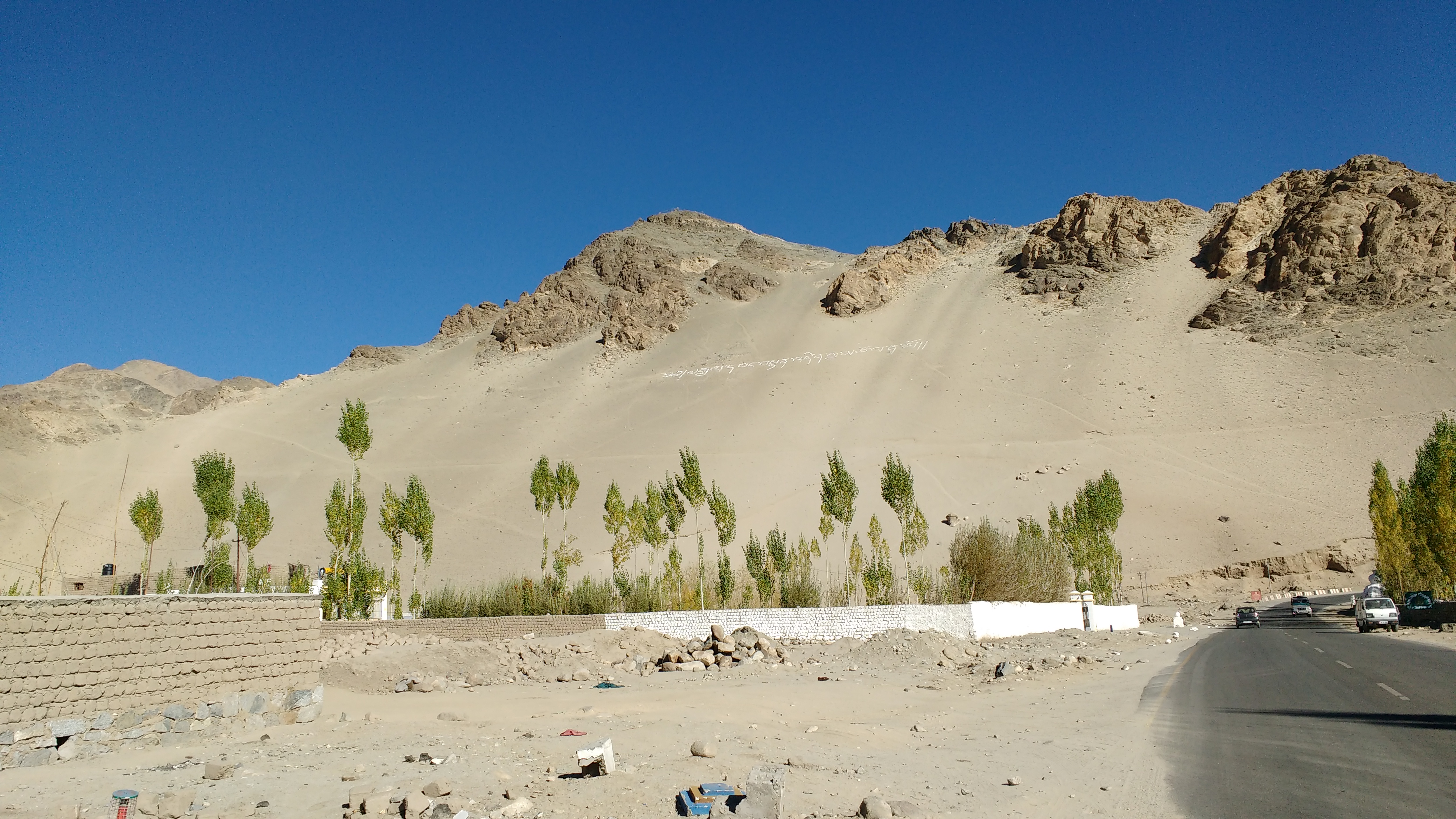




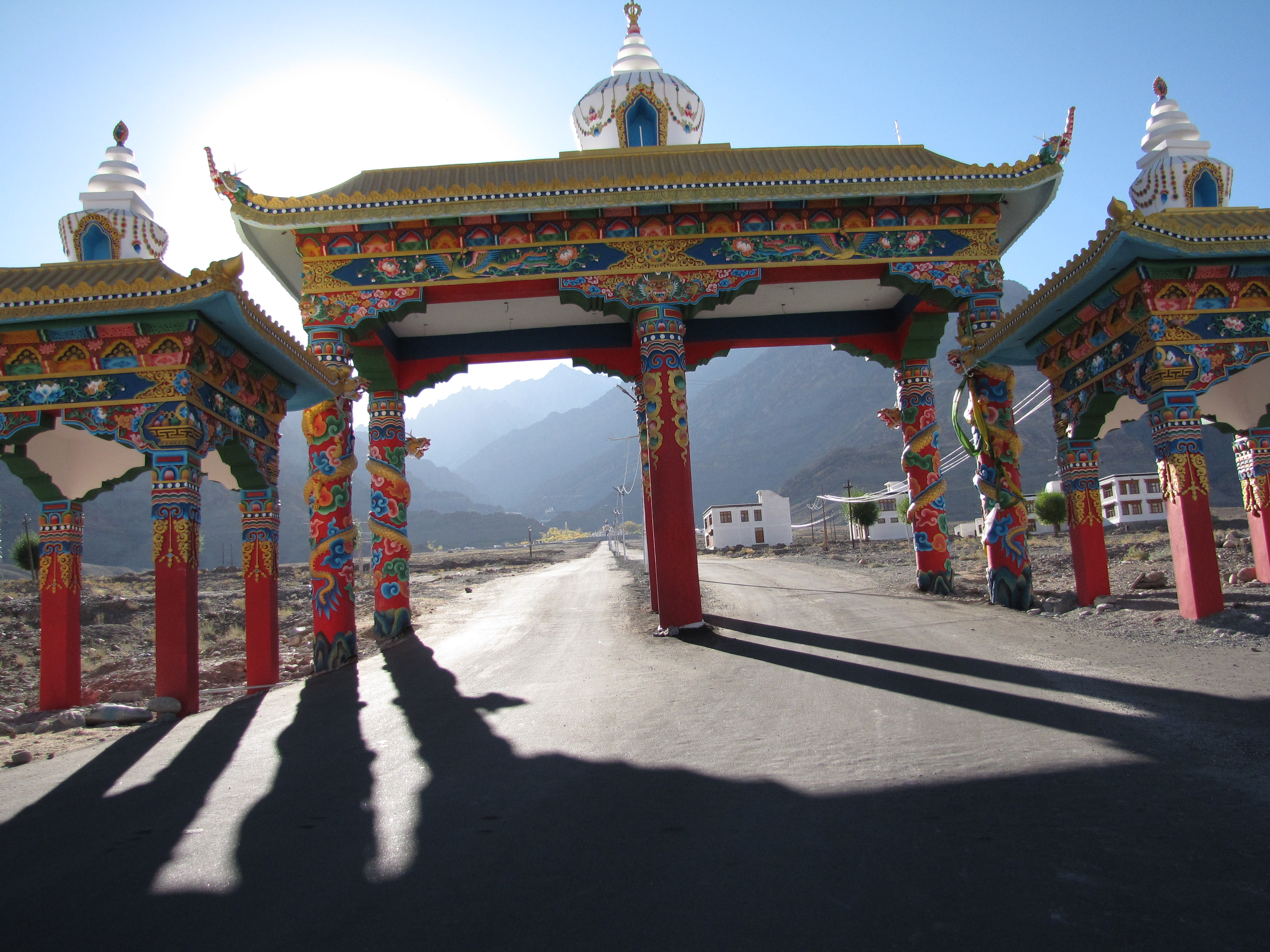
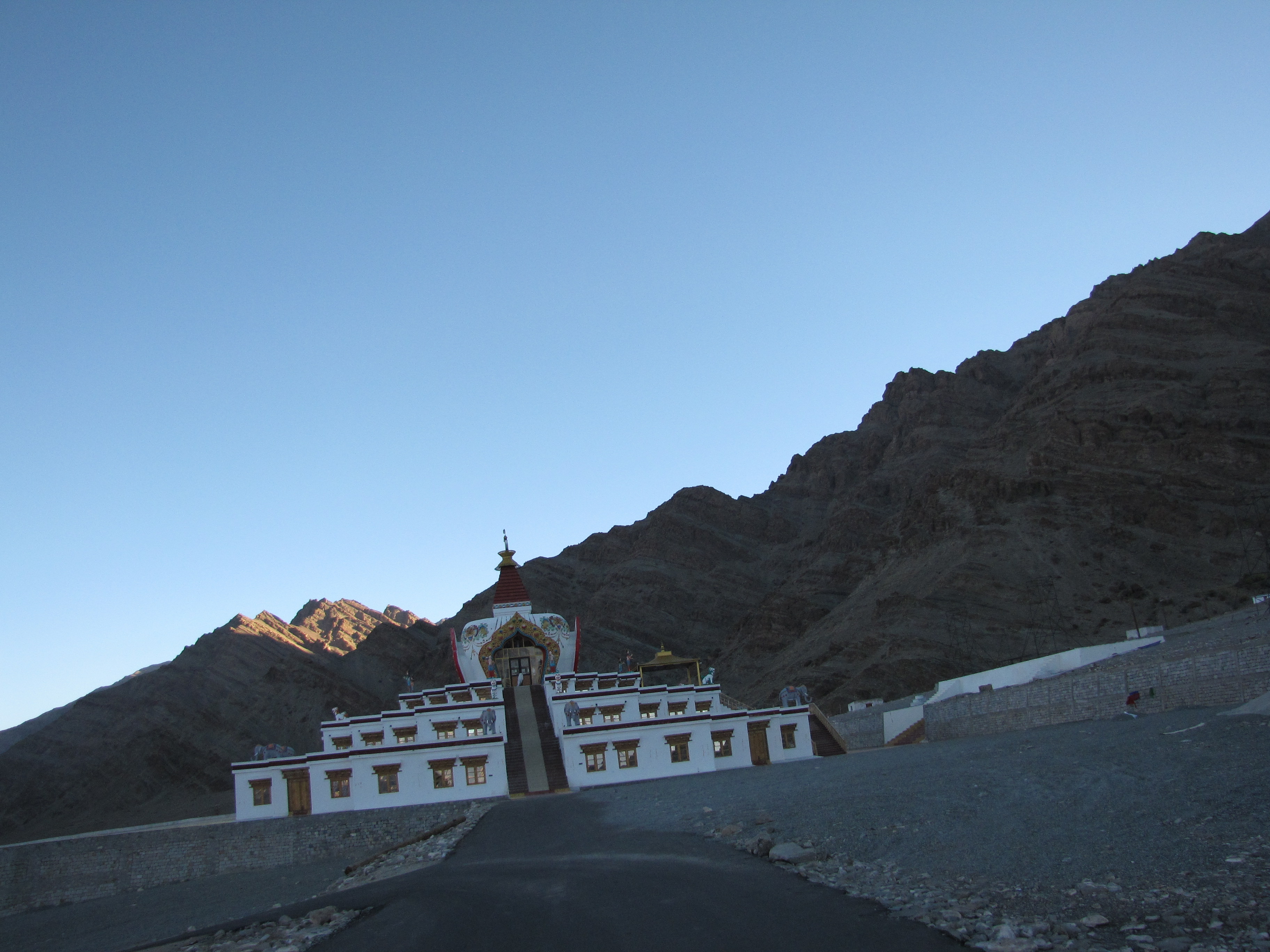
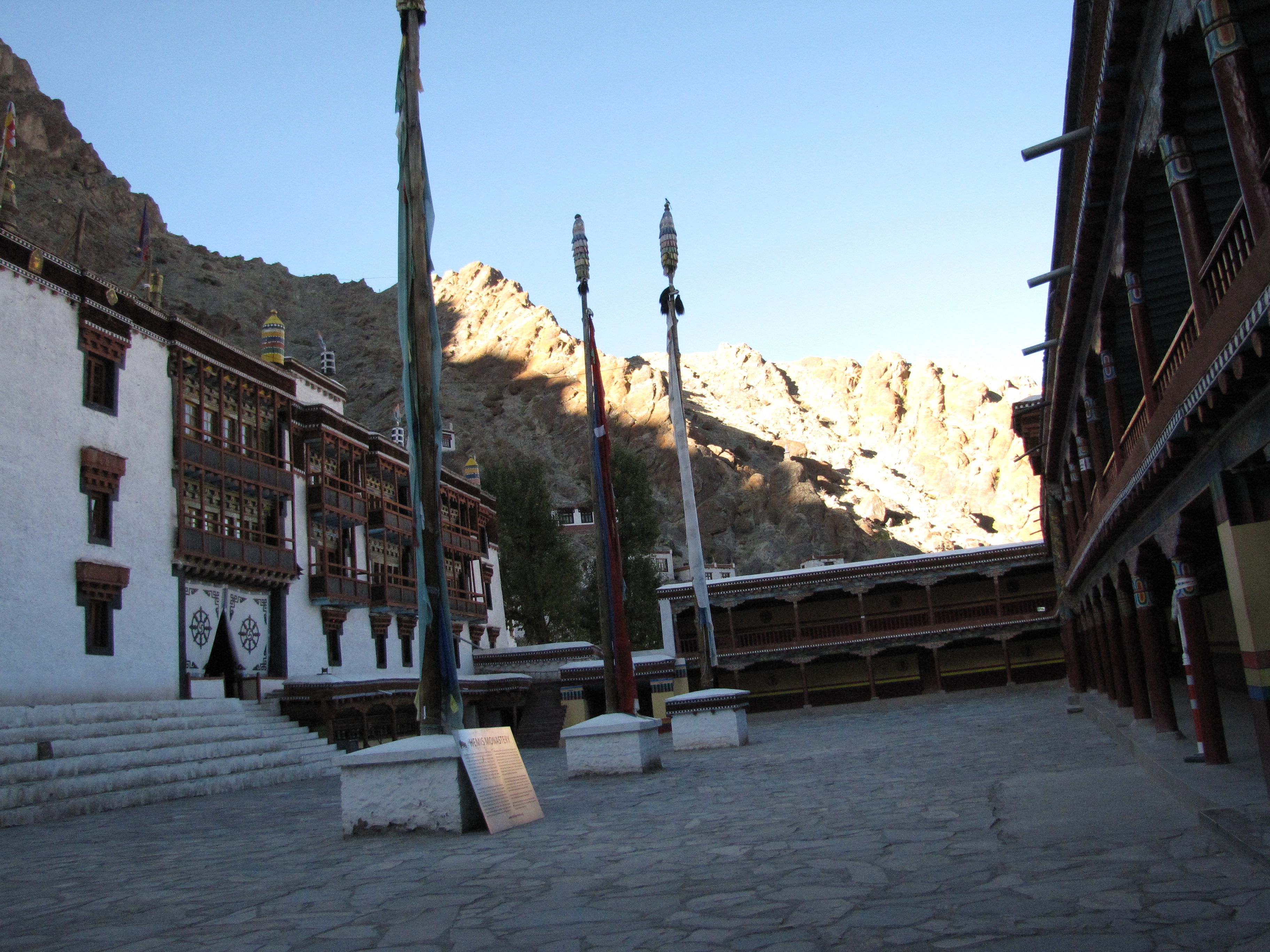
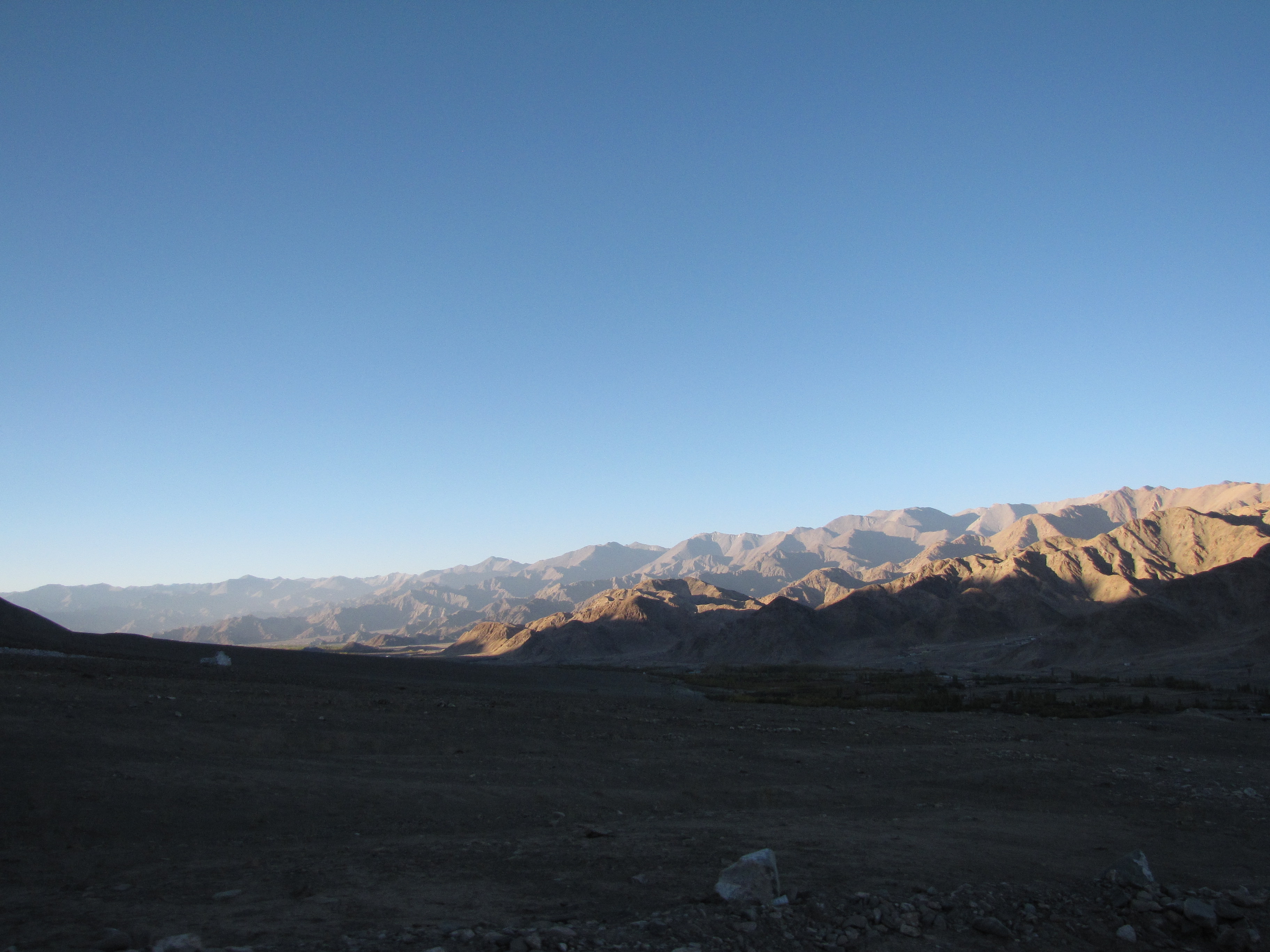
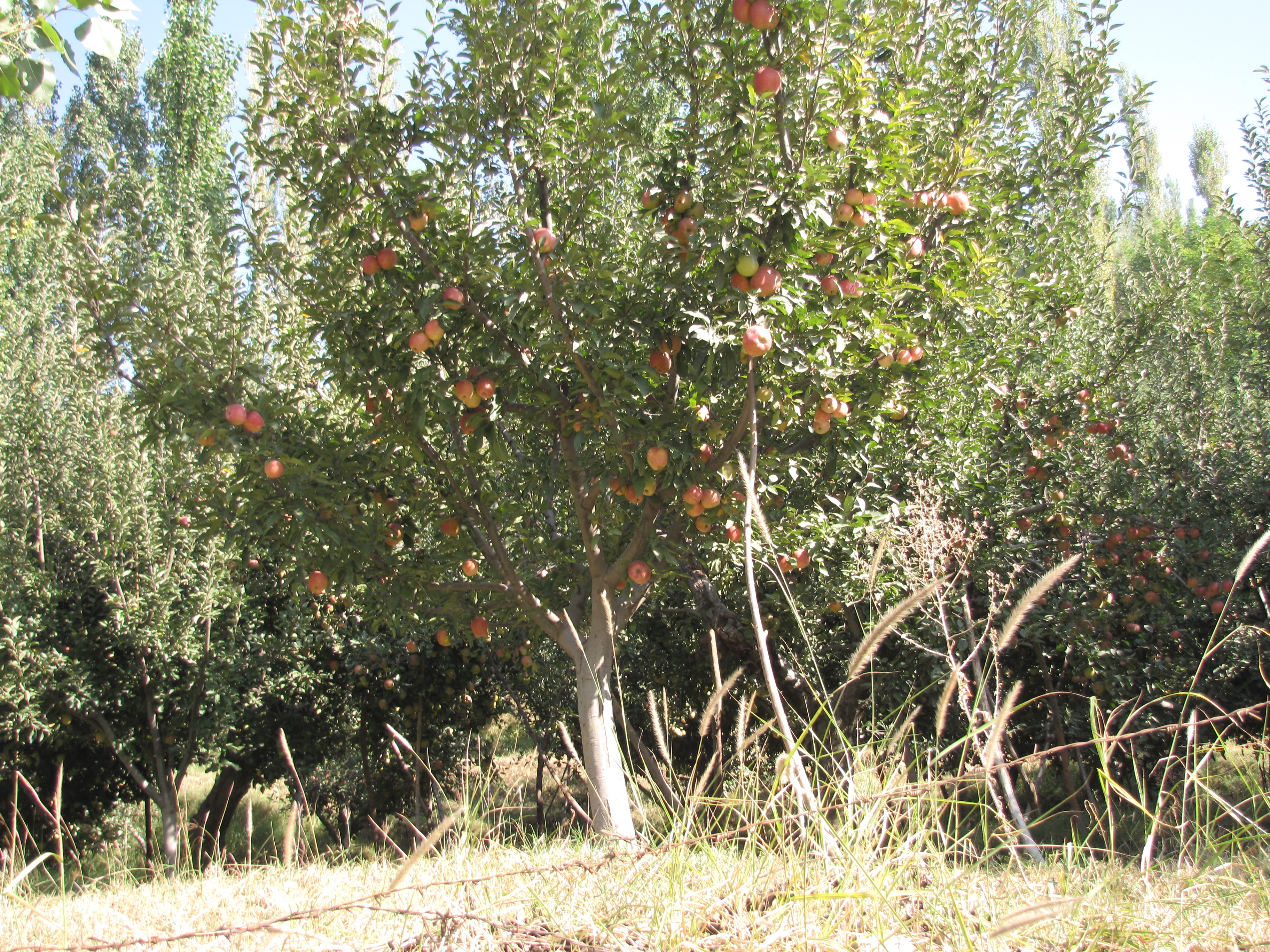
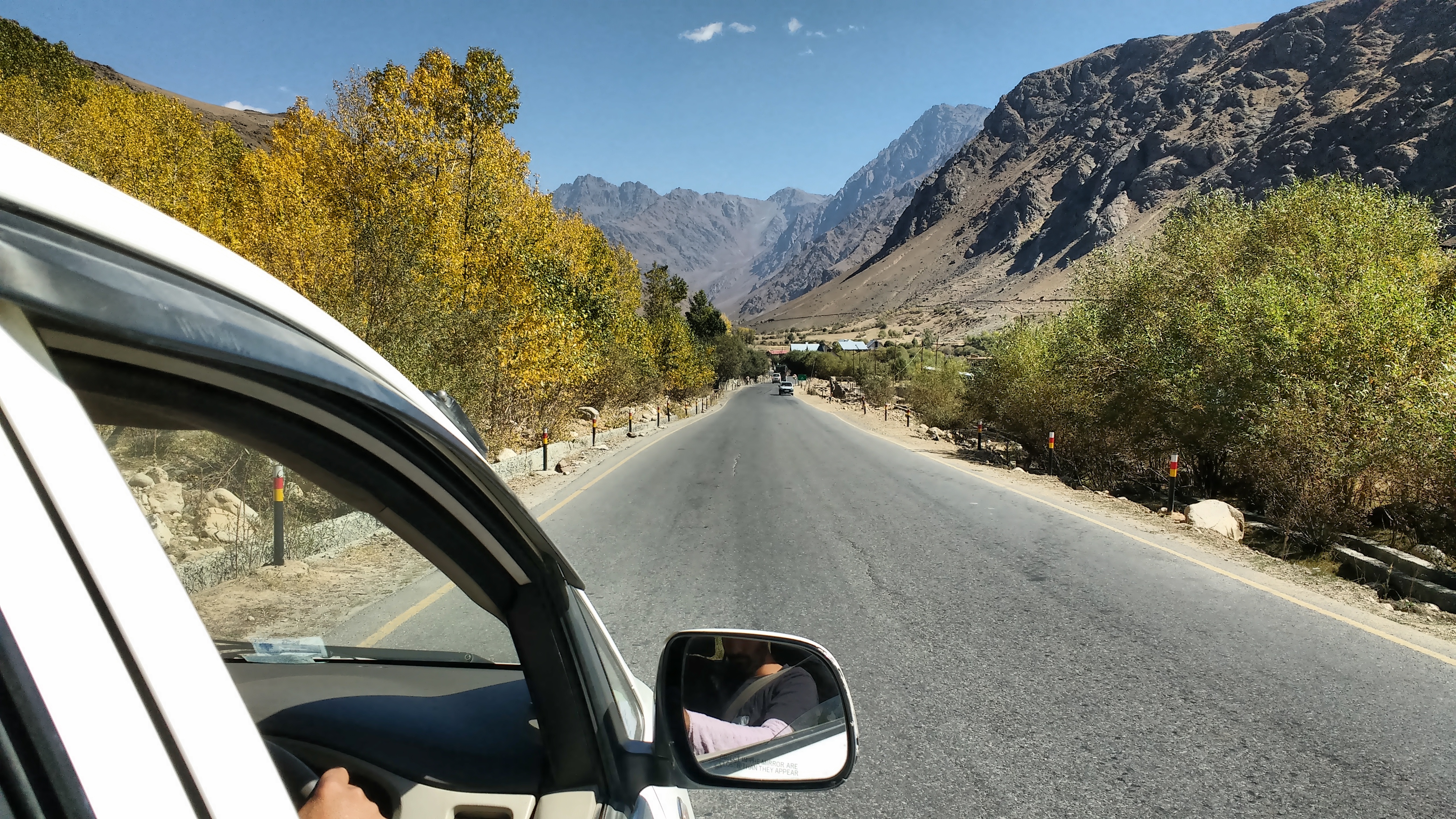



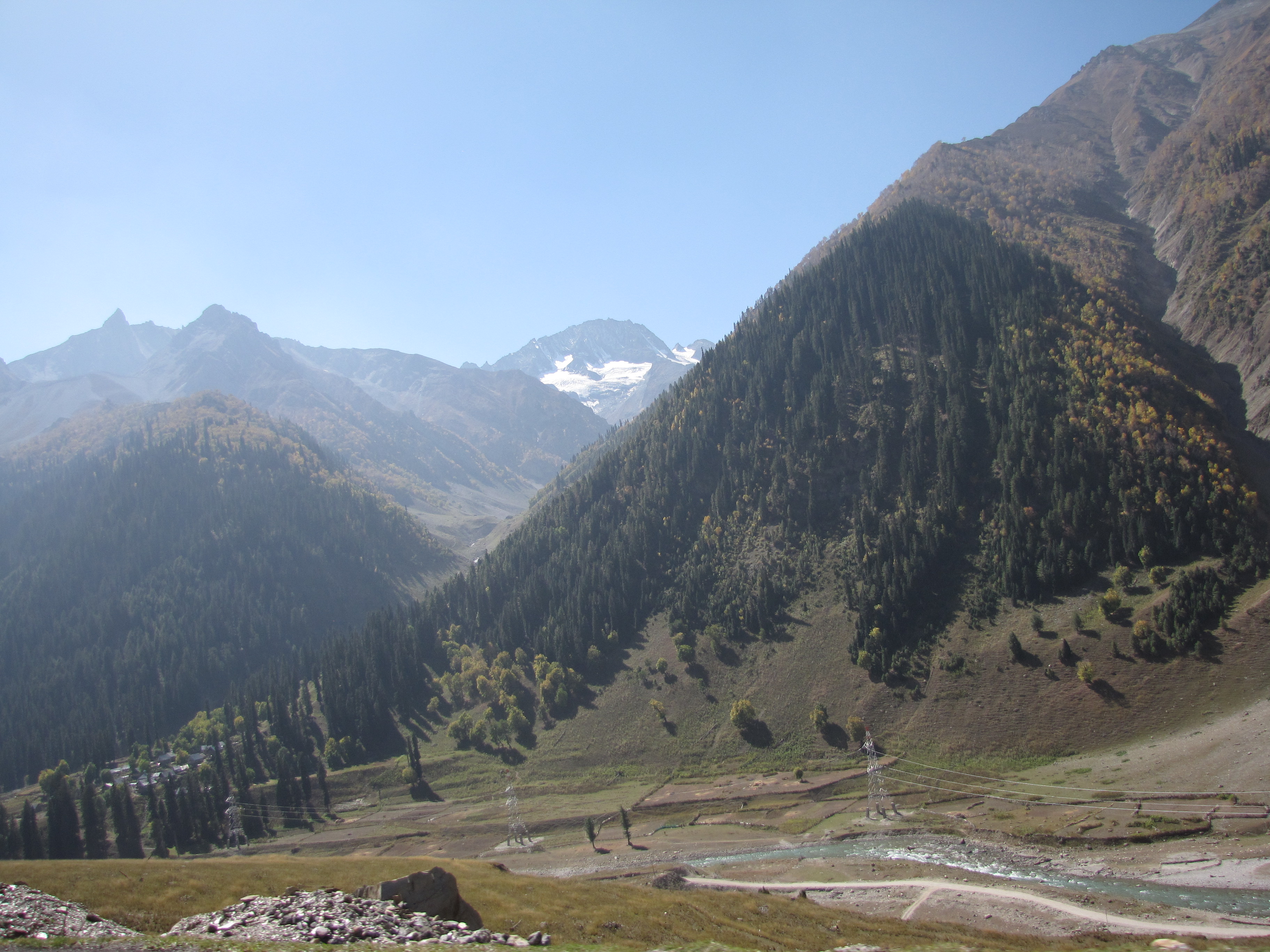
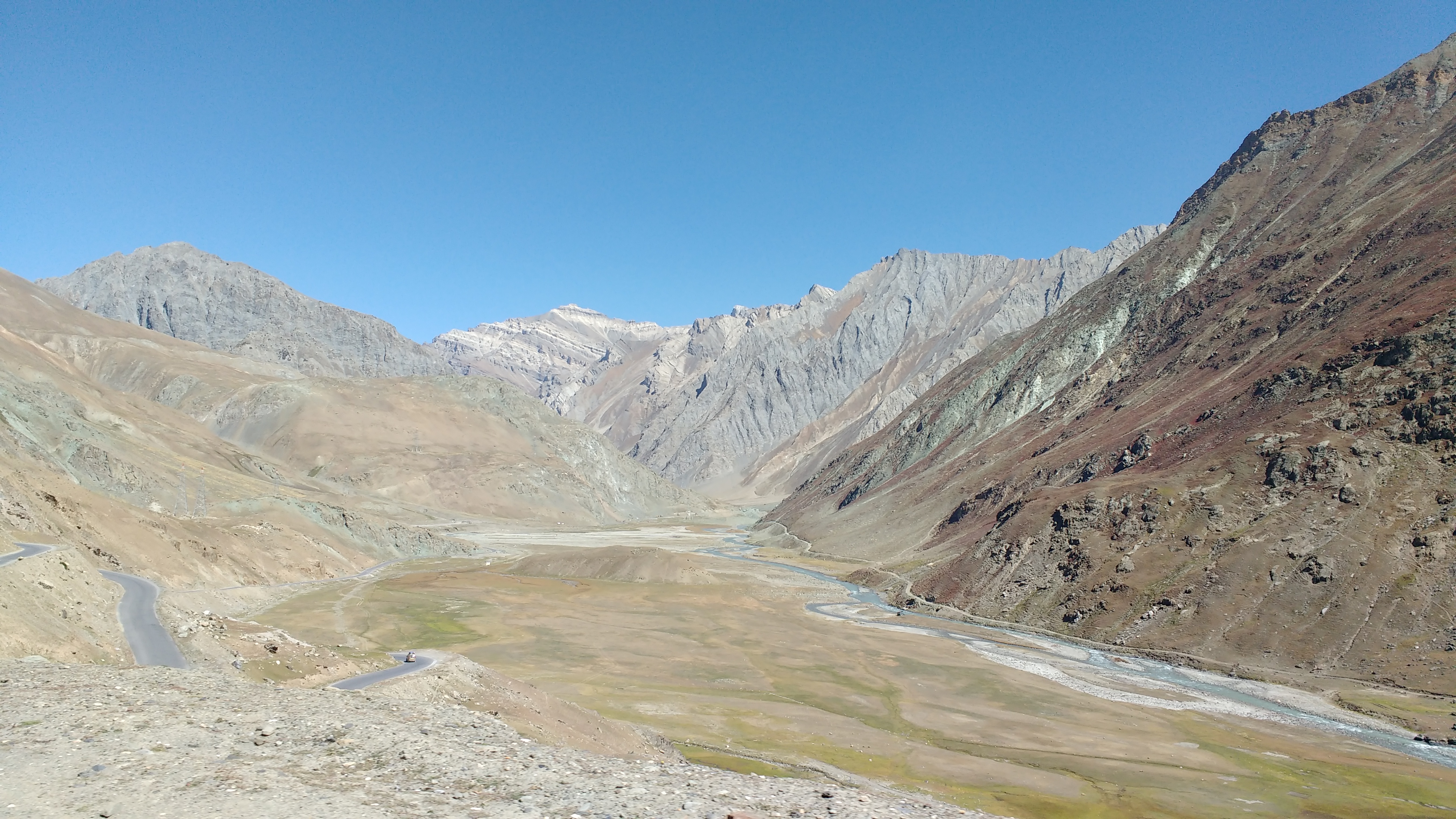
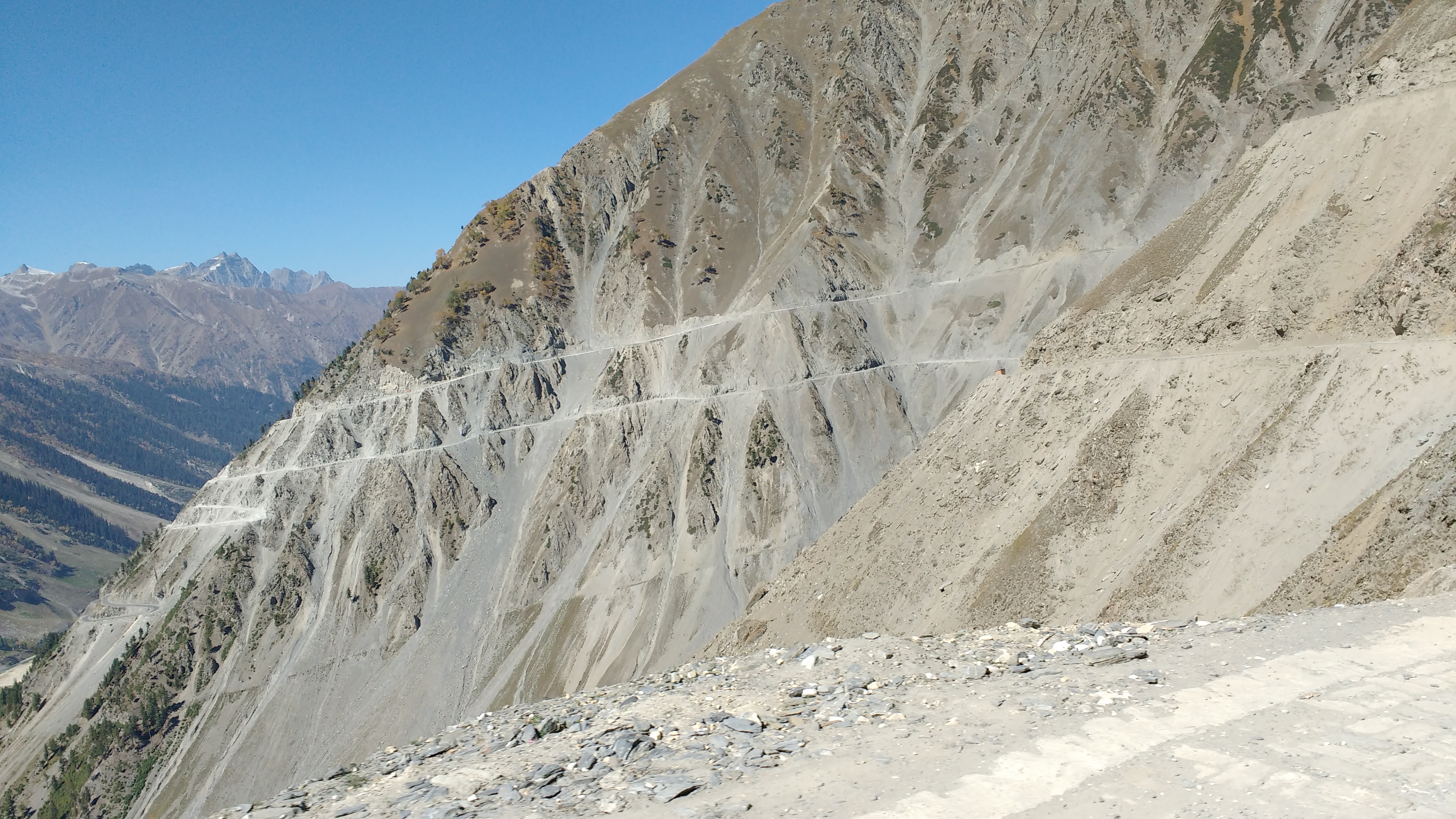

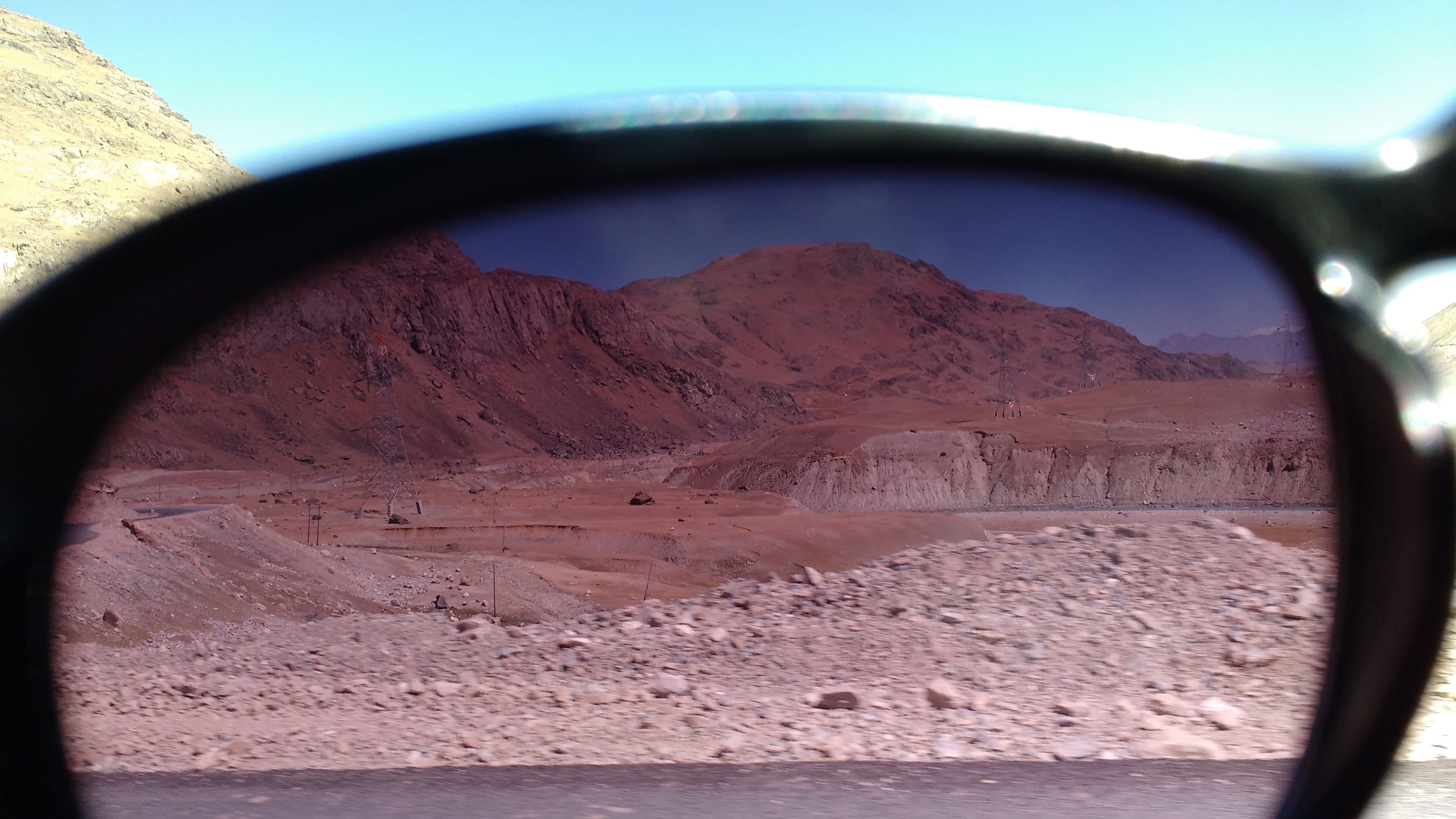



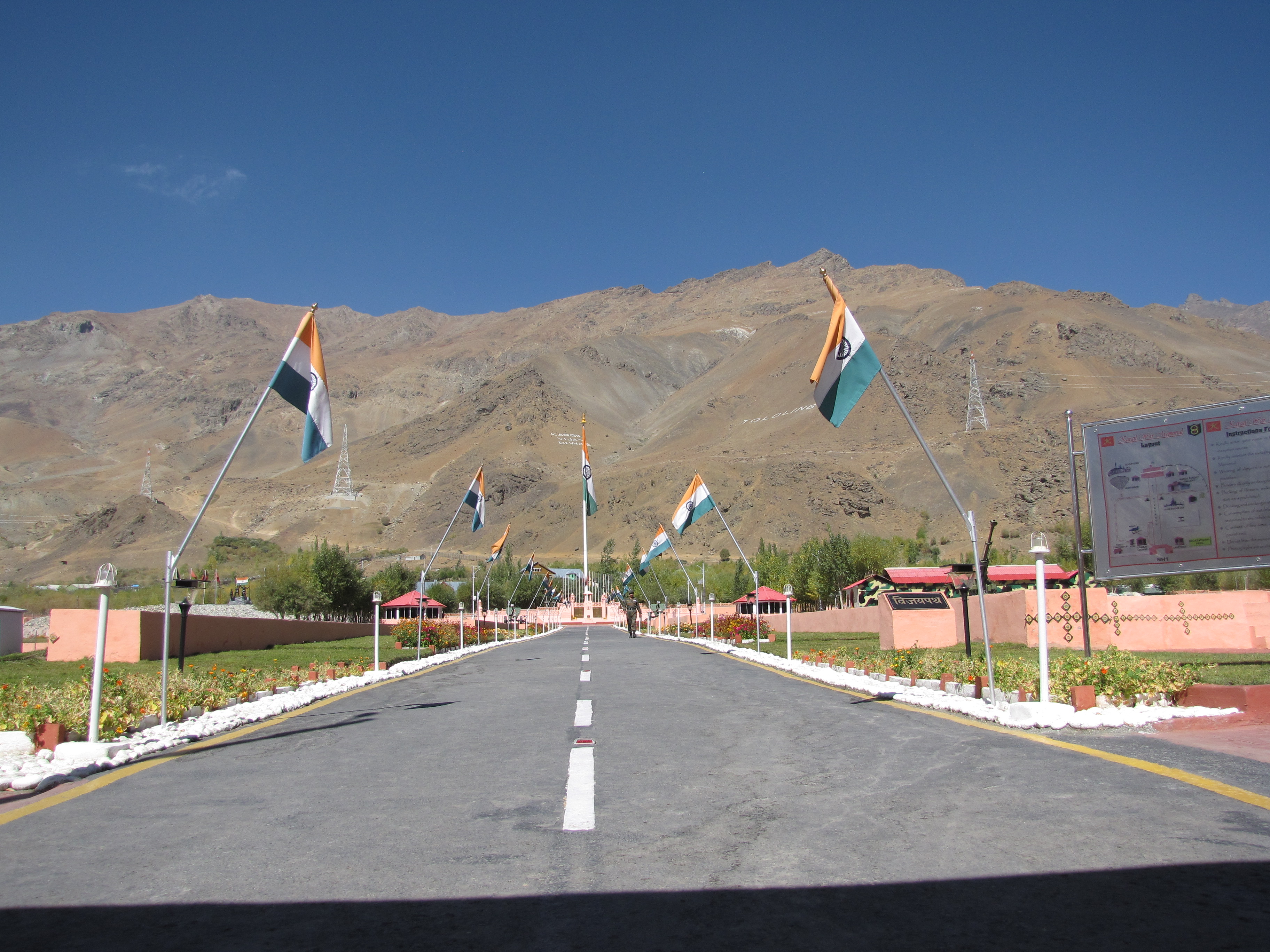
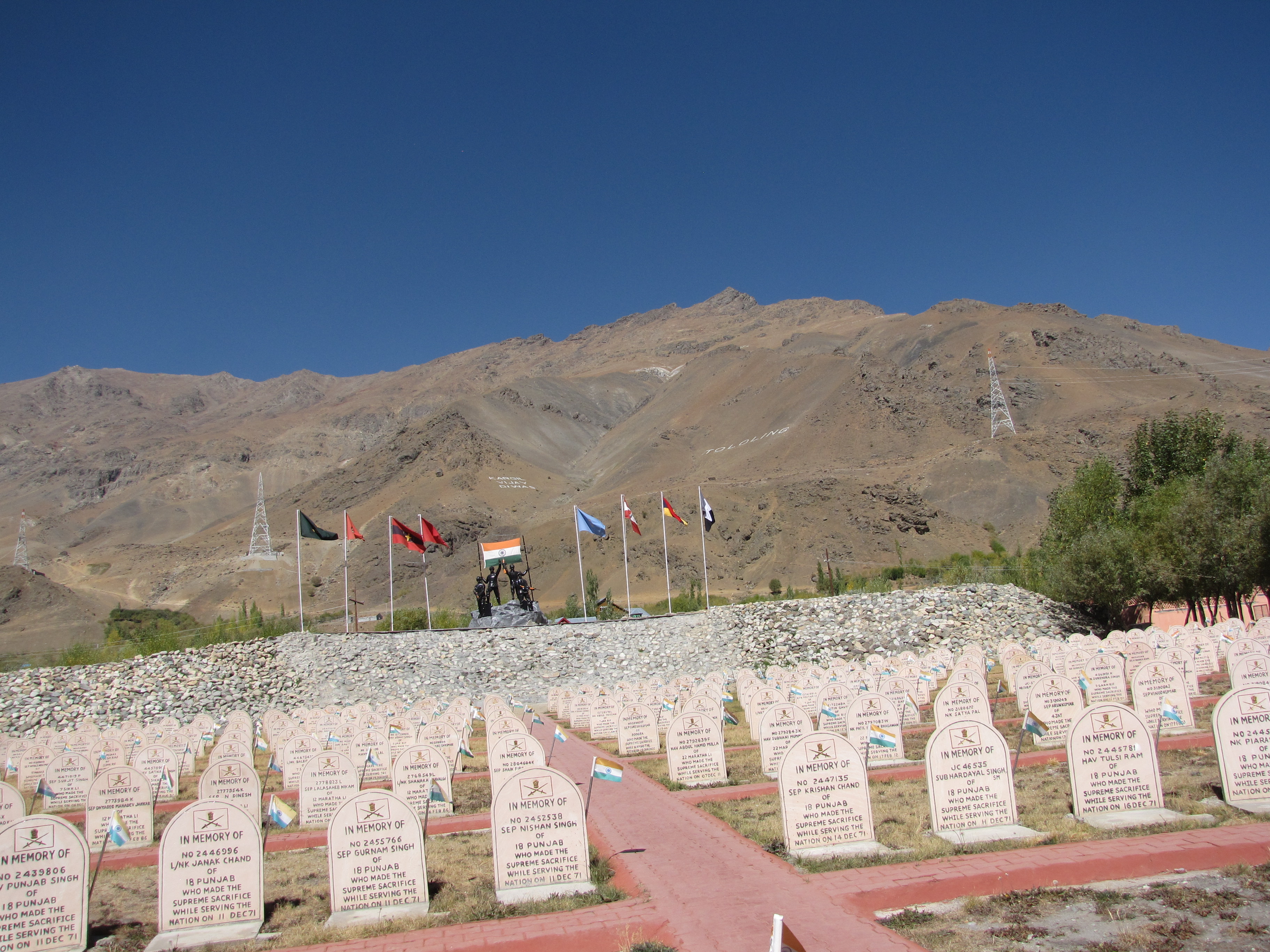

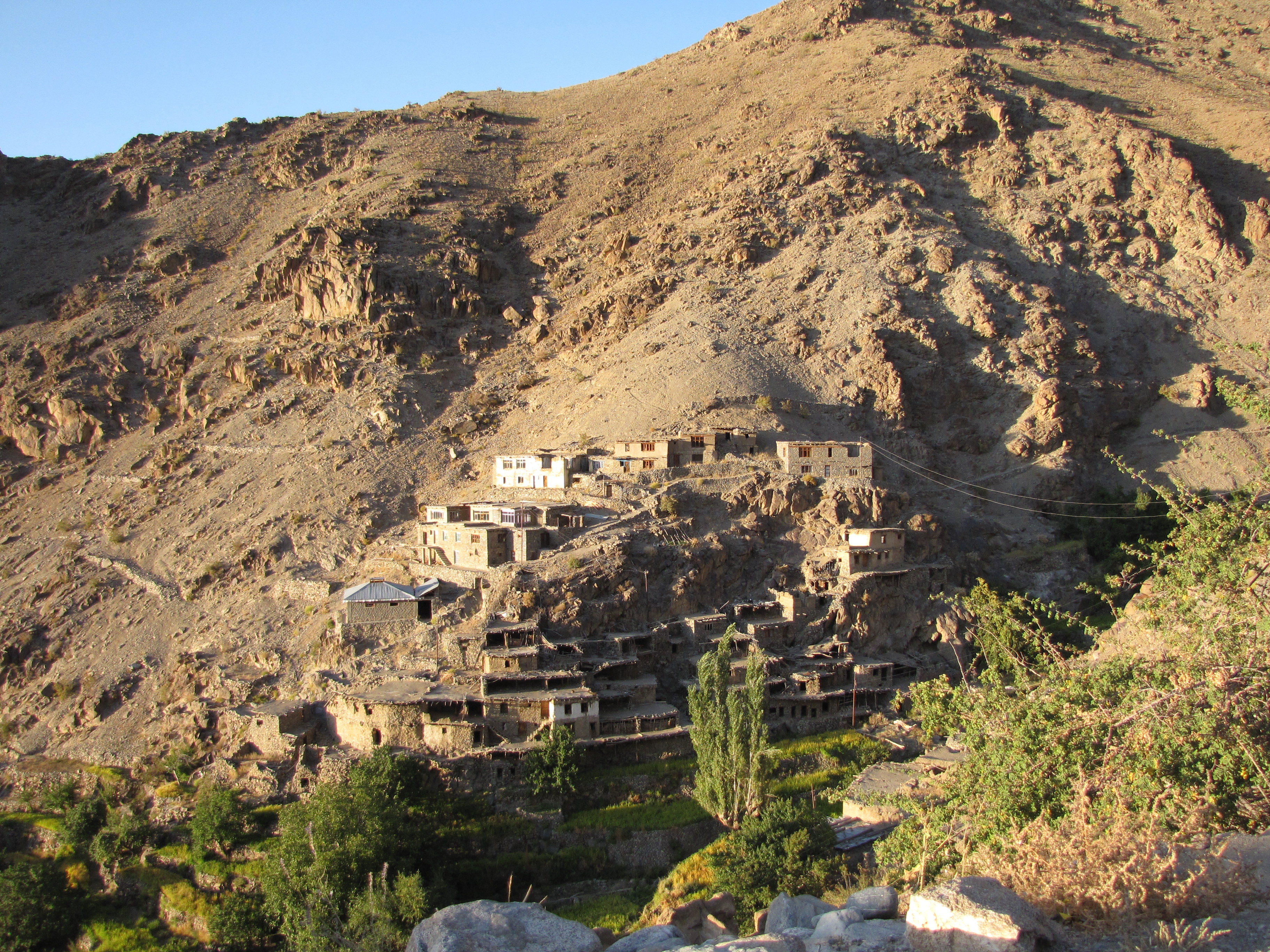
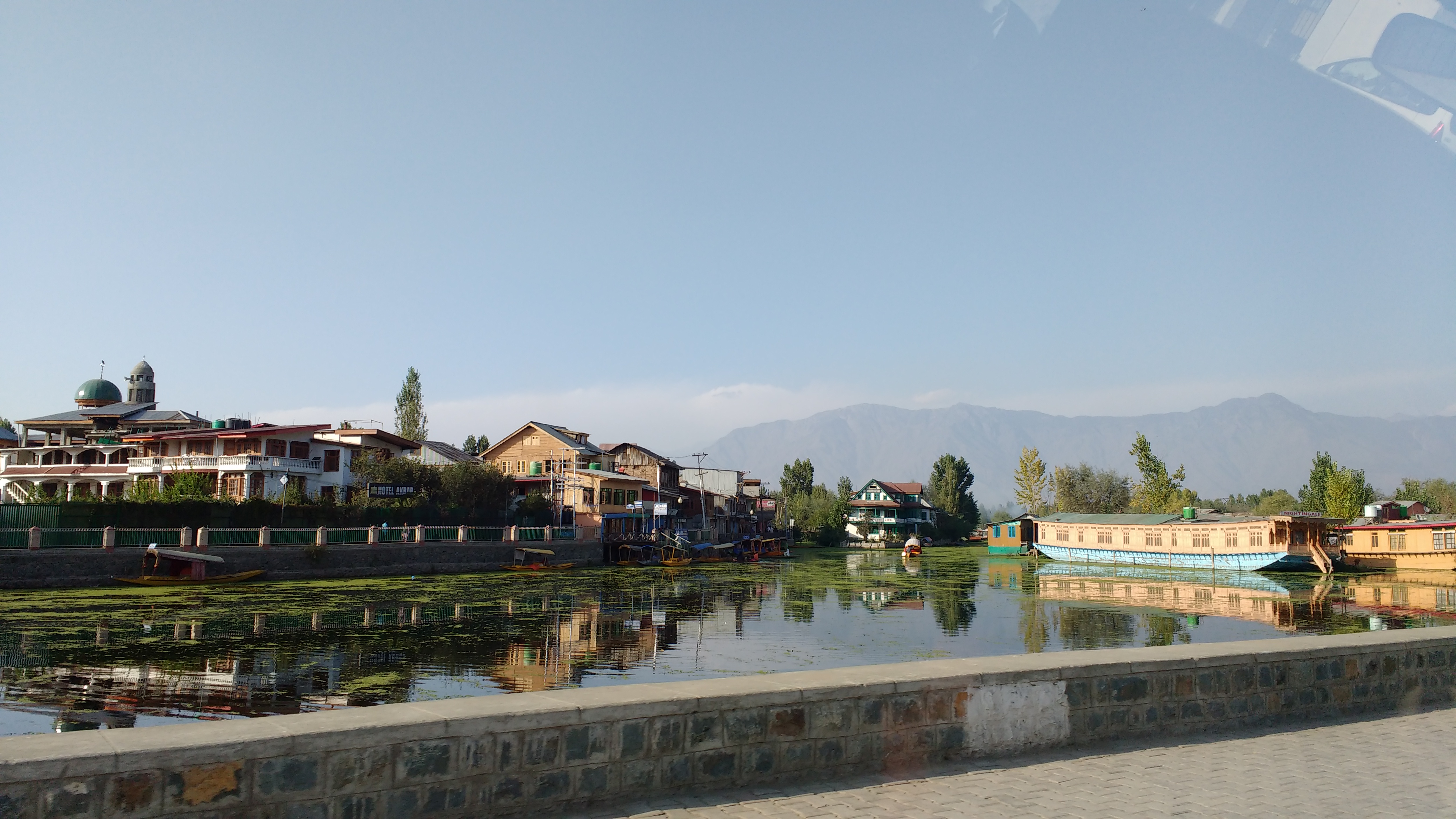
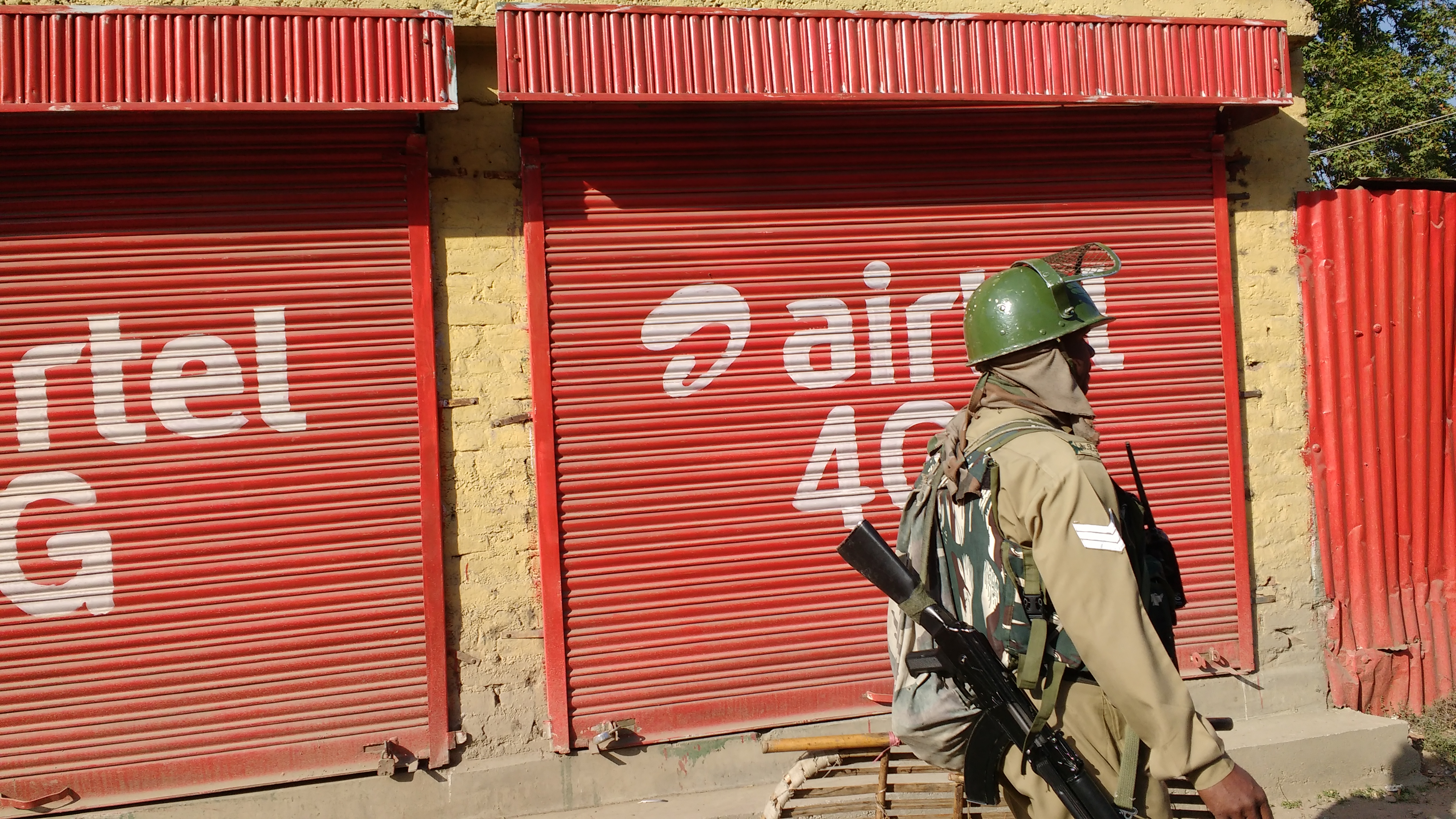

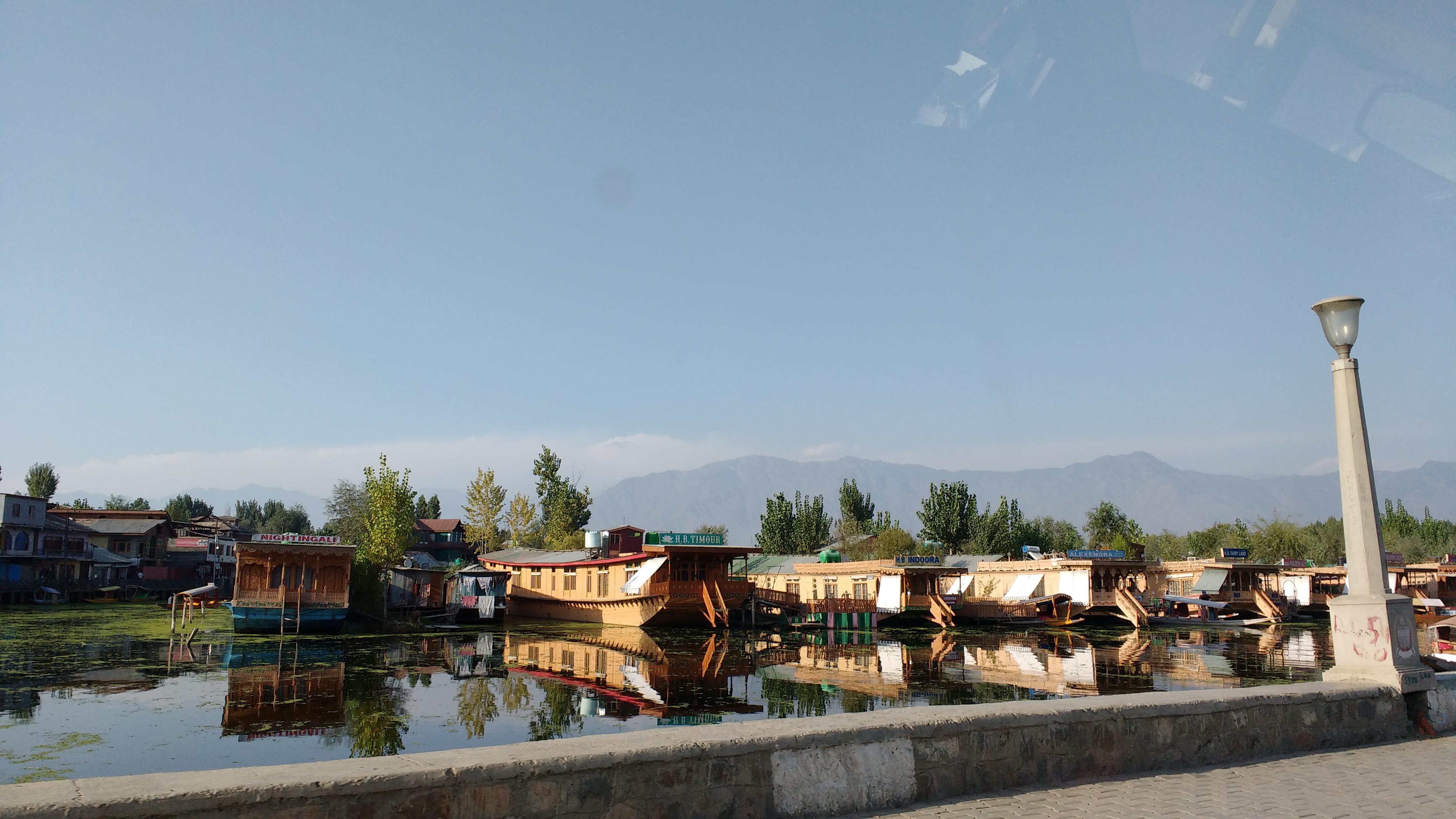





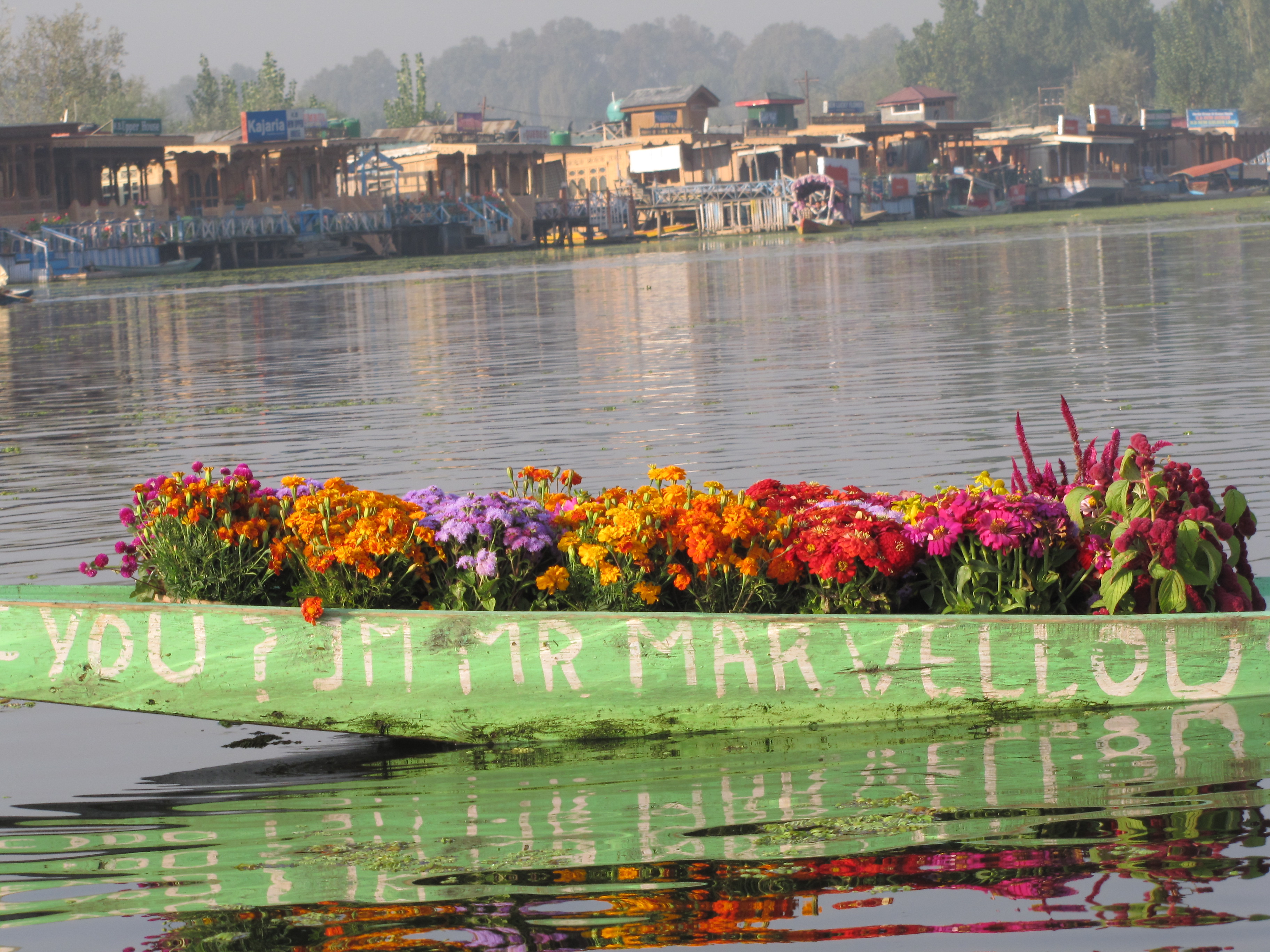

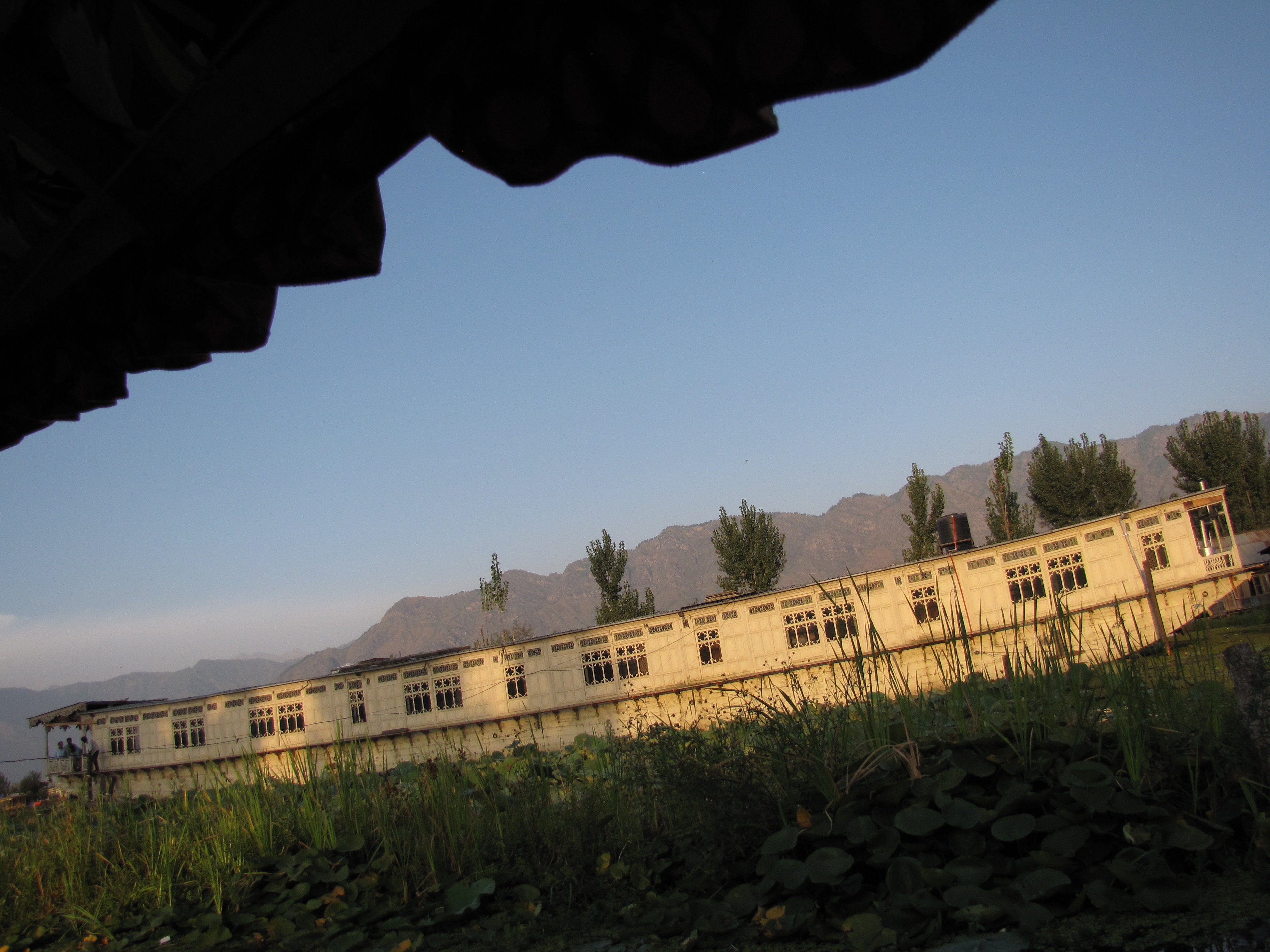
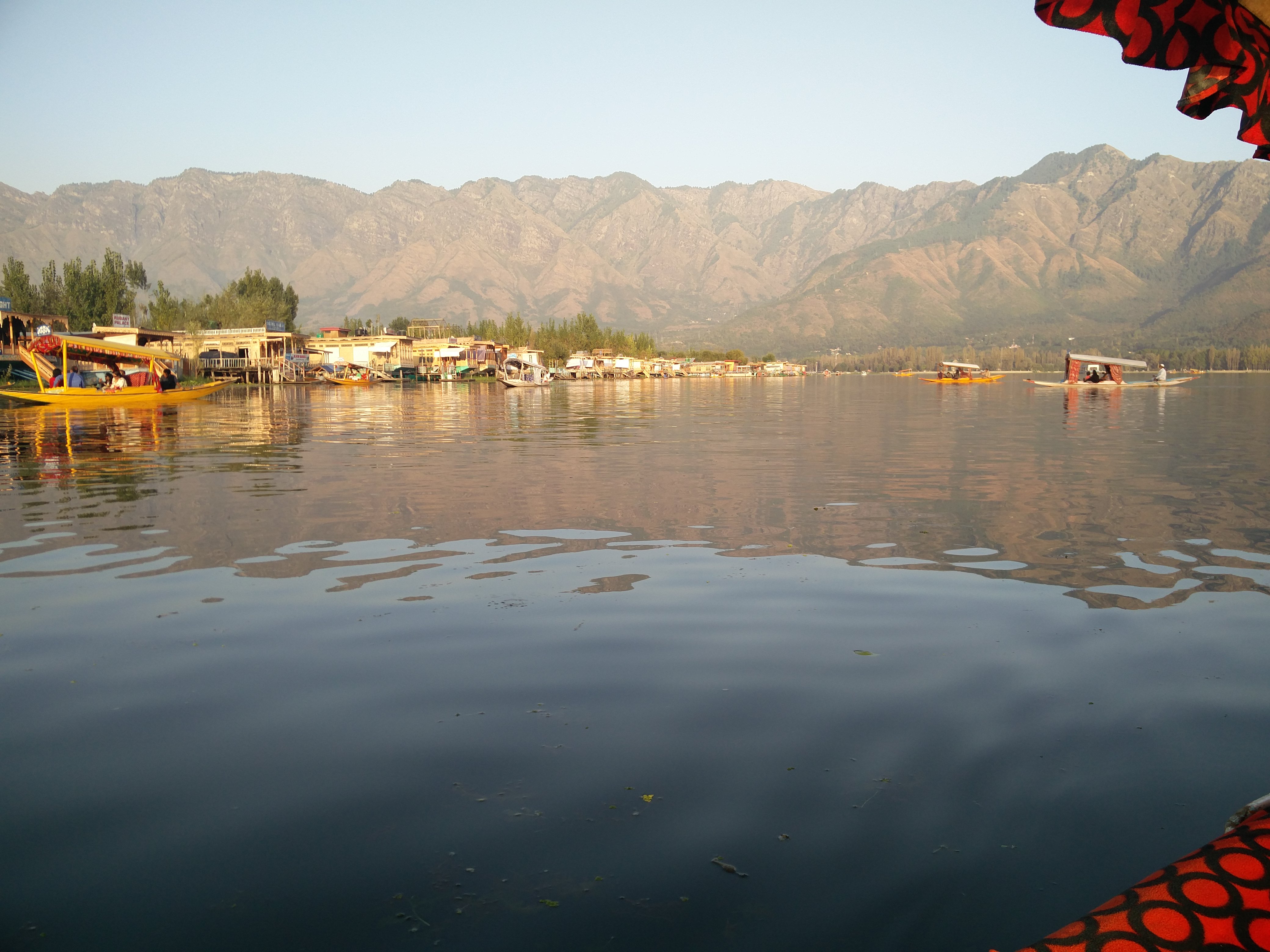
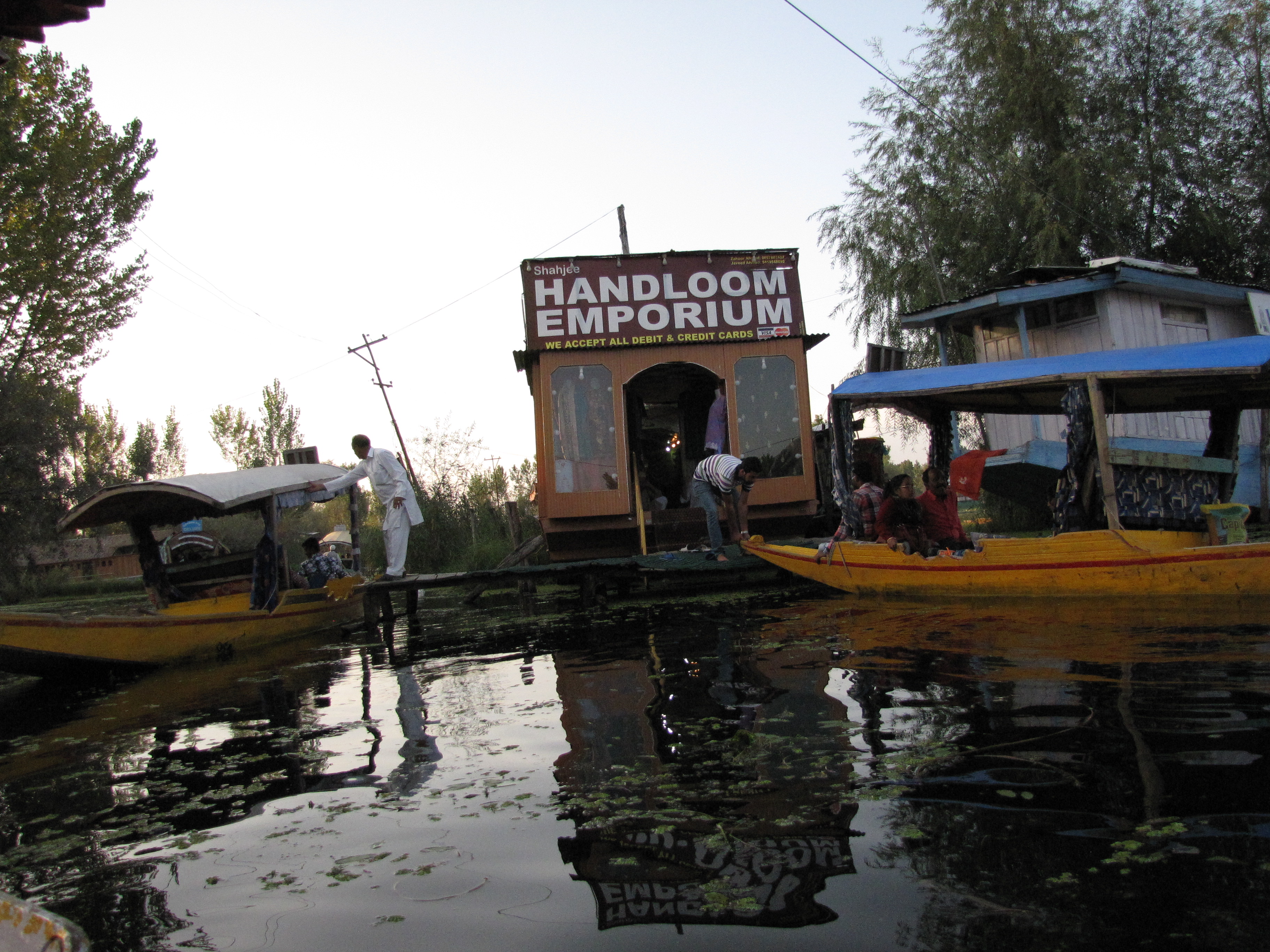
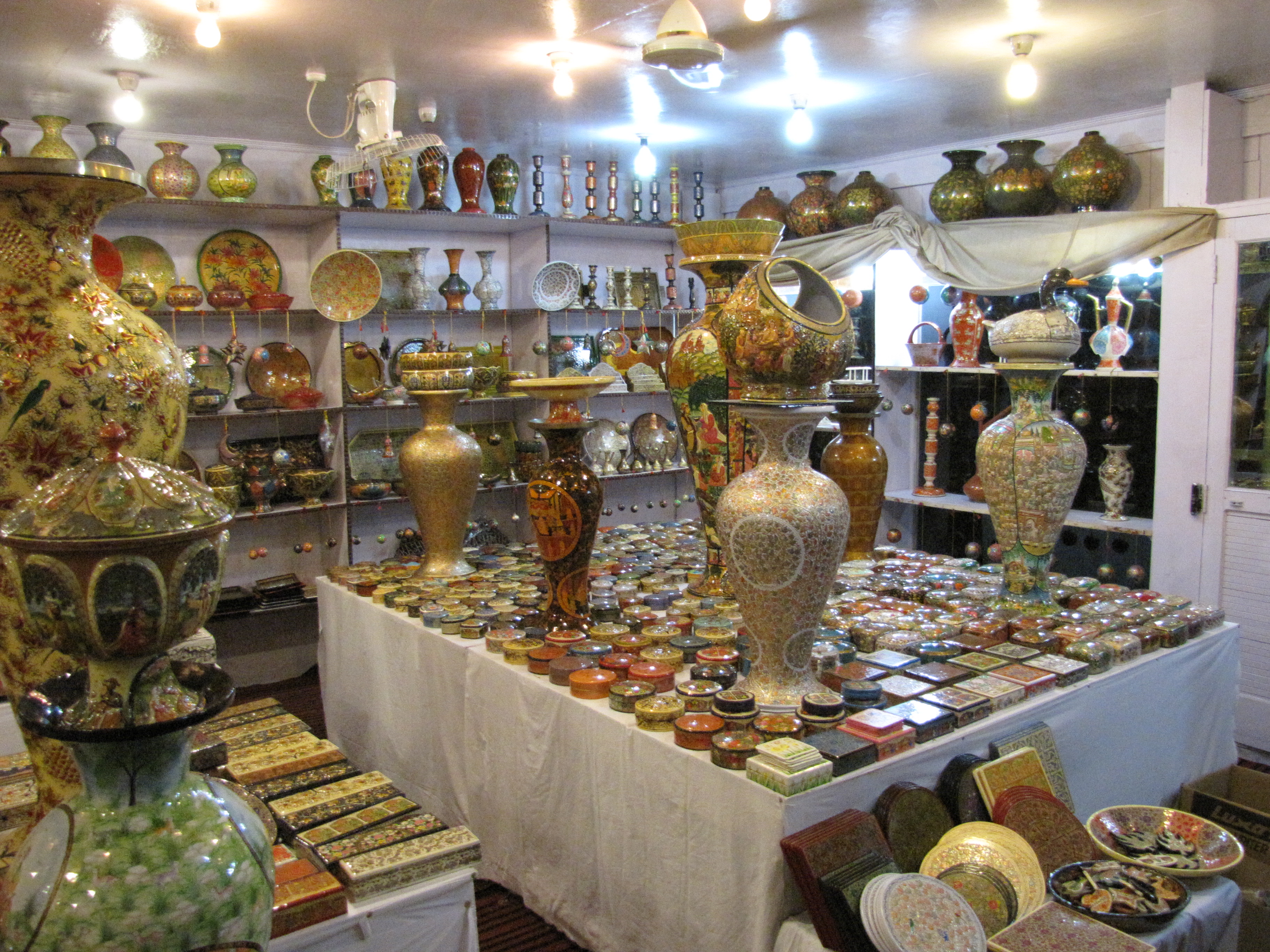
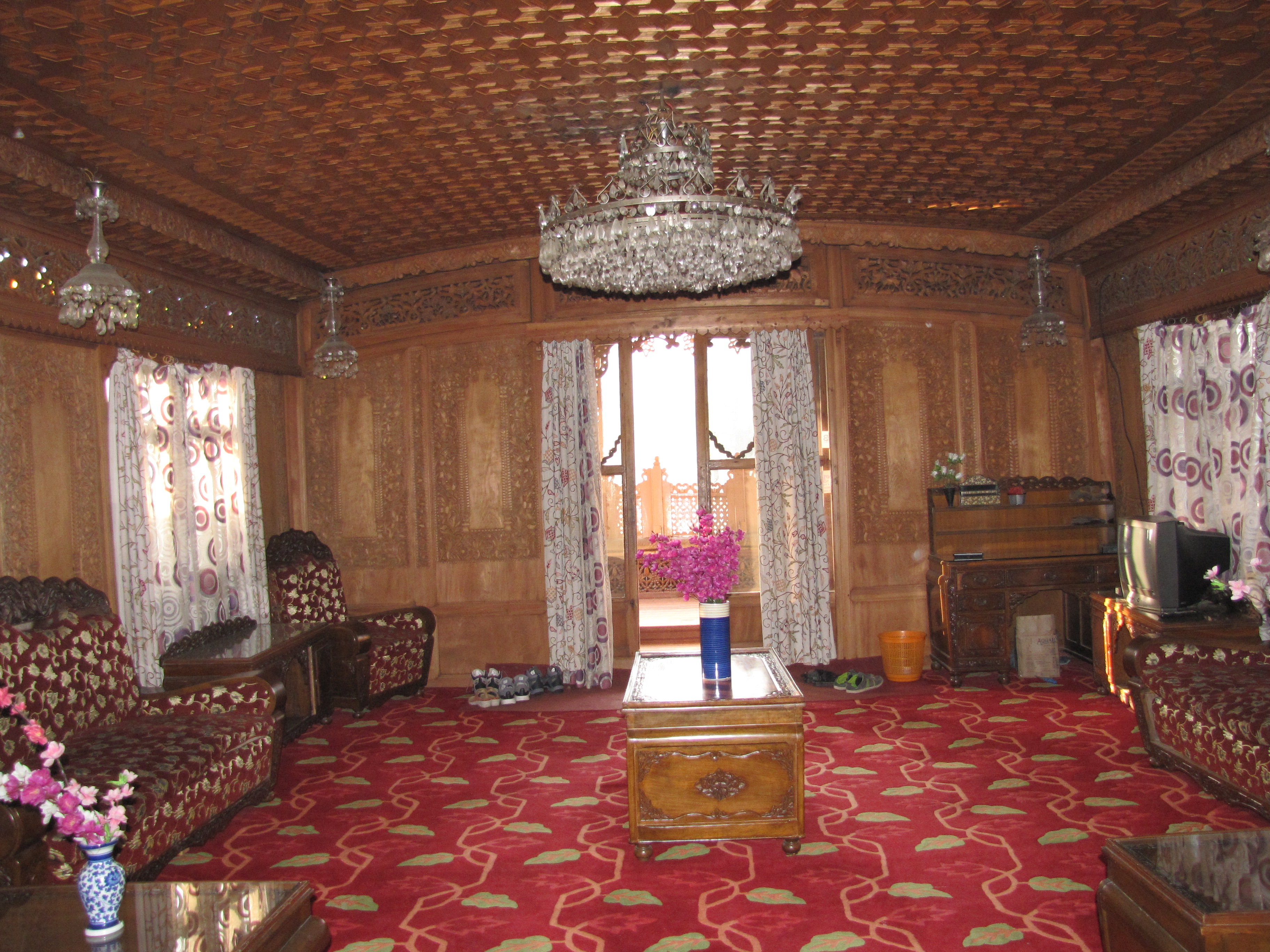



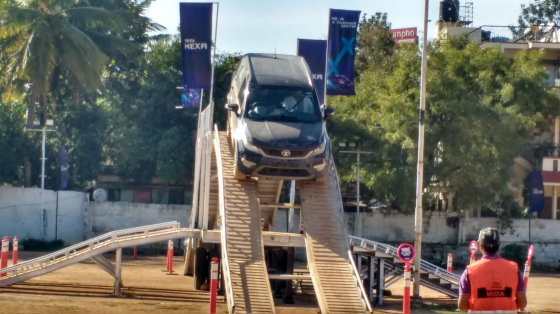


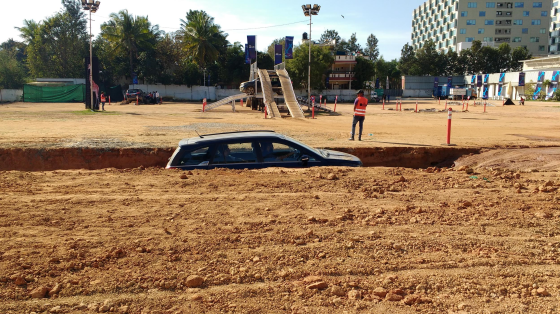




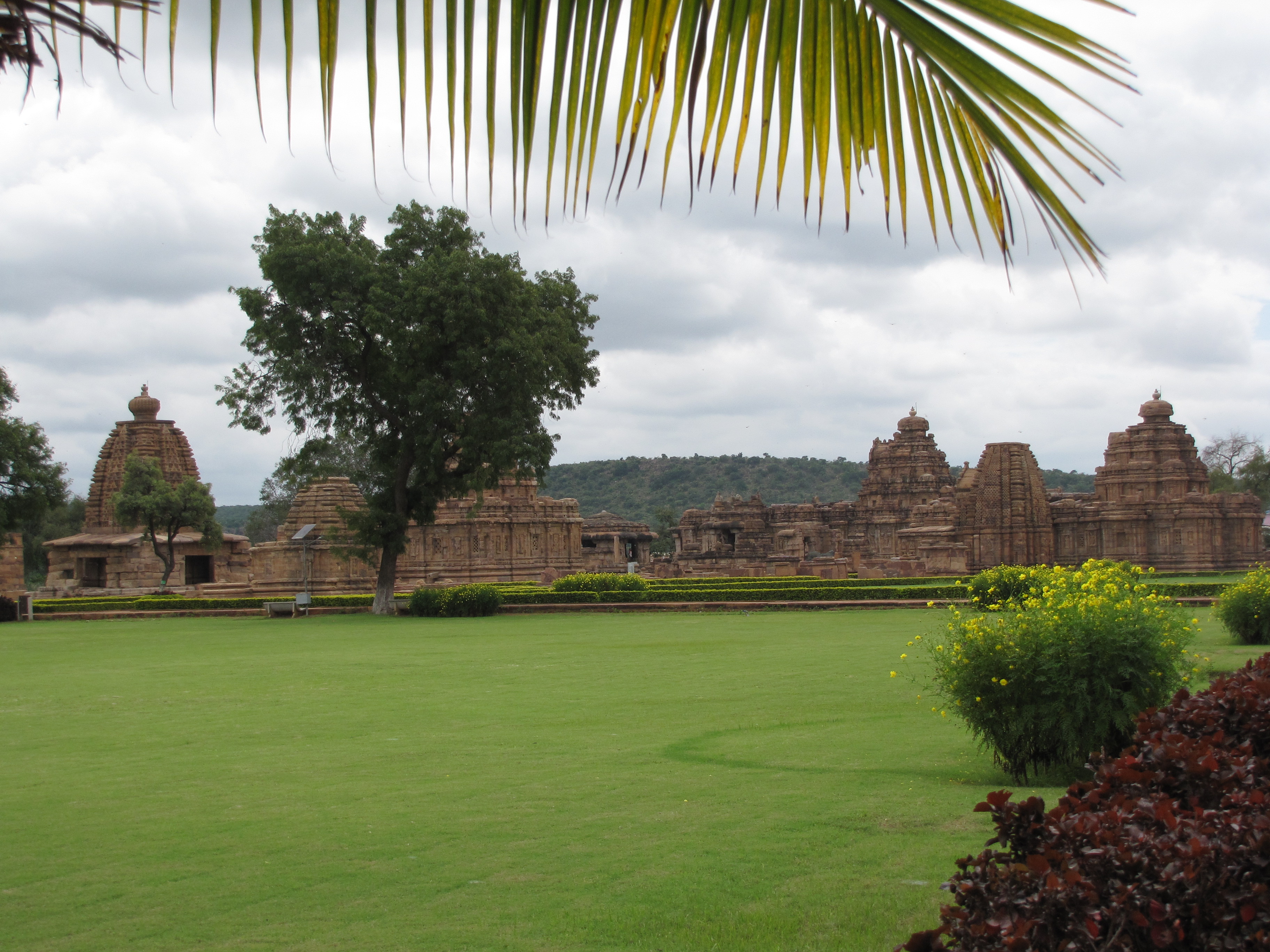
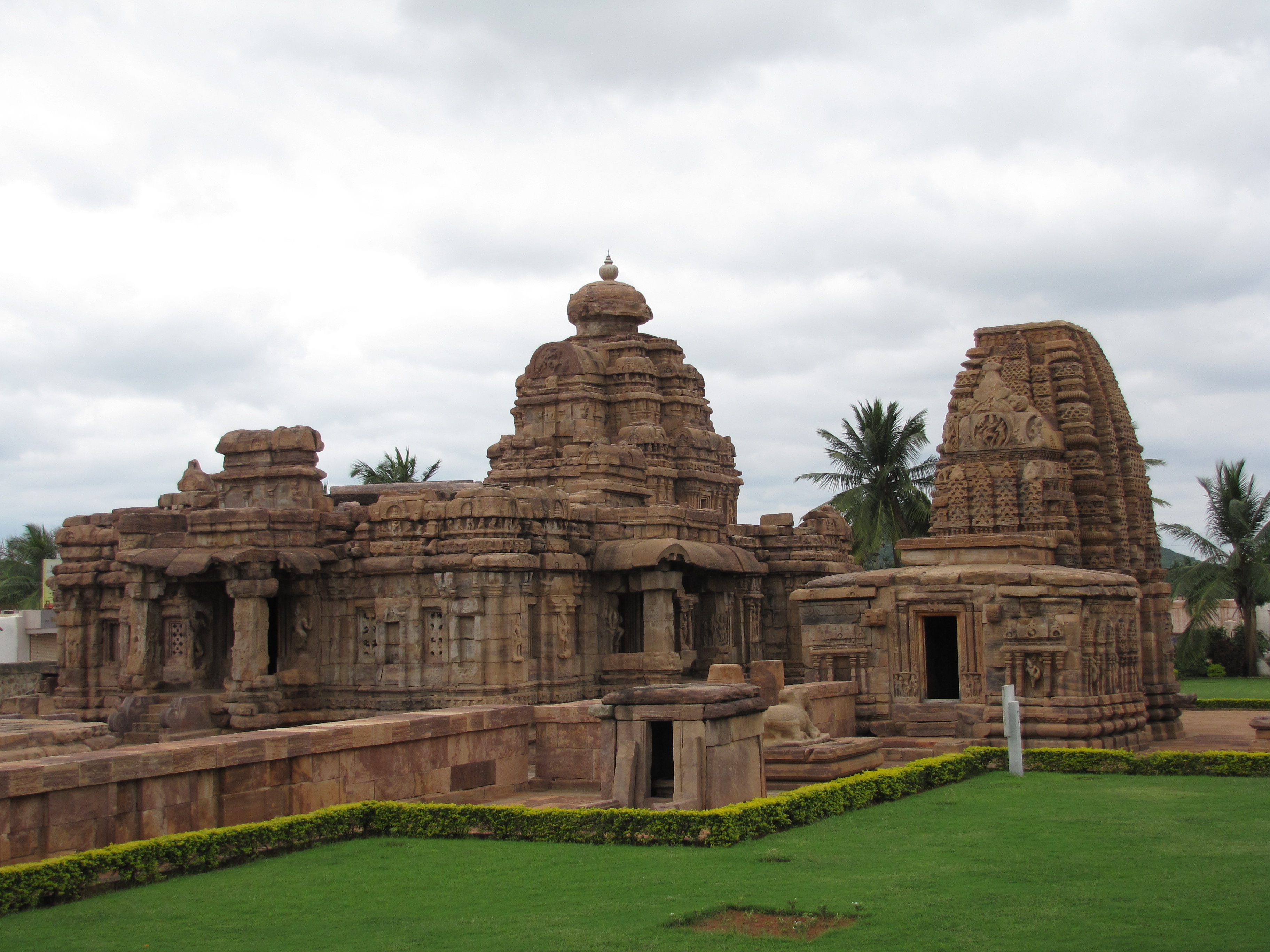




 Bleating flocks of sheep, open scape of fields as far as your eyes could see welcomed us on the dusty lanes with Jowar and onions harvests spread out by the roadsides to dry in the scorching sun.
Bleating flocks of sheep, open scape of fields as far as your eyes could see welcomed us on the dusty lanes with Jowar and onions harvests spread out by the roadsides to dry in the scorching sun.

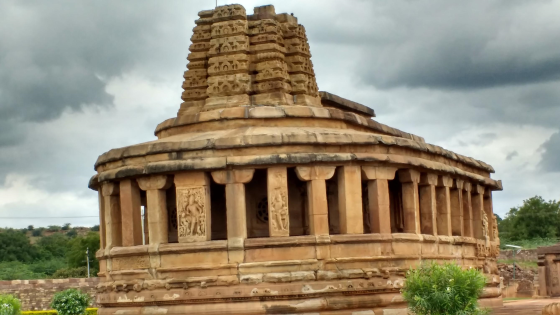

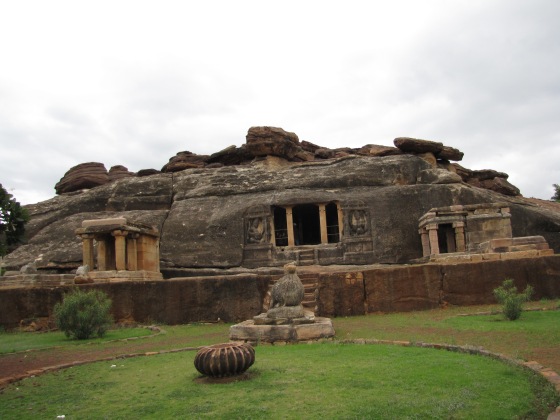


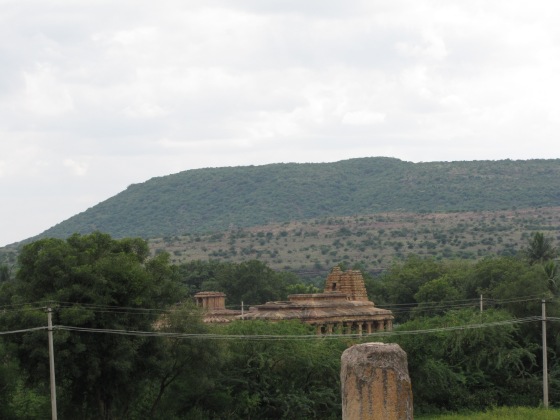


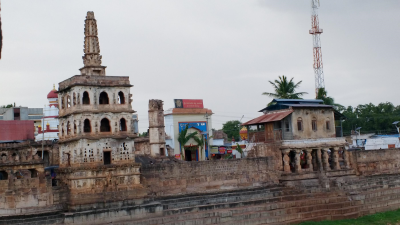
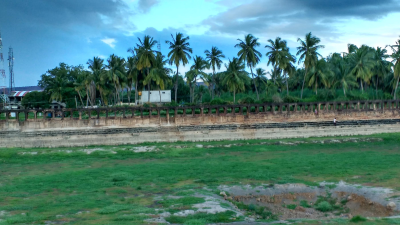
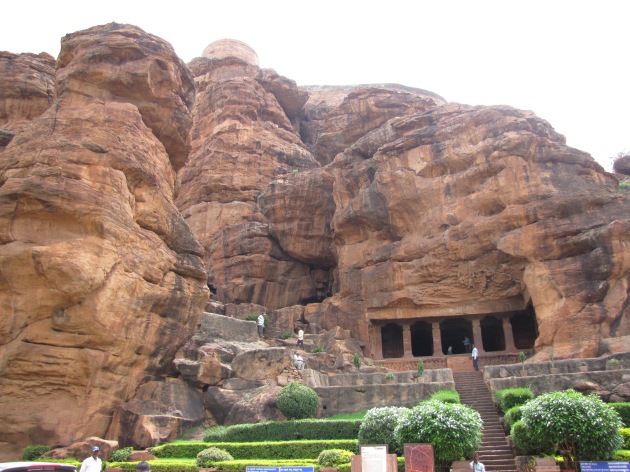
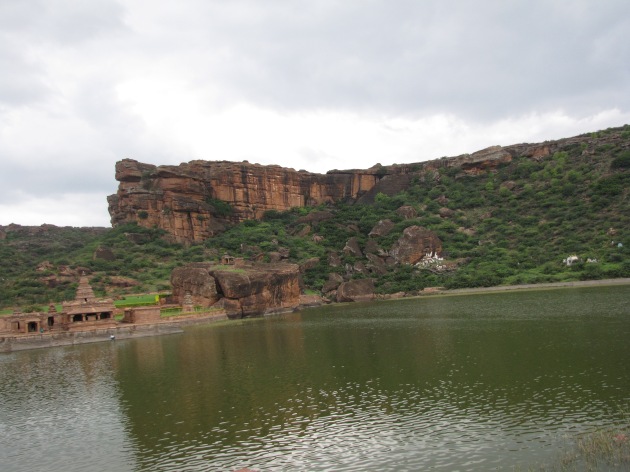
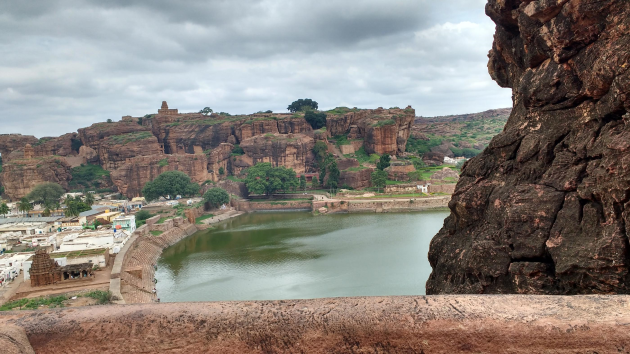 The Cave temples located beside the Agastya Theertha is the main attraction, the sandstone structure with 2000 steps is a steep summit of gigantic rocks that houses four caves(a fifth one is discovered recently).
The Cave temples located beside the Agastya Theertha is the main attraction, the sandstone structure with 2000 steps is a steep summit of gigantic rocks that houses four caves(a fifth one is discovered recently).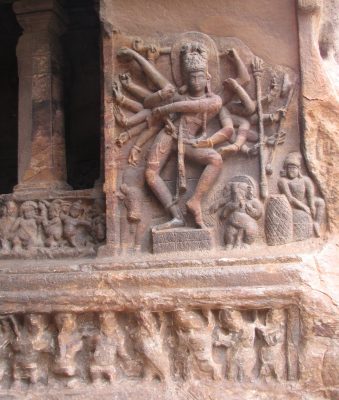 The 1st cave depicts Shaivism with Shiva as Nataraja in his dancing form with 18 hands.
The 1st cave depicts Shaivism with Shiva as Nataraja in his dancing form with 18 hands.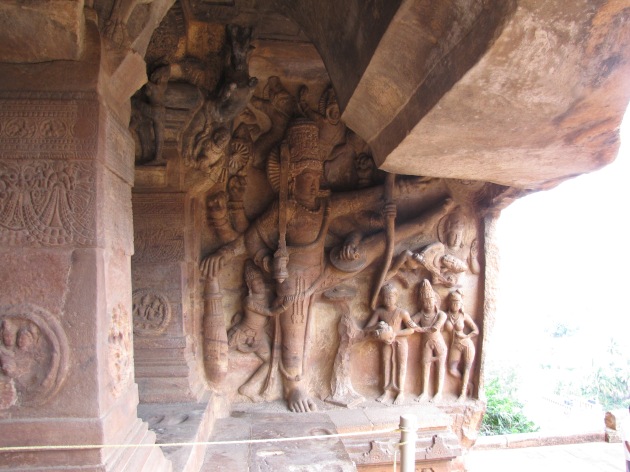

 The second cave is dedicated to Lord Vishnu with panels of Vamana-Trivikrama and Bhoovaraha. The ceilings have Swastika symbols carved and MatsyaChakra(fish wheel), Puranic episodes of SamudraManthana and Krishna’s tales can be seen.
The second cave is dedicated to Lord Vishnu with panels of Vamana-Trivikrama and Bhoovaraha. The ceilings have Swastika symbols carved and MatsyaChakra(fish wheel), Puranic episodes of SamudraManthana and Krishna’s tales can be seen.
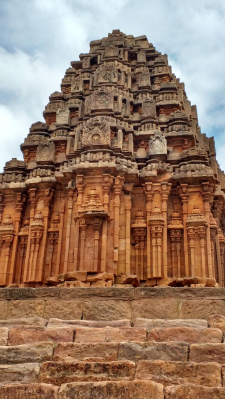
 After descending from the caves we headed to the Badami Museum which is just some 200meters away. A narrow and dirty path ridden with pigs, open gutters and small dingy houses in all its filth surrounds this UNESCO World Heritage Site in the immediate vicinity. A mosque is also built in the same sandstone material right next to the caves, like in most of all our heritage sites/temples. This one was perhaps from the Adil Shahi’s times. But the overall filth surrounding the monumental wonder is acrimonious apathy of successive governments. However the locals told me that the Modi government has already undertaken to make things better.
After descending from the caves we headed to the Badami Museum which is just some 200meters away. A narrow and dirty path ridden with pigs, open gutters and small dingy houses in all its filth surrounds this UNESCO World Heritage Site in the immediate vicinity. A mosque is also built in the same sandstone material right next to the caves, like in most of all our heritage sites/temples. This one was perhaps from the Adil Shahi’s times. But the overall filth surrounding the monumental wonder is acrimonious apathy of successive governments. However the locals told me that the Modi government has already undertaken to make things better. As of now whether it is in Hampi, Badami or AIhole there are no strict safety or security measures for the upkeep. If you go to the Taj Mahal or the Red Fort or Humayun Tomb in the north one can see the kind of elaborate security measures, CCTV screening and numerous guards at every point but the Hampi, Badami, Aihole are sites where the whole town is a monumental wonder with numerous breath taking structures, all of them without much security deployed and with unapologetic tourists with no regard for the grandeur of the heritage site as they call it ruins.
As of now whether it is in Hampi, Badami or AIhole there are no strict safety or security measures for the upkeep. If you go to the Taj Mahal or the Red Fort or Humayun Tomb in the north one can see the kind of elaborate security measures, CCTV screening and numerous guards at every point but the Hampi, Badami, Aihole are sites where the whole town is a monumental wonder with numerous breath taking structures, all of them without much security deployed and with unapologetic tourists with no regard for the grandeur of the heritage site as they call it ruins. anything like Rs.500 for two hours when you need a whole day to cover just 8-10 places. Hampi has some 550 places where some 54 are UNESCO recognized heritage sites and Badami takes 2full days.
anything like Rs.500 for two hours when you need a whole day to cover just 8-10 places. Hampi has some 550 places where some 54 are UNESCO recognized heritage sites and Badami takes 2full days.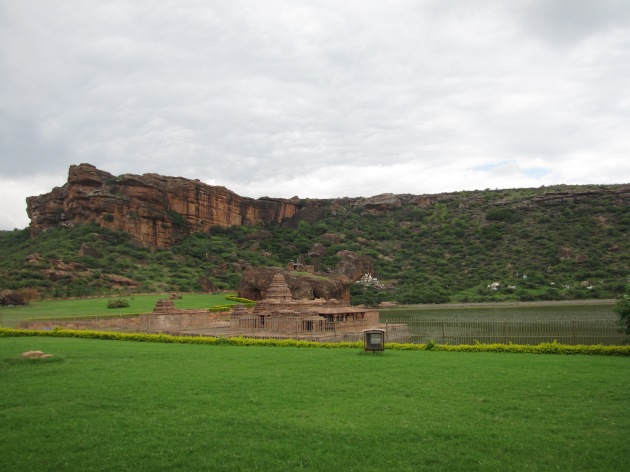 The Bhootnath temples are a group of Shiva temples located on the far end of the Agastya lake, with both Nagara style and Dravidian style architecture. One can sit here in eternal solace watching those majestic almond reflections in the gleaming waters calmly.
The Bhootnath temples are a group of Shiva temples located on the far end of the Agastya lake, with both Nagara style and Dravidian style architecture. One can sit here in eternal solace watching those majestic almond reflections in the gleaming waters calmly.